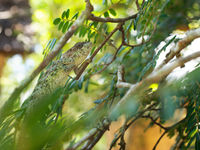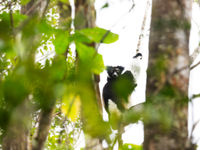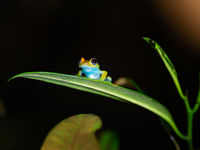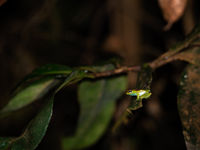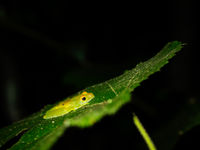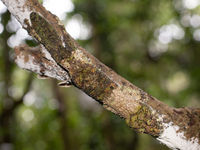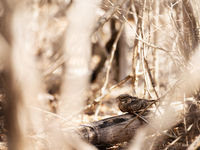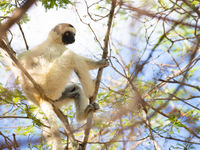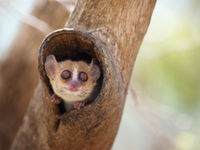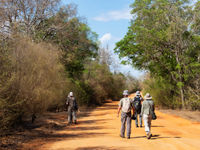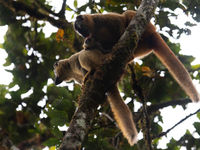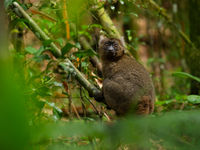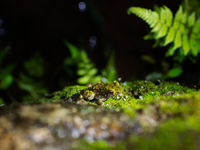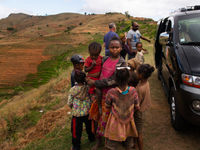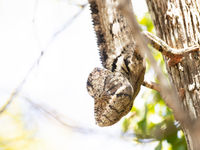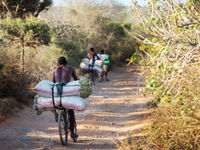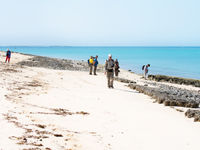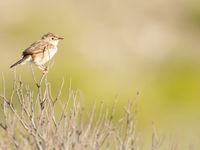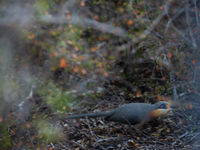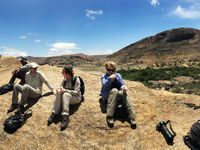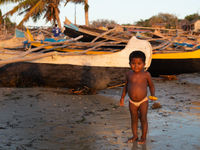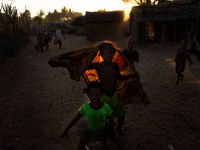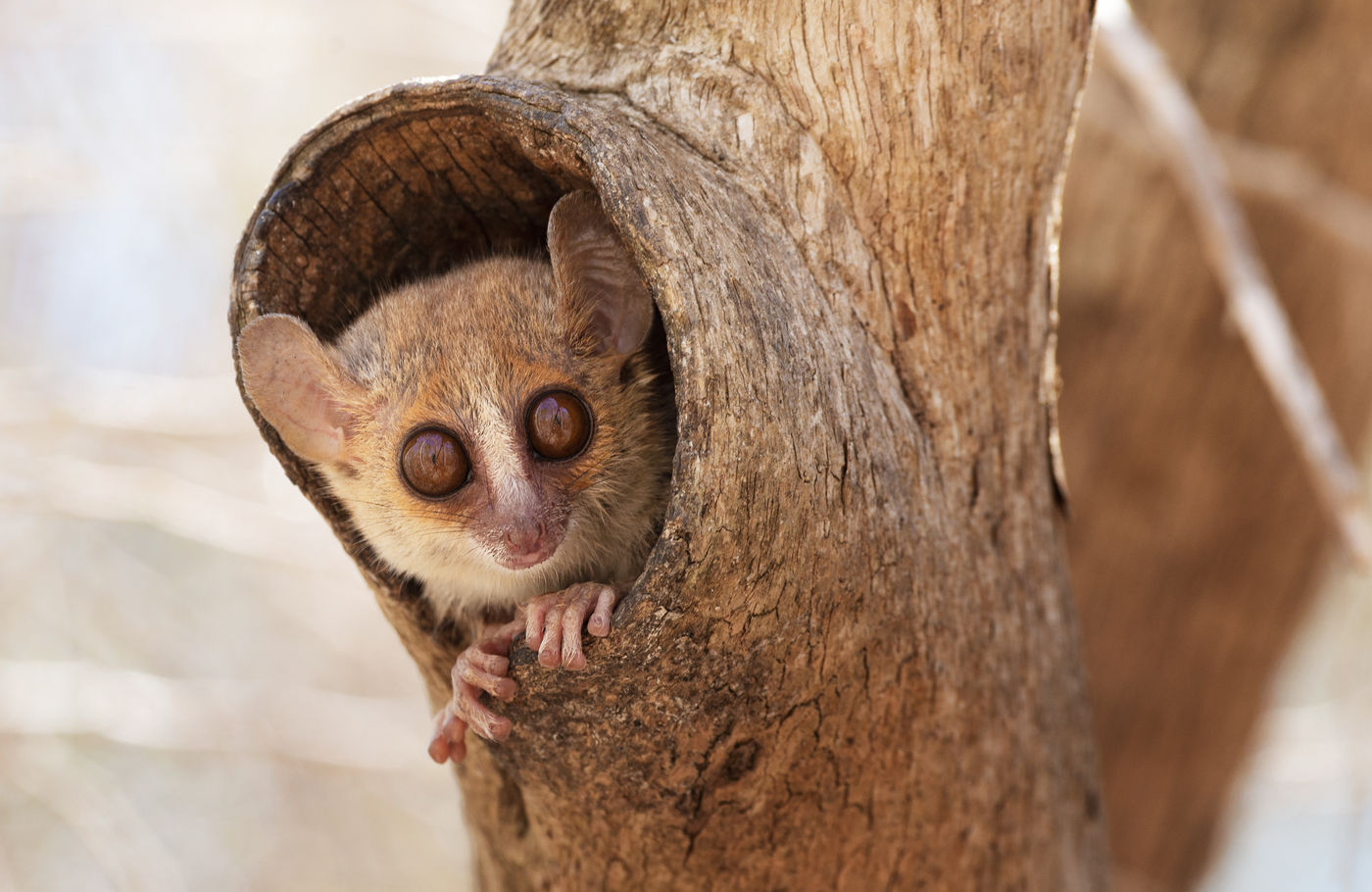
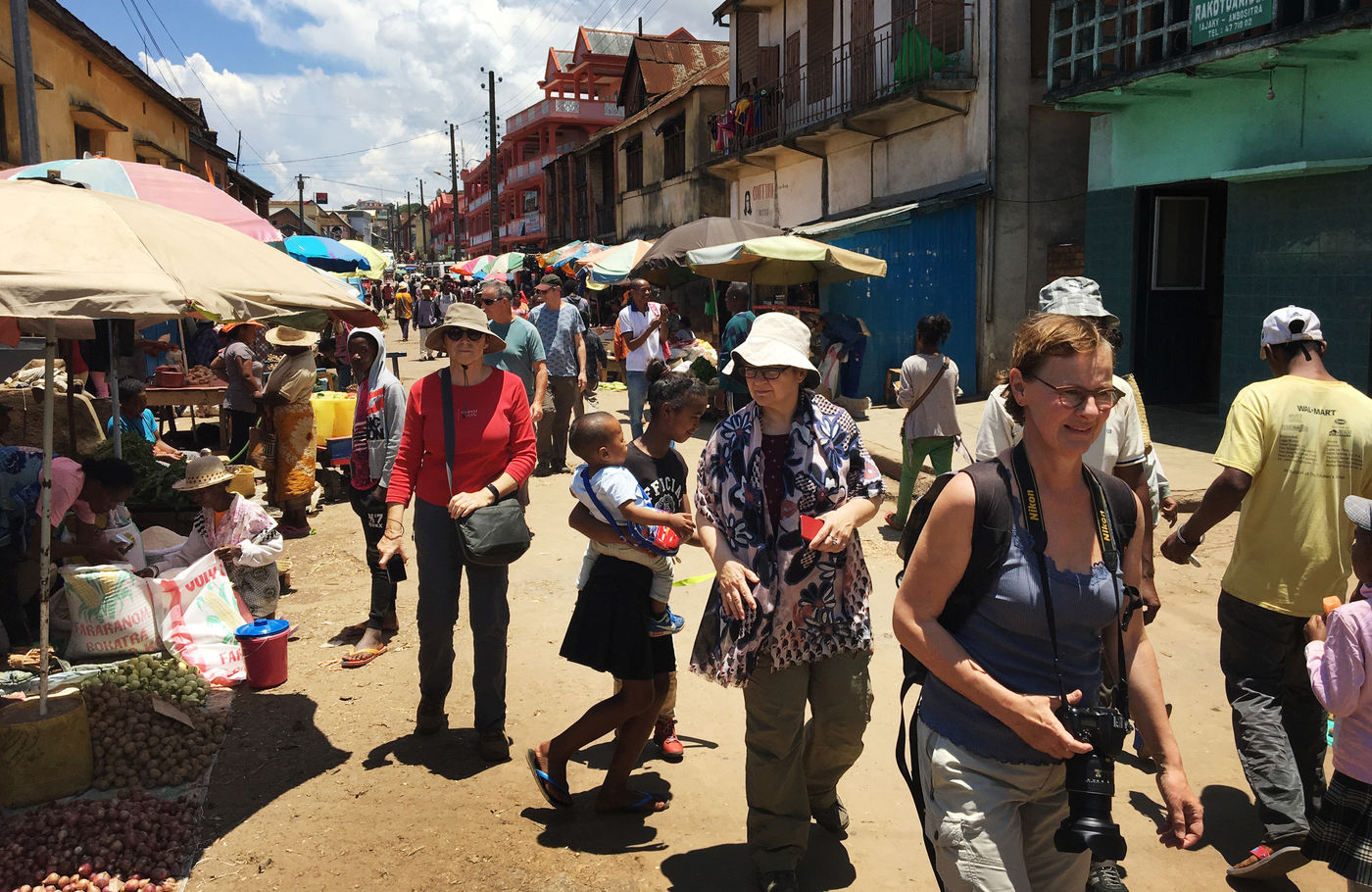


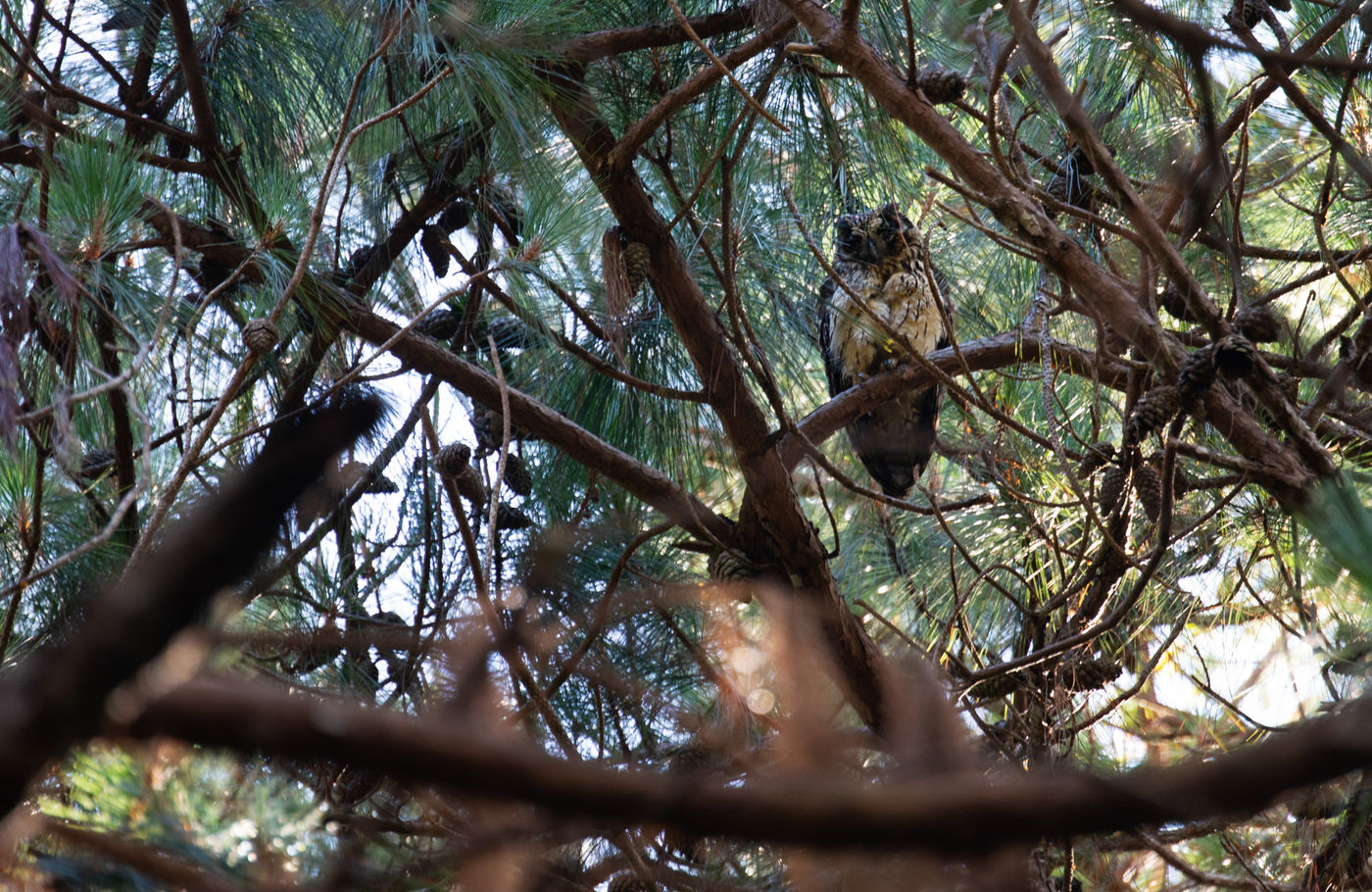
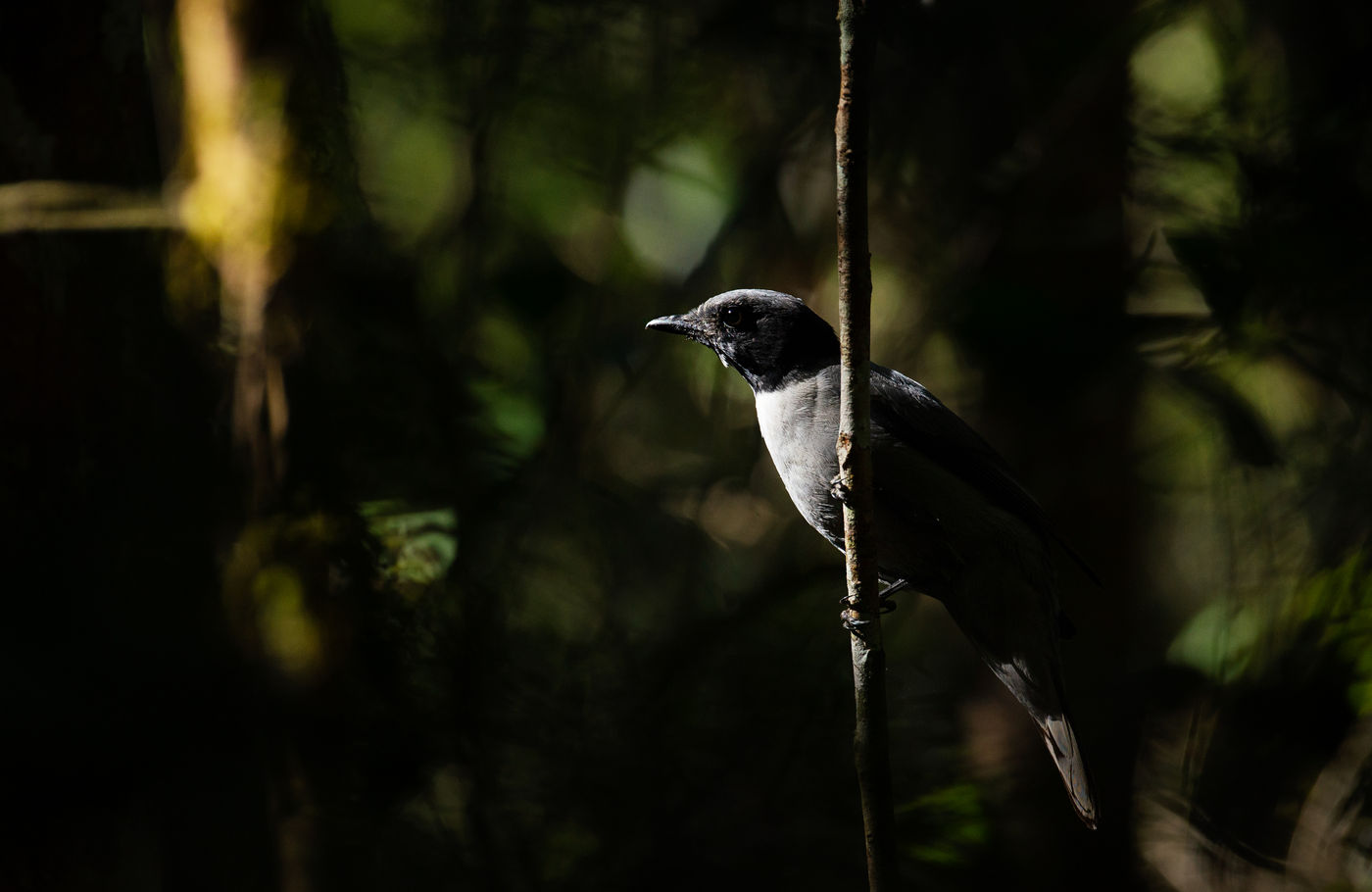

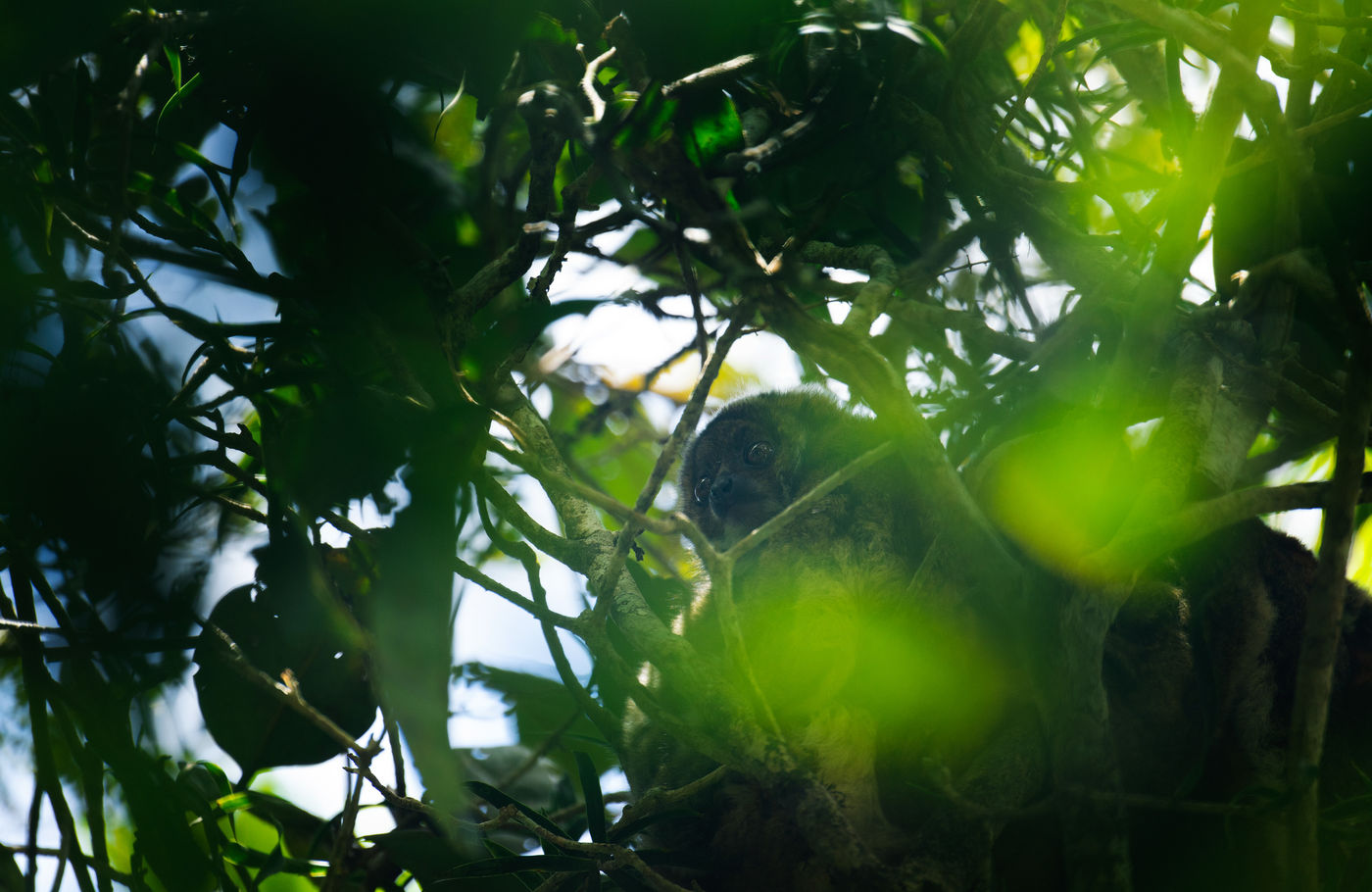
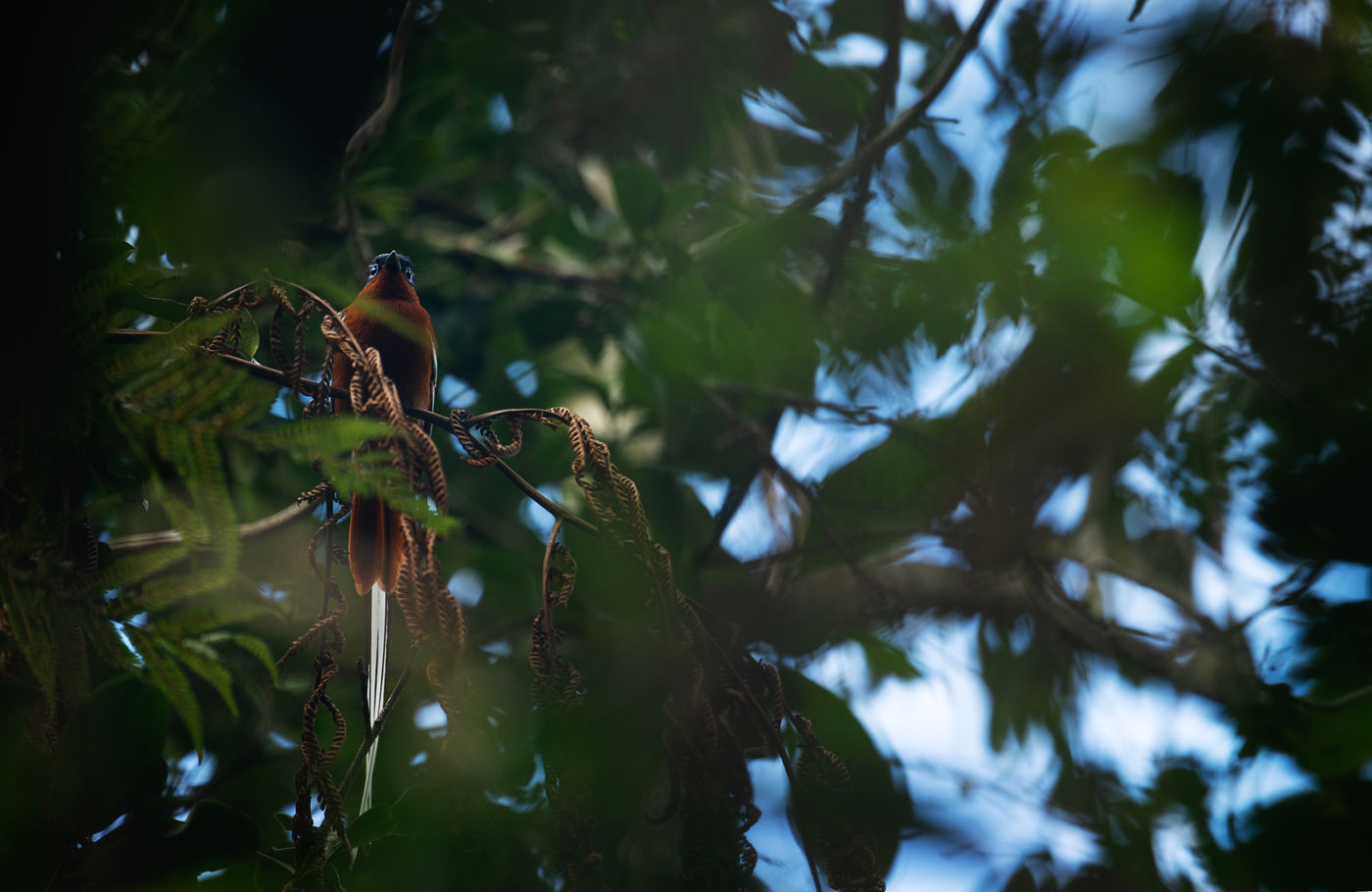
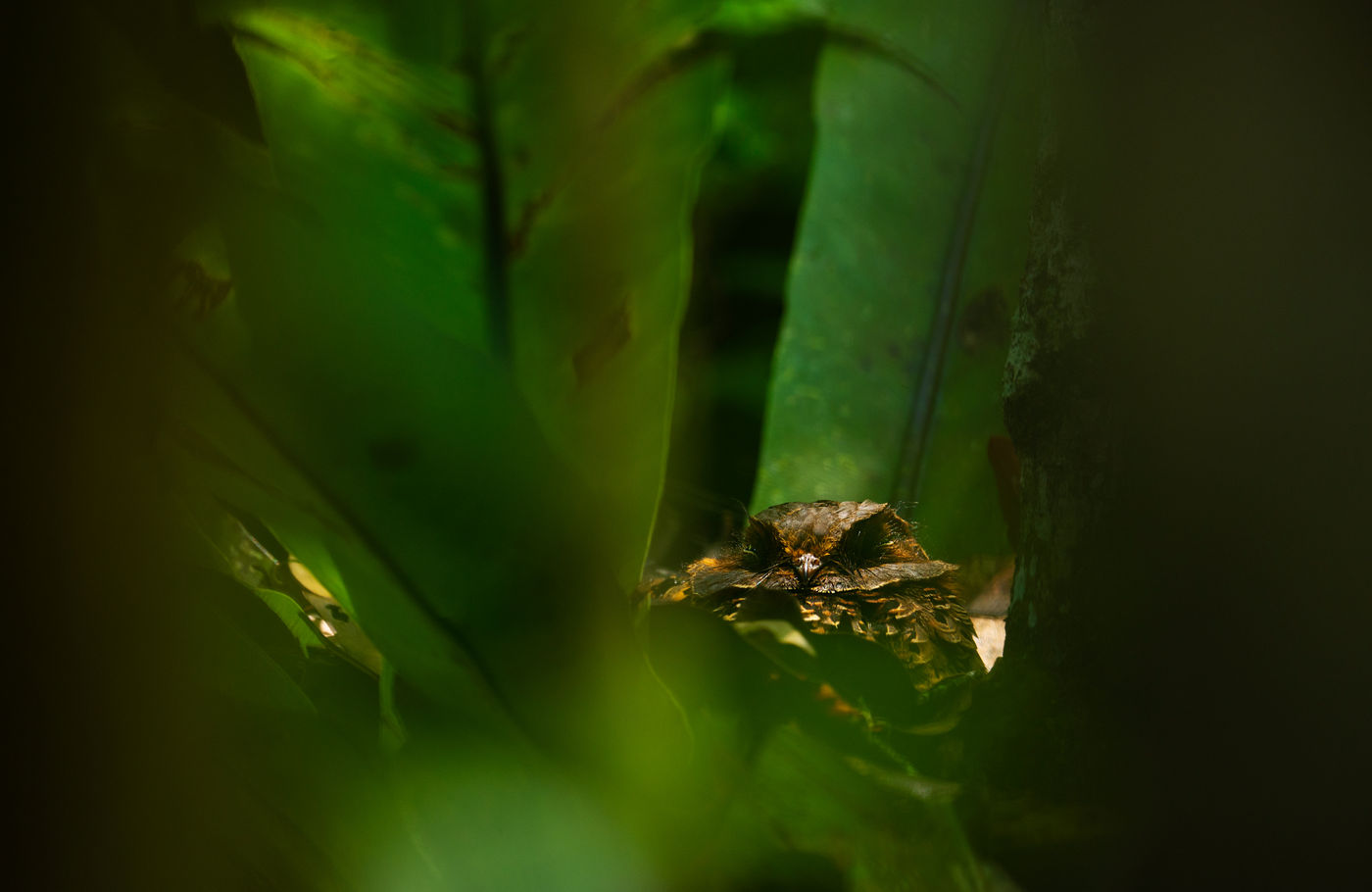
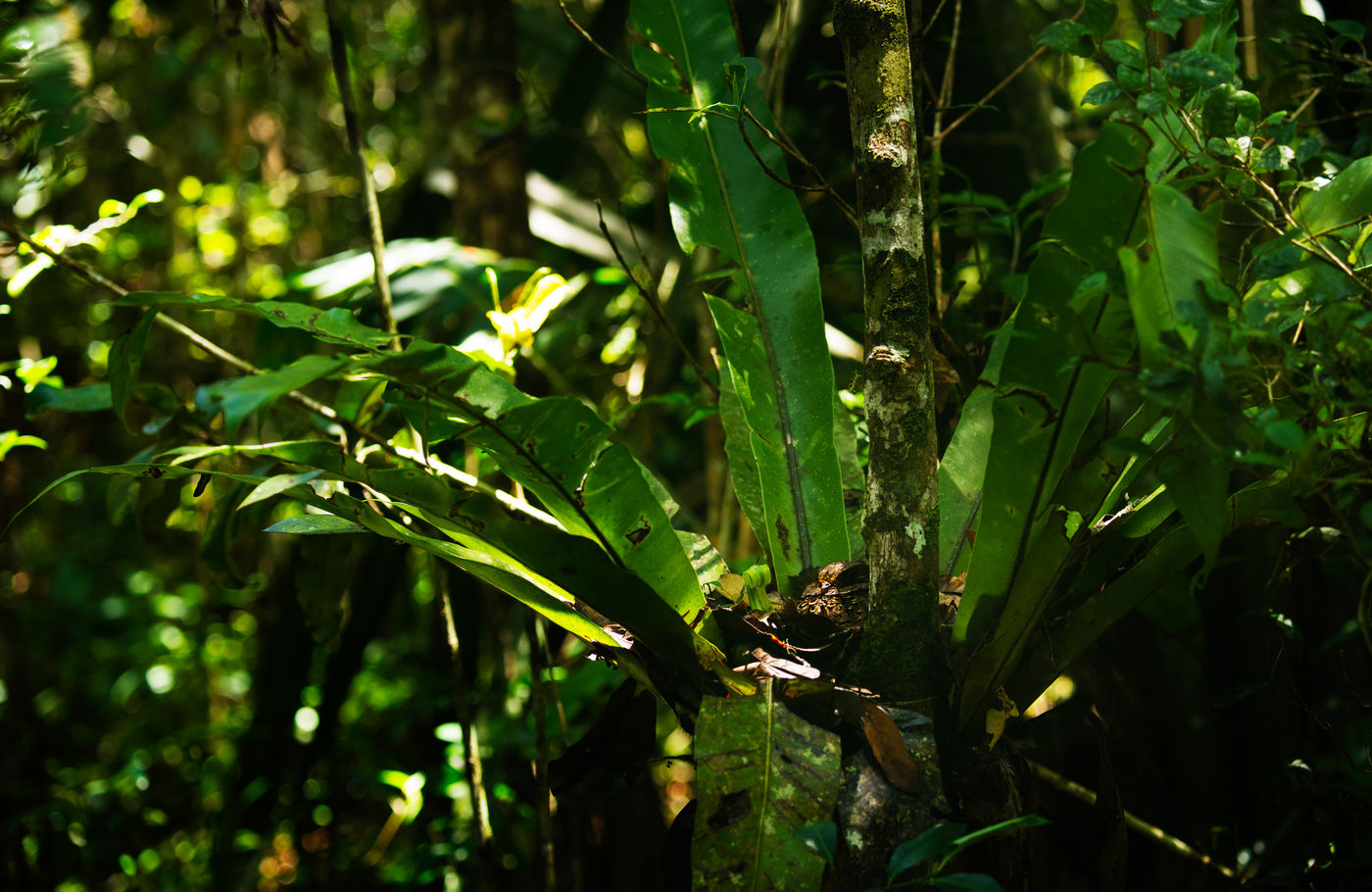
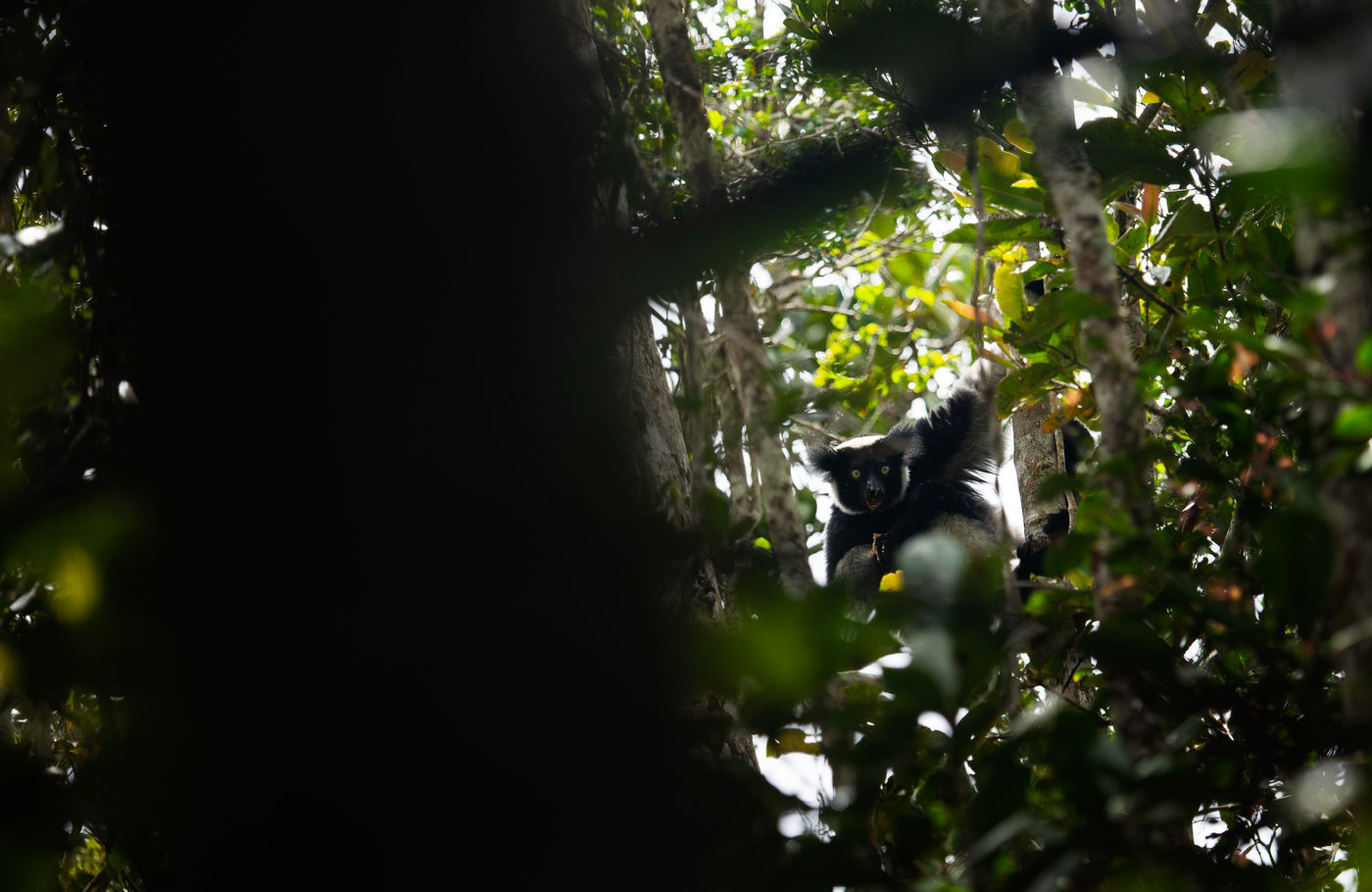


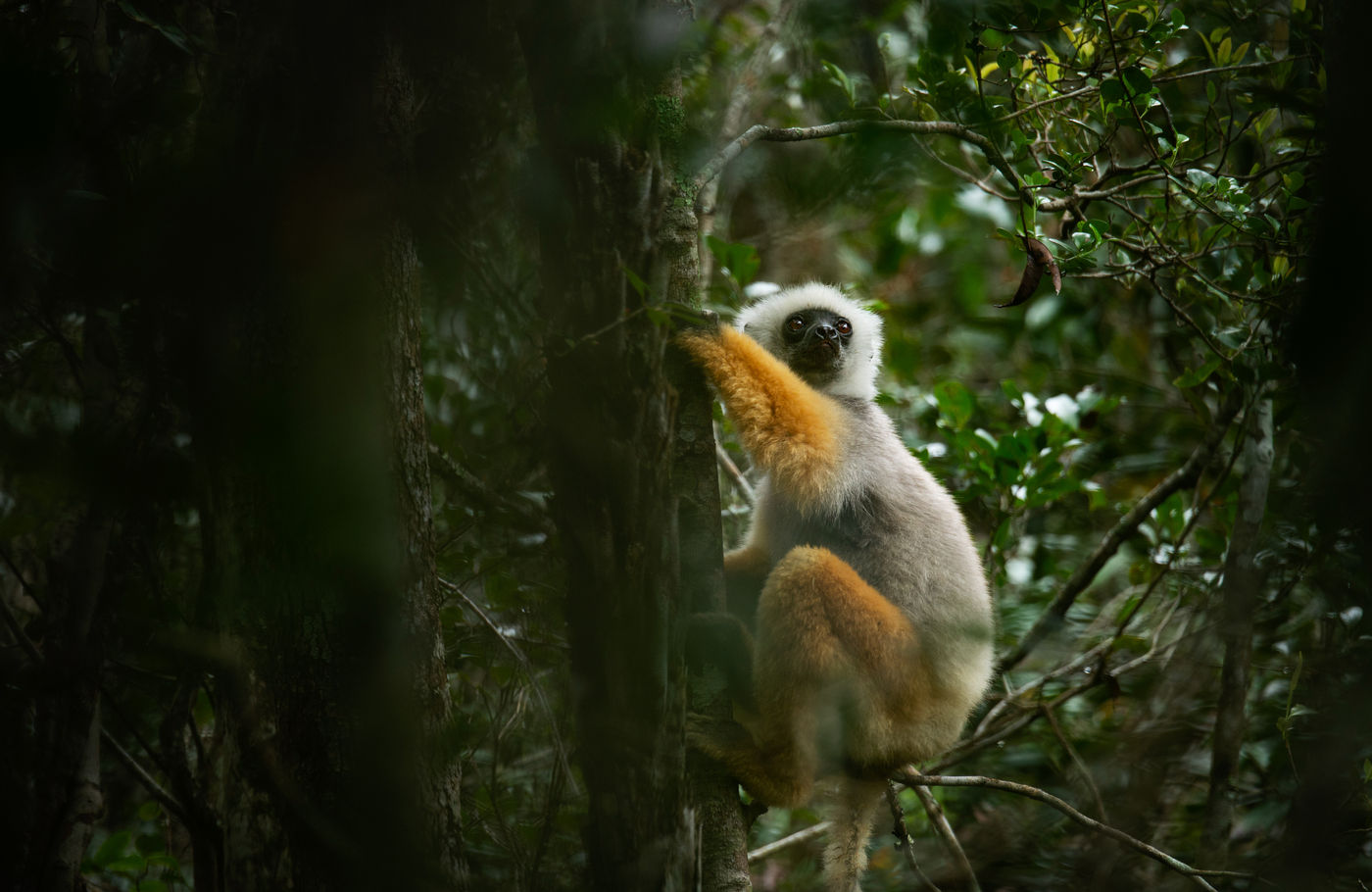
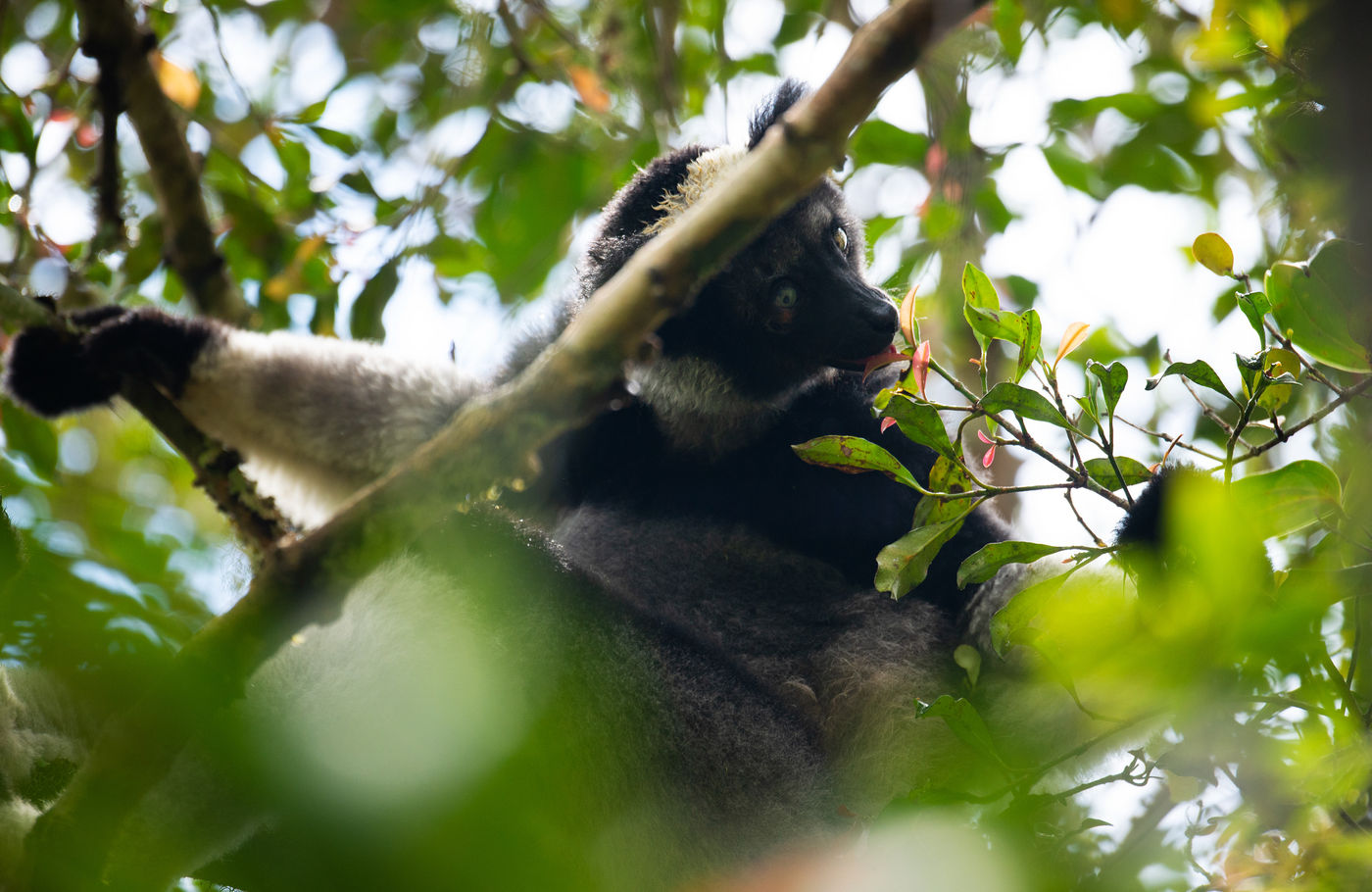
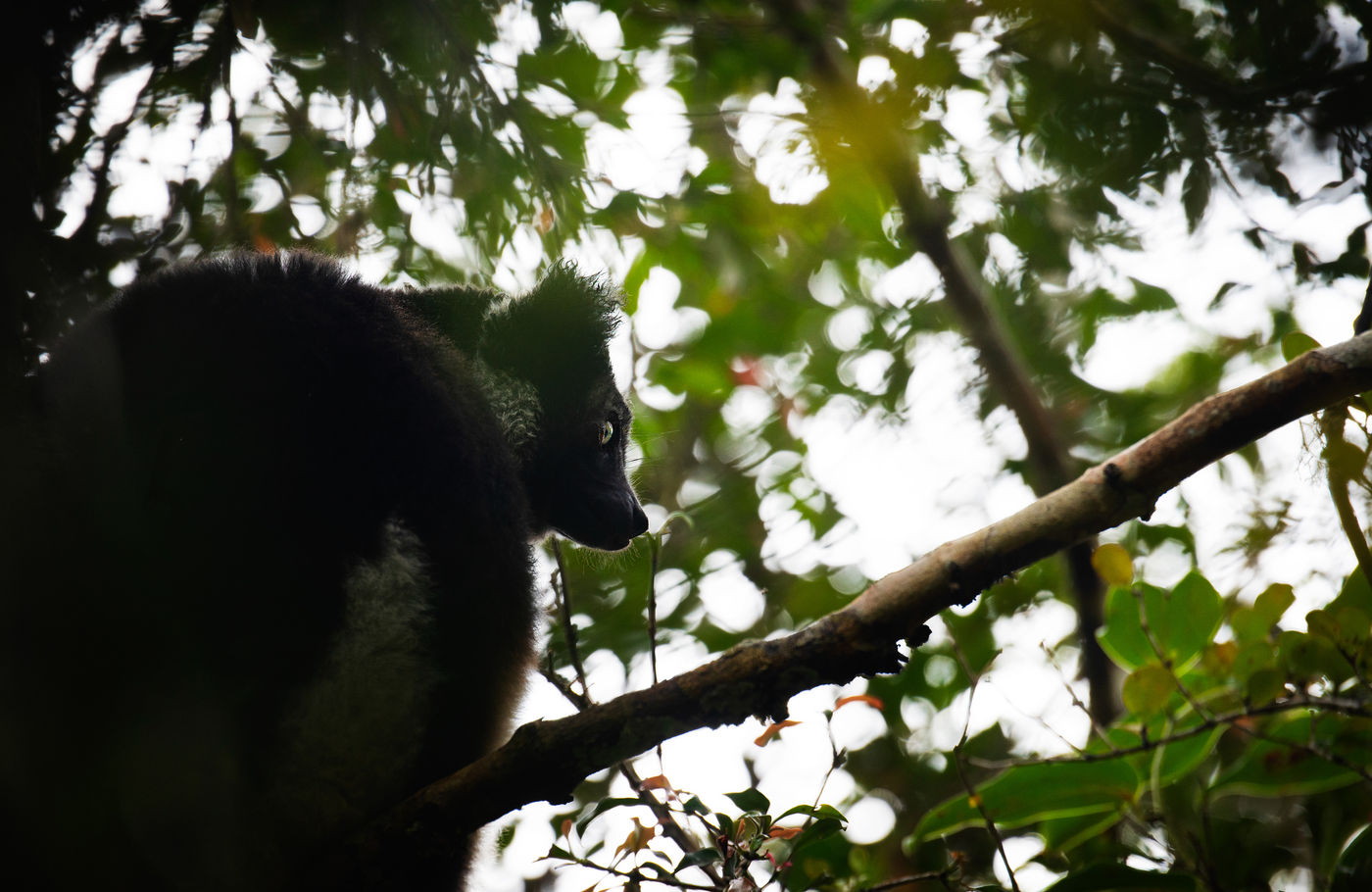
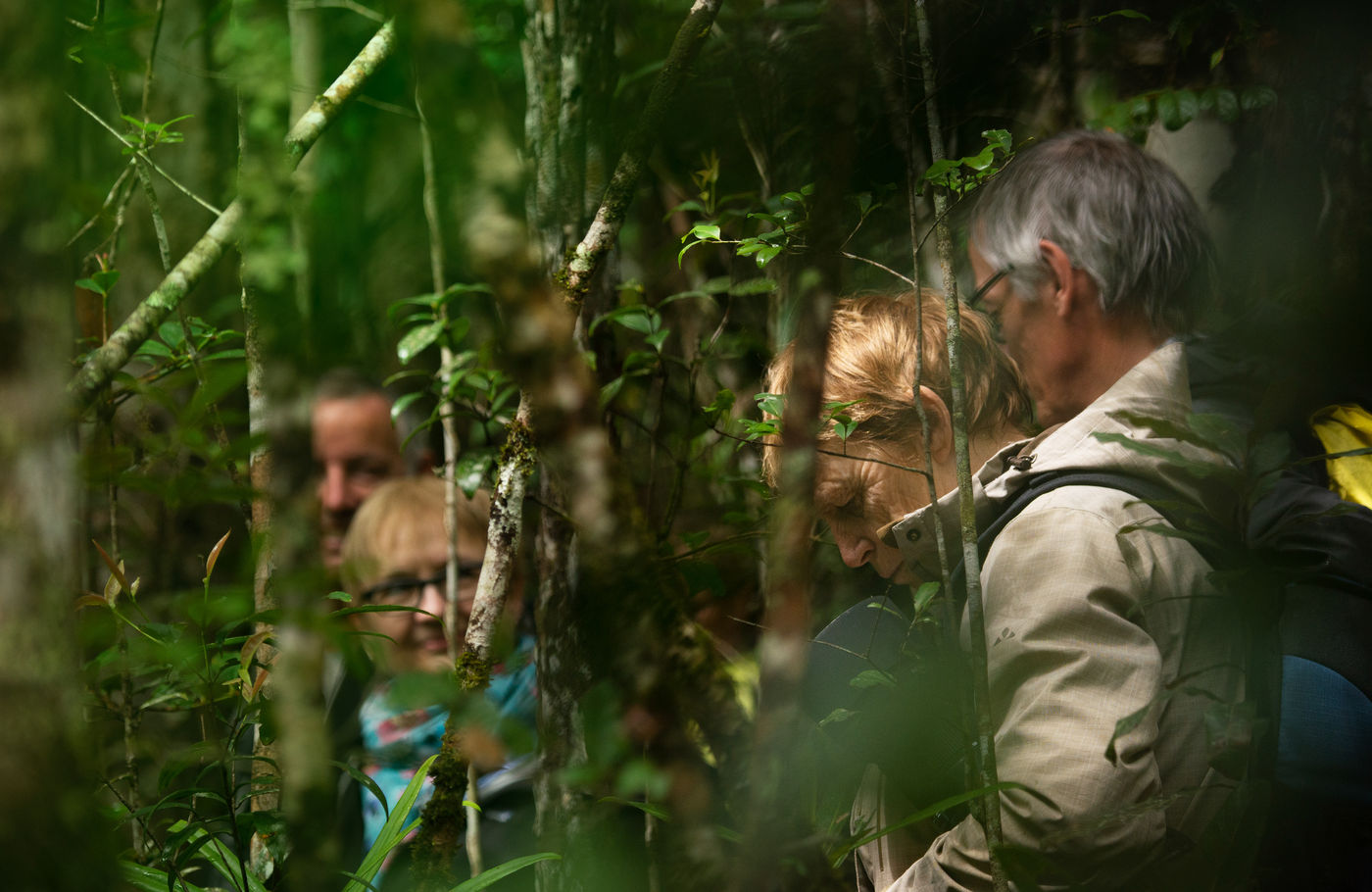
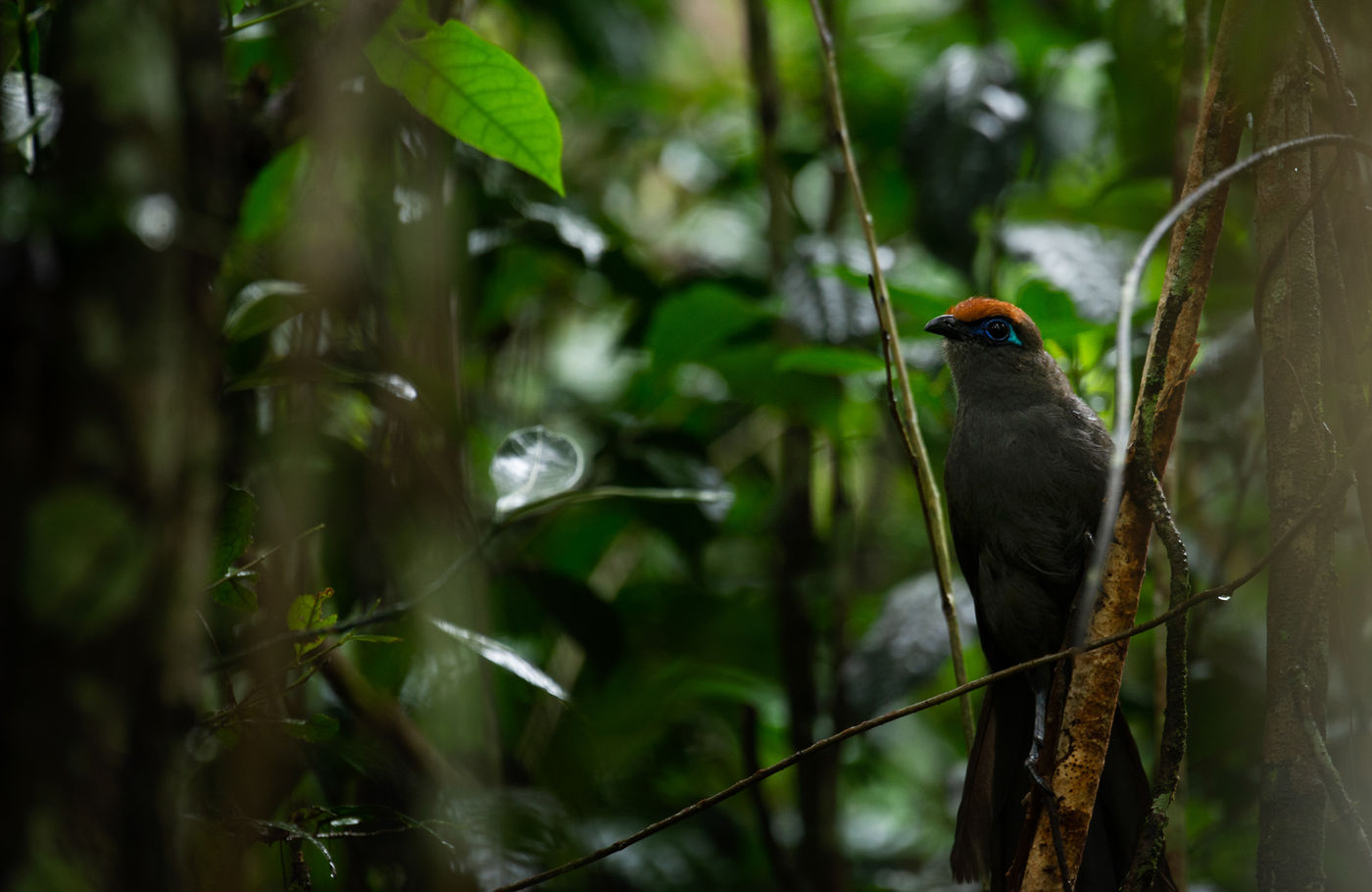


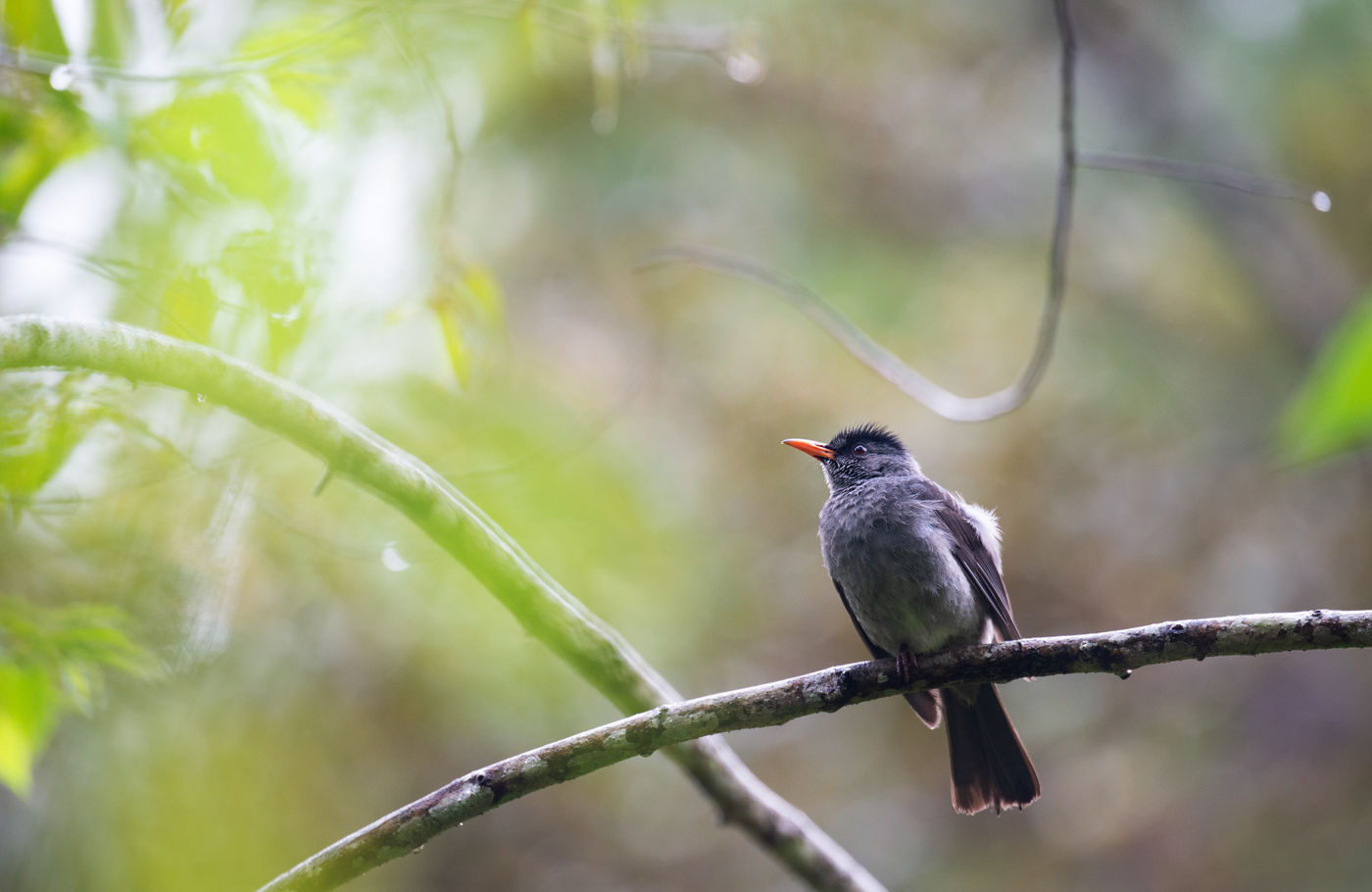


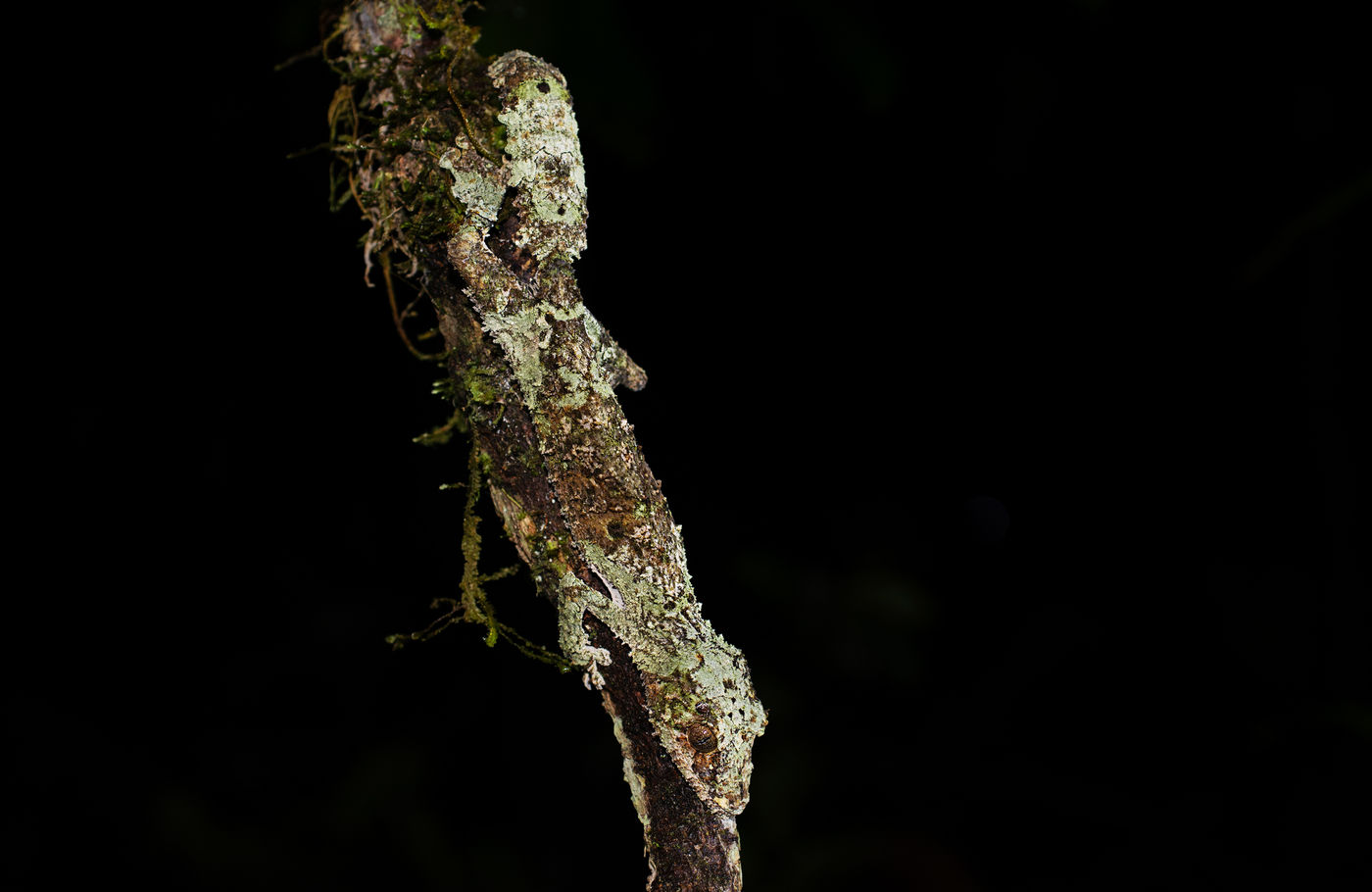

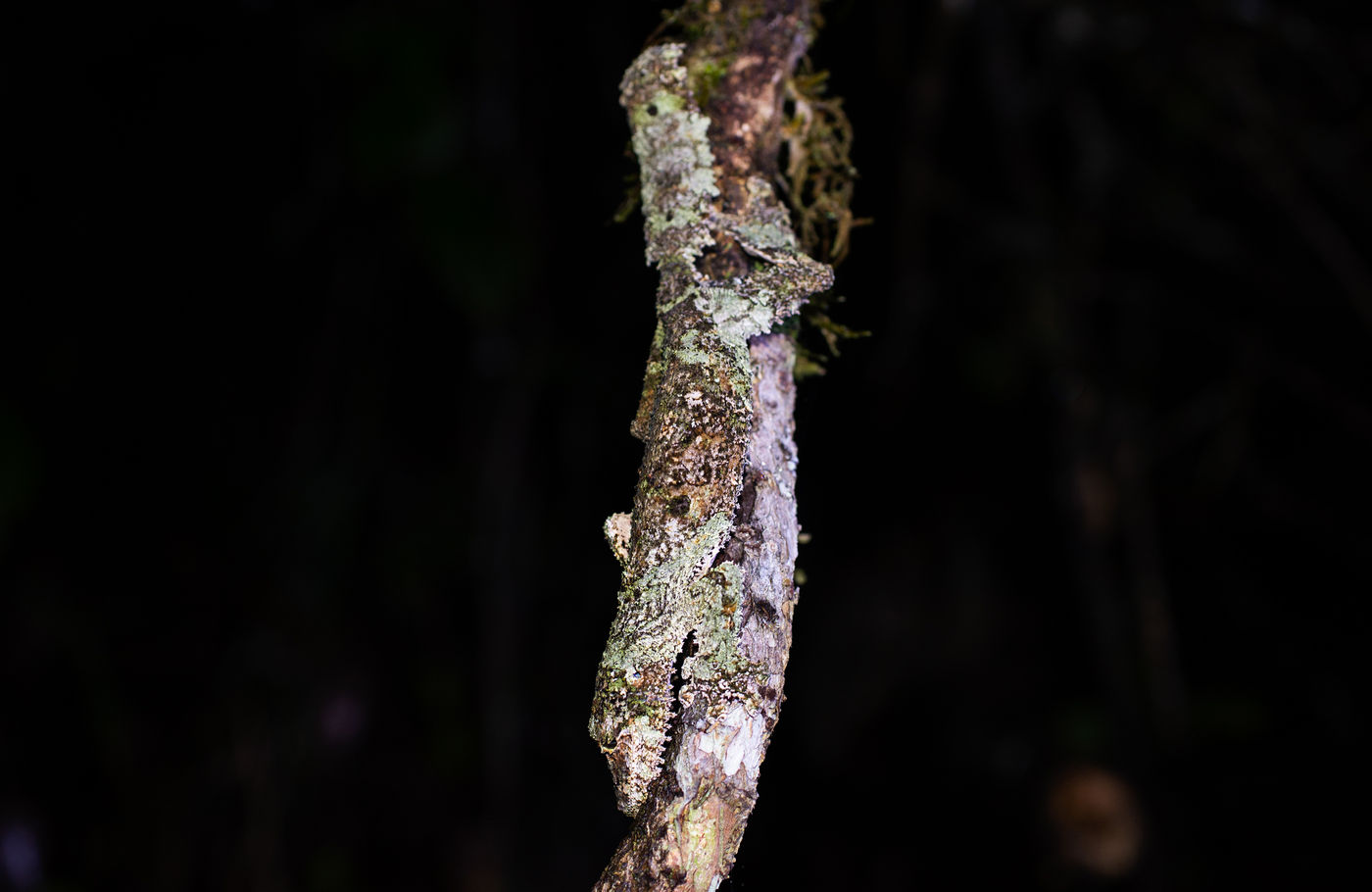
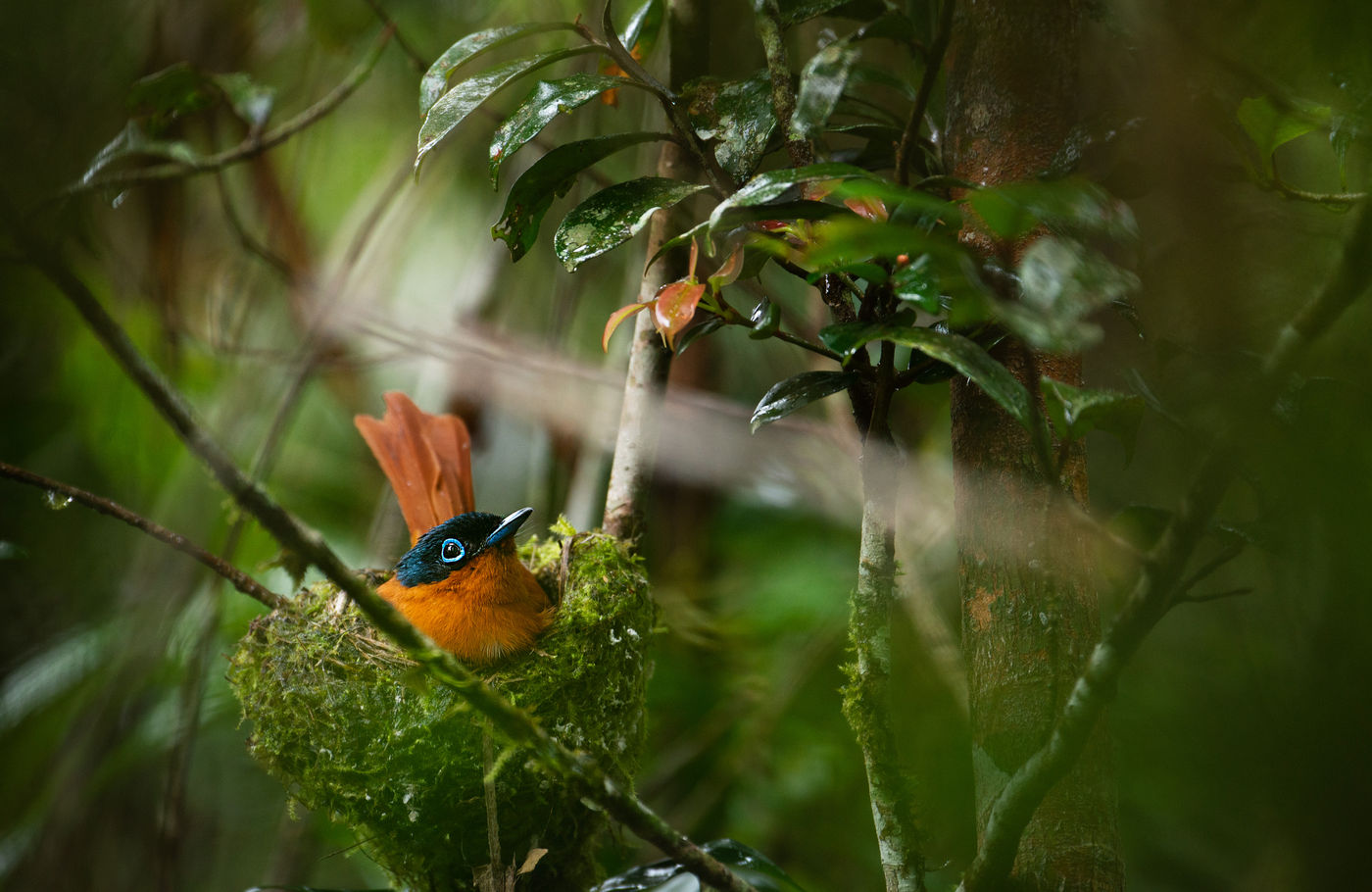

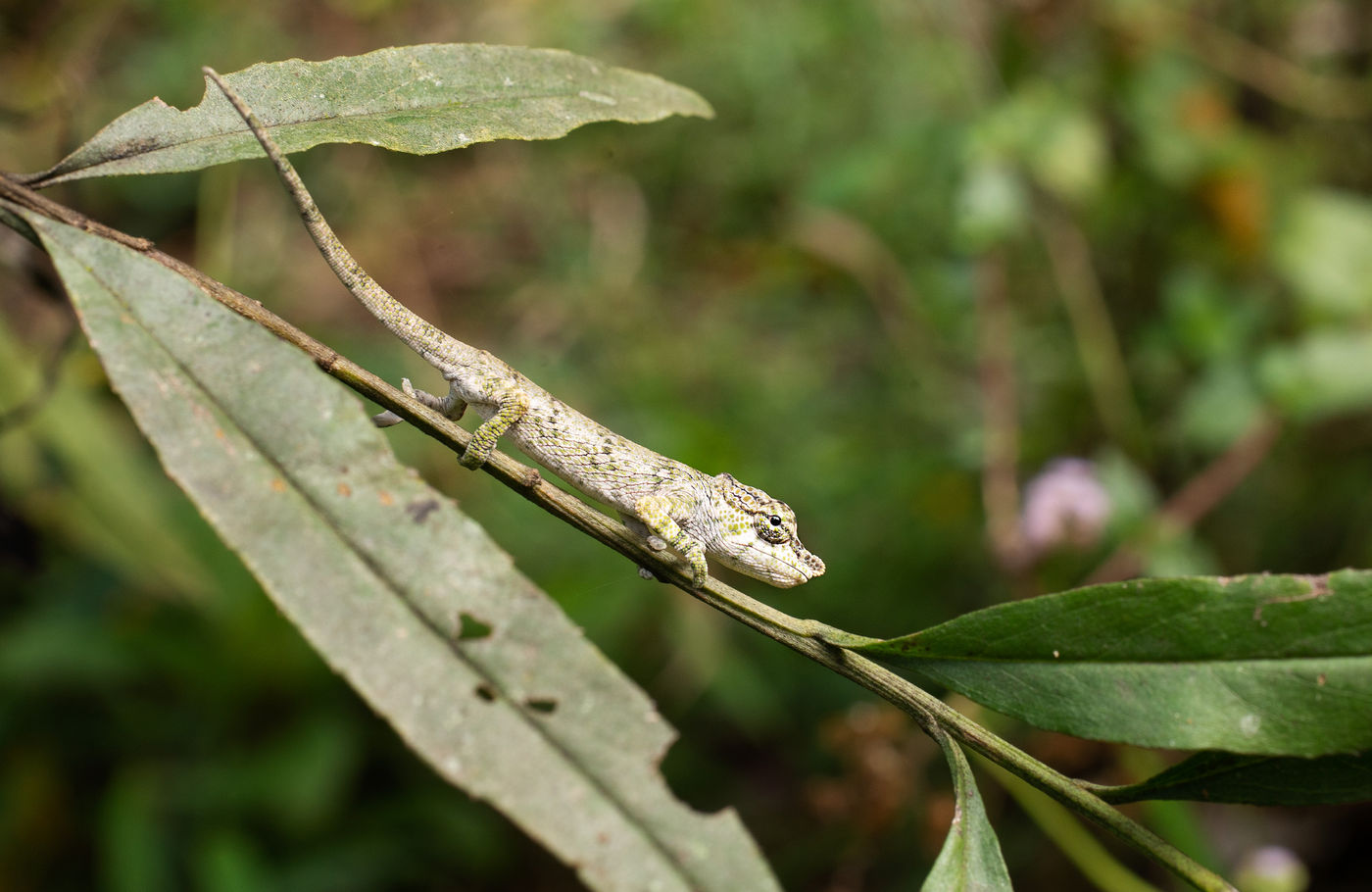
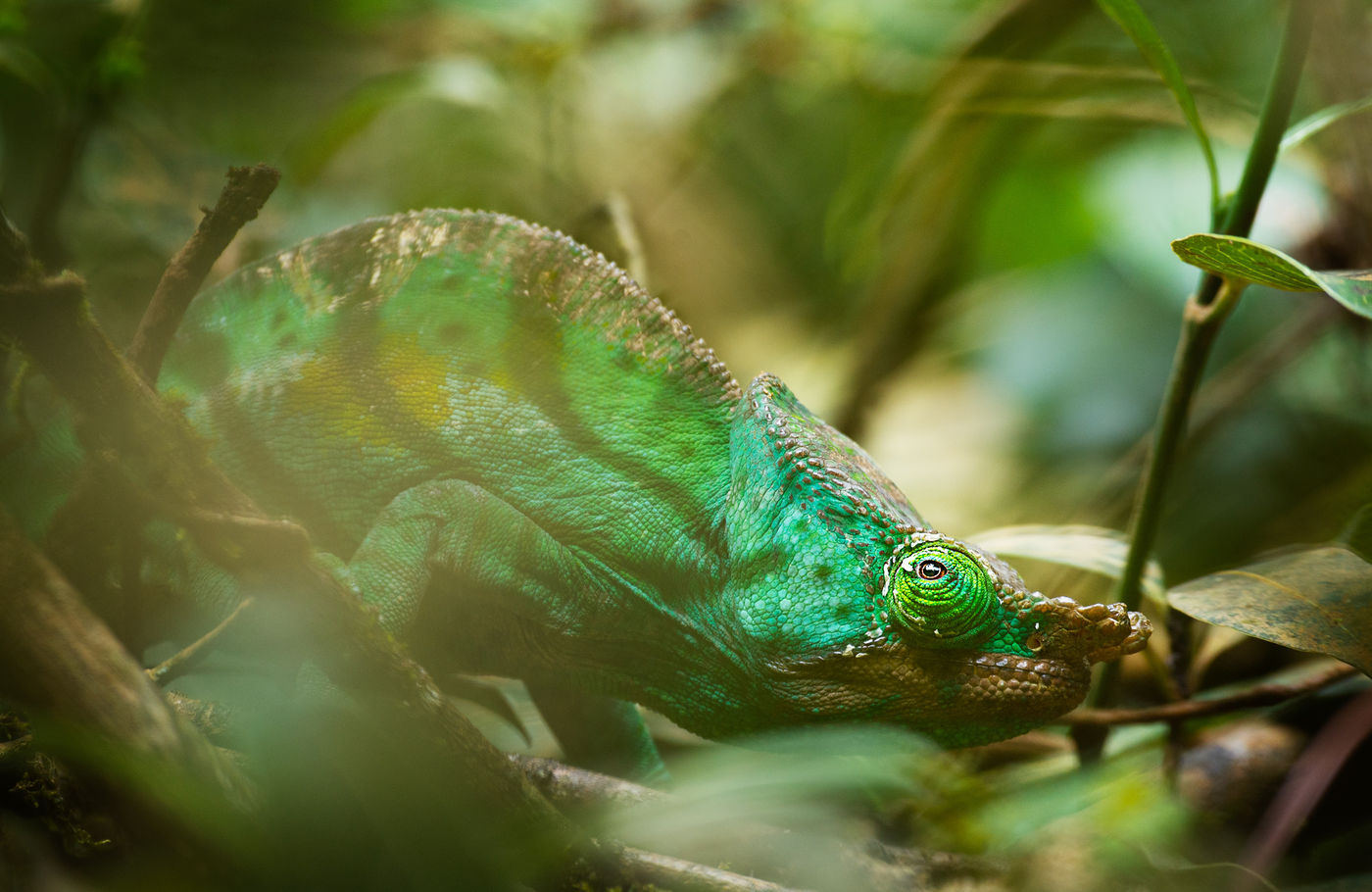
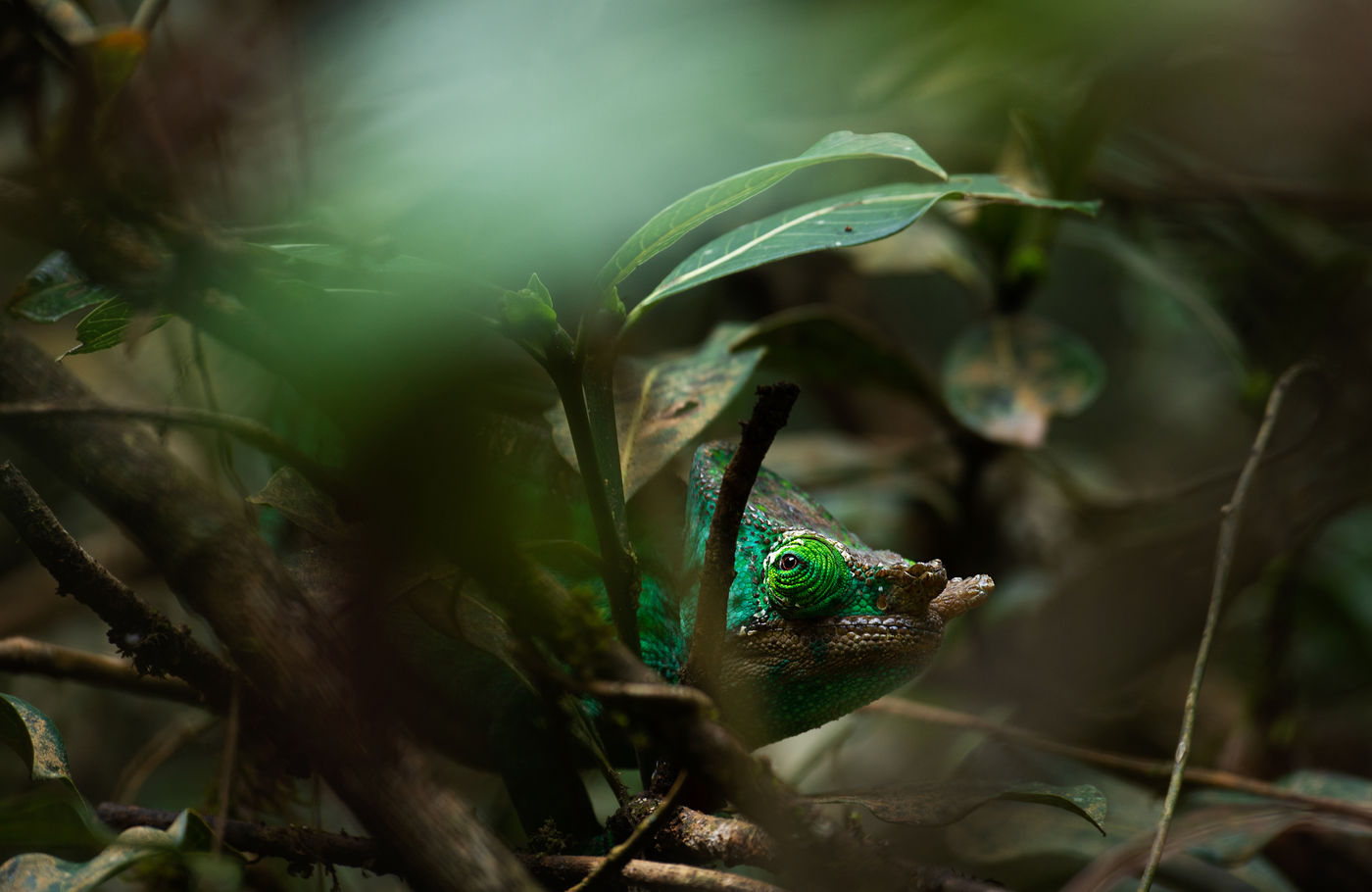
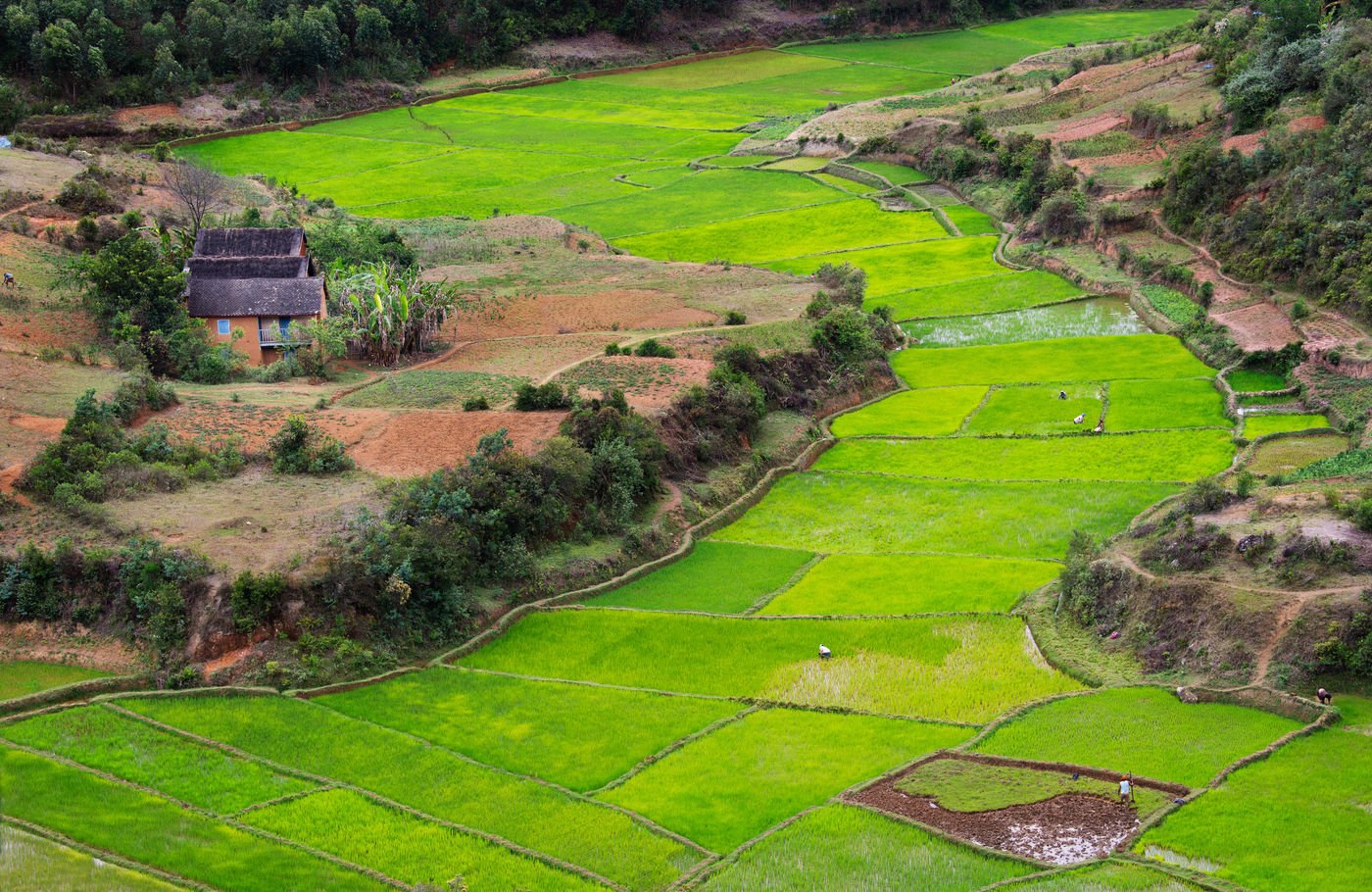
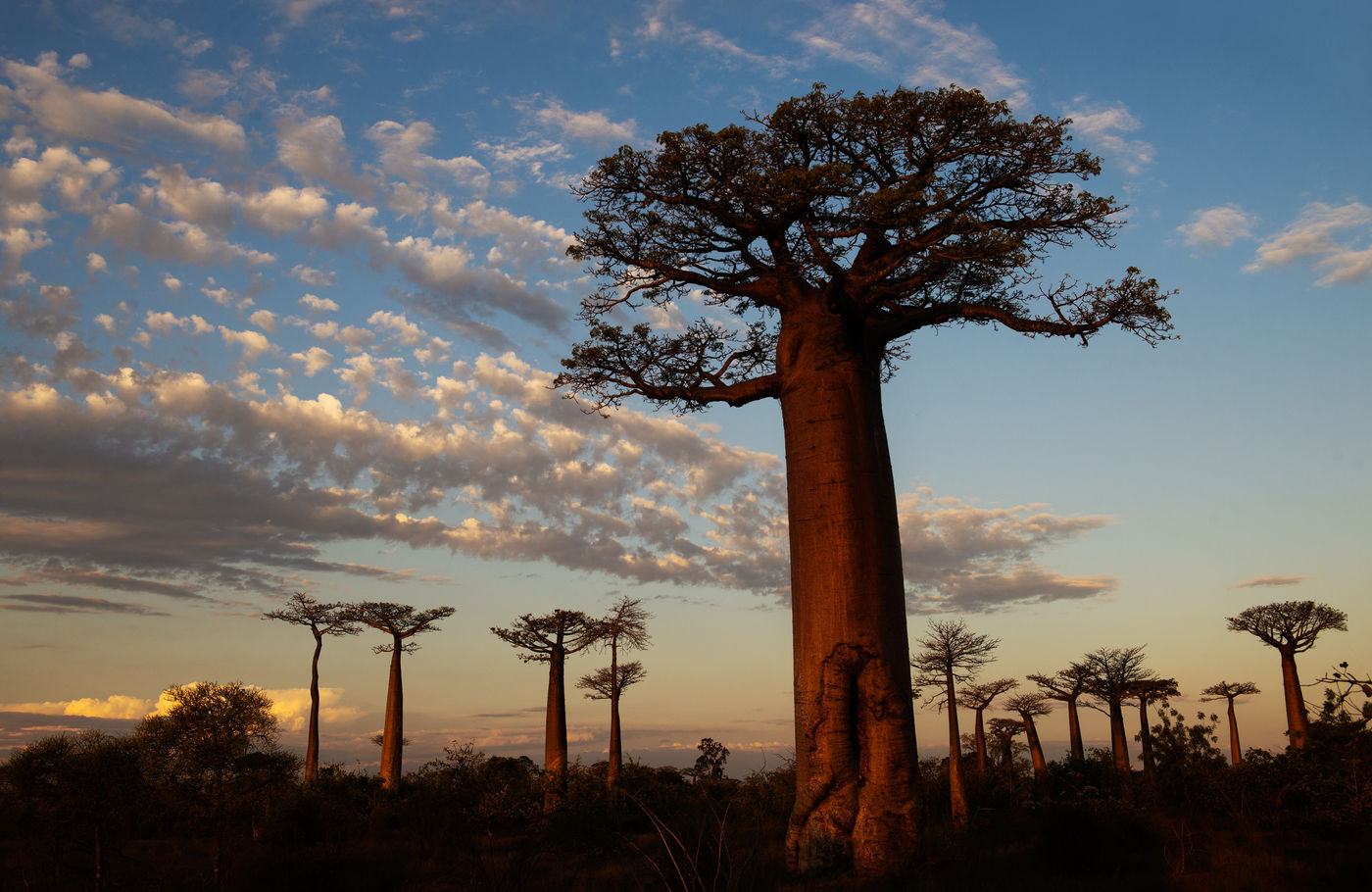
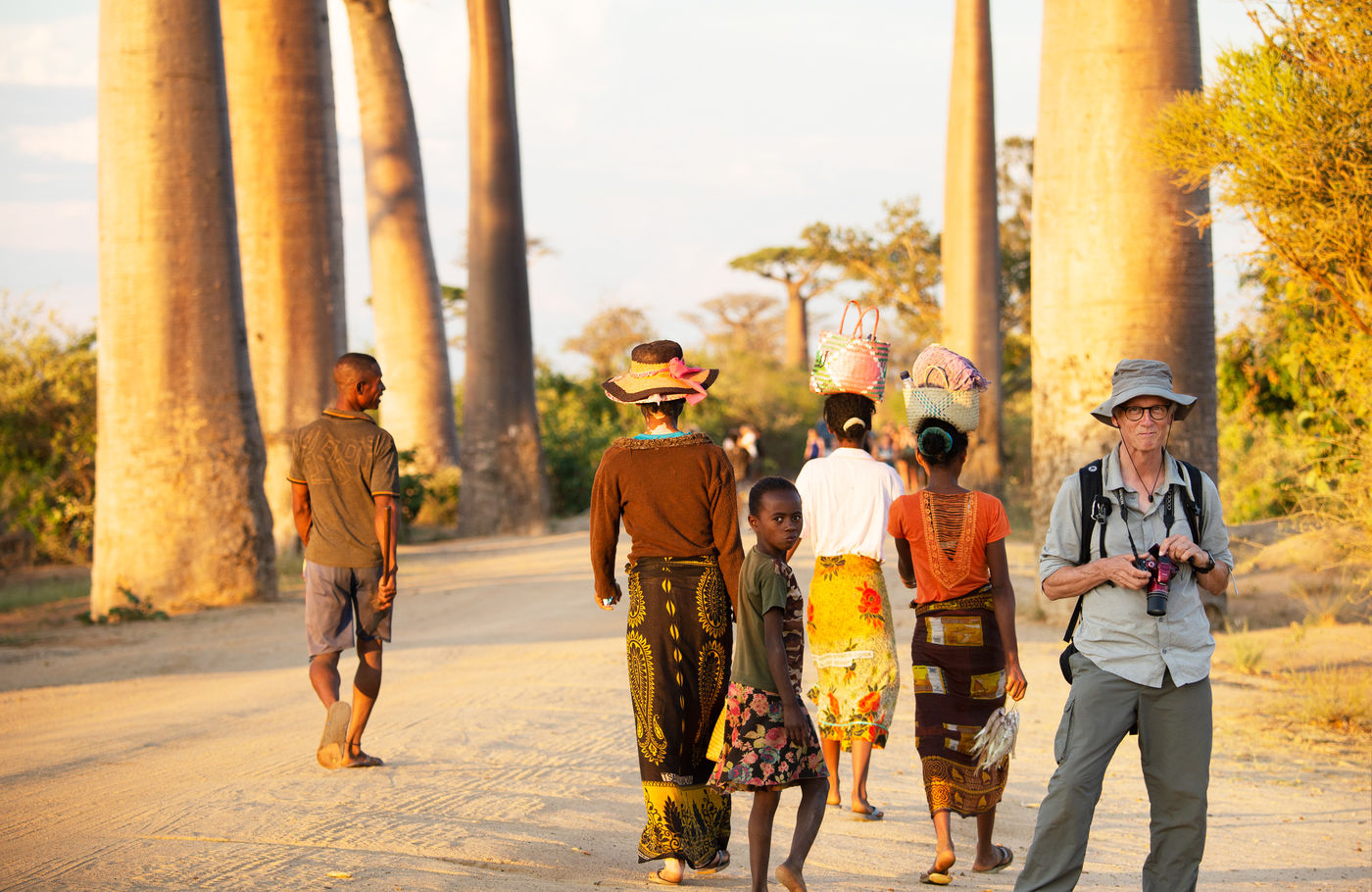

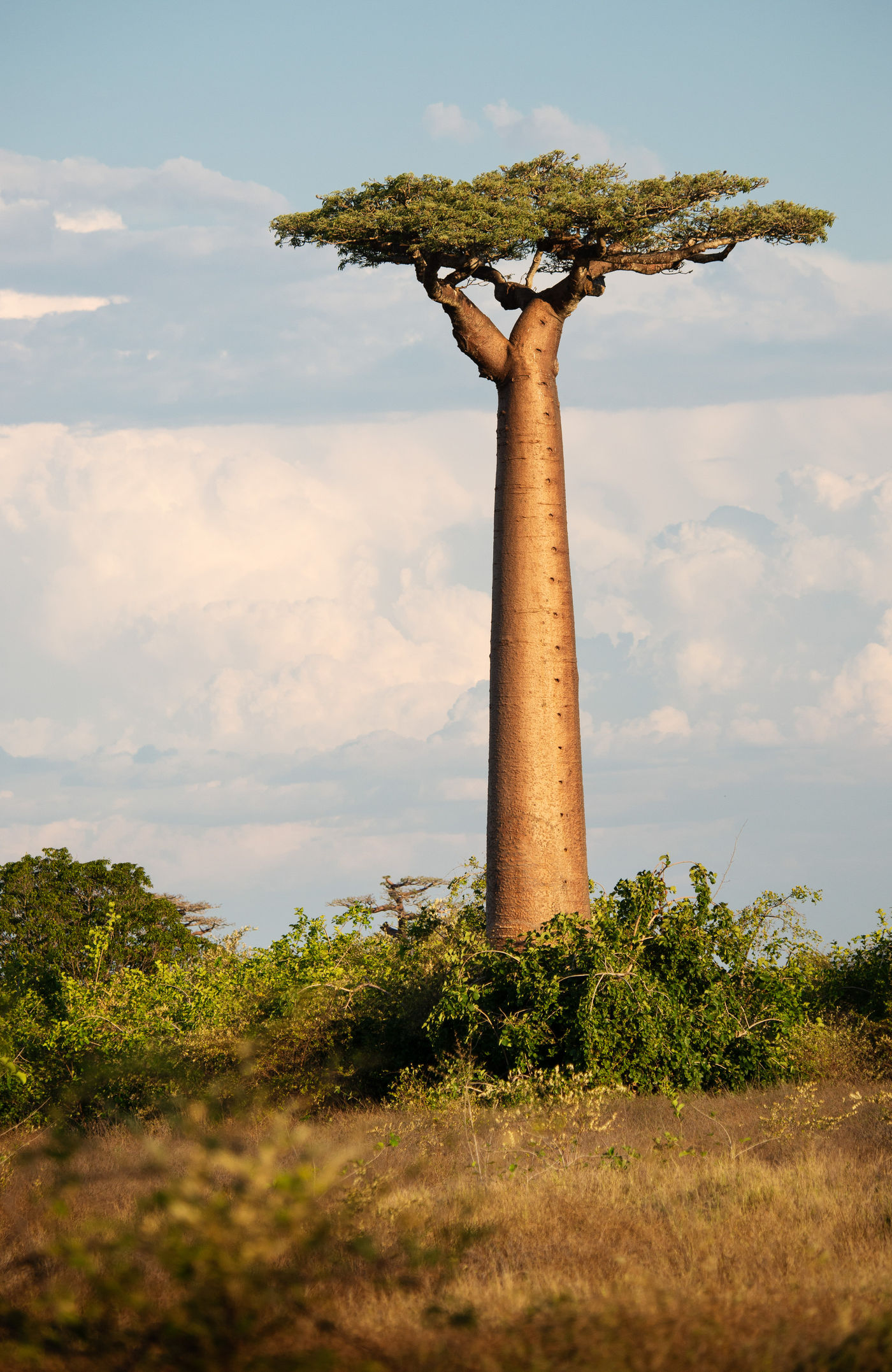

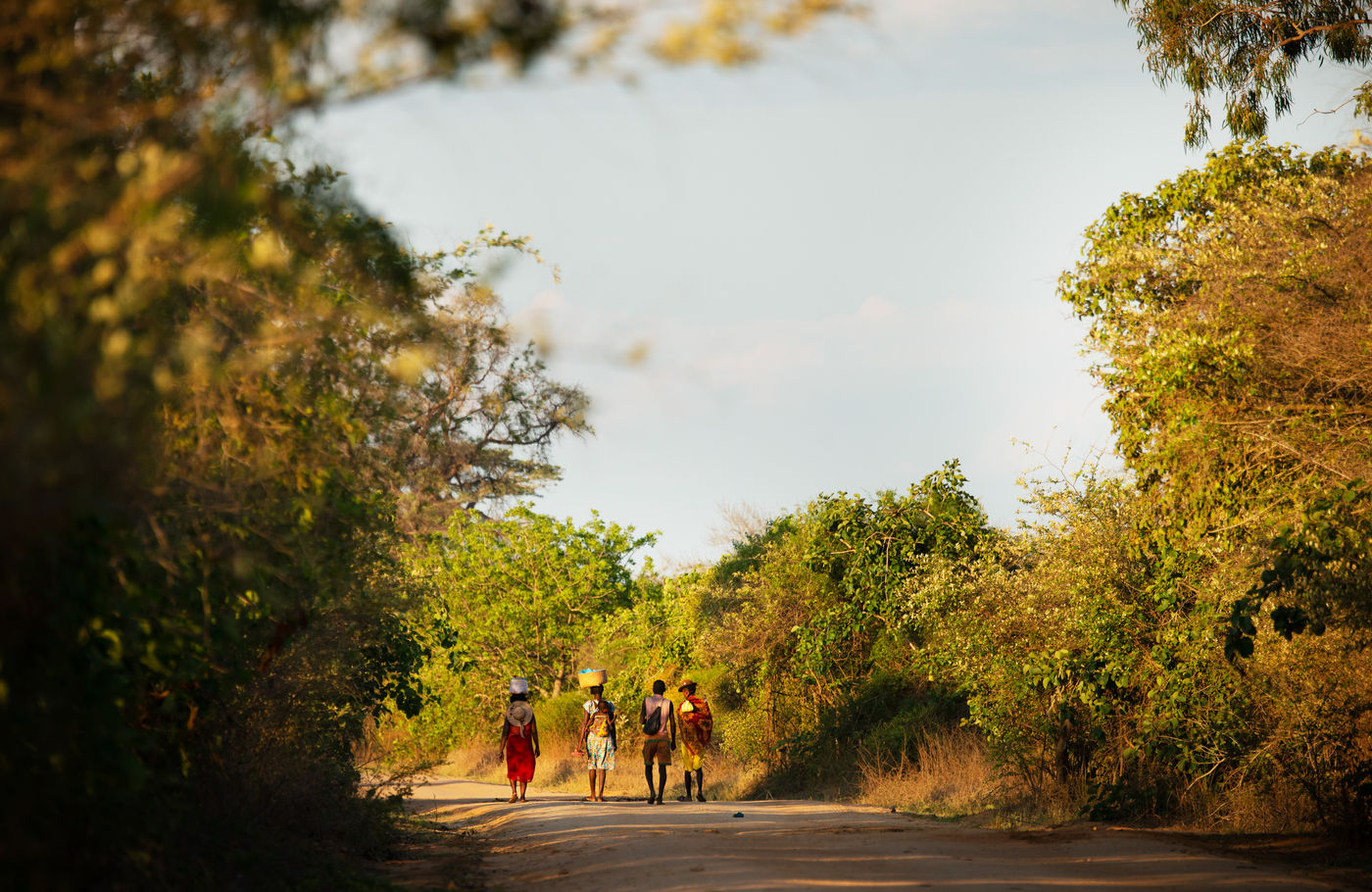



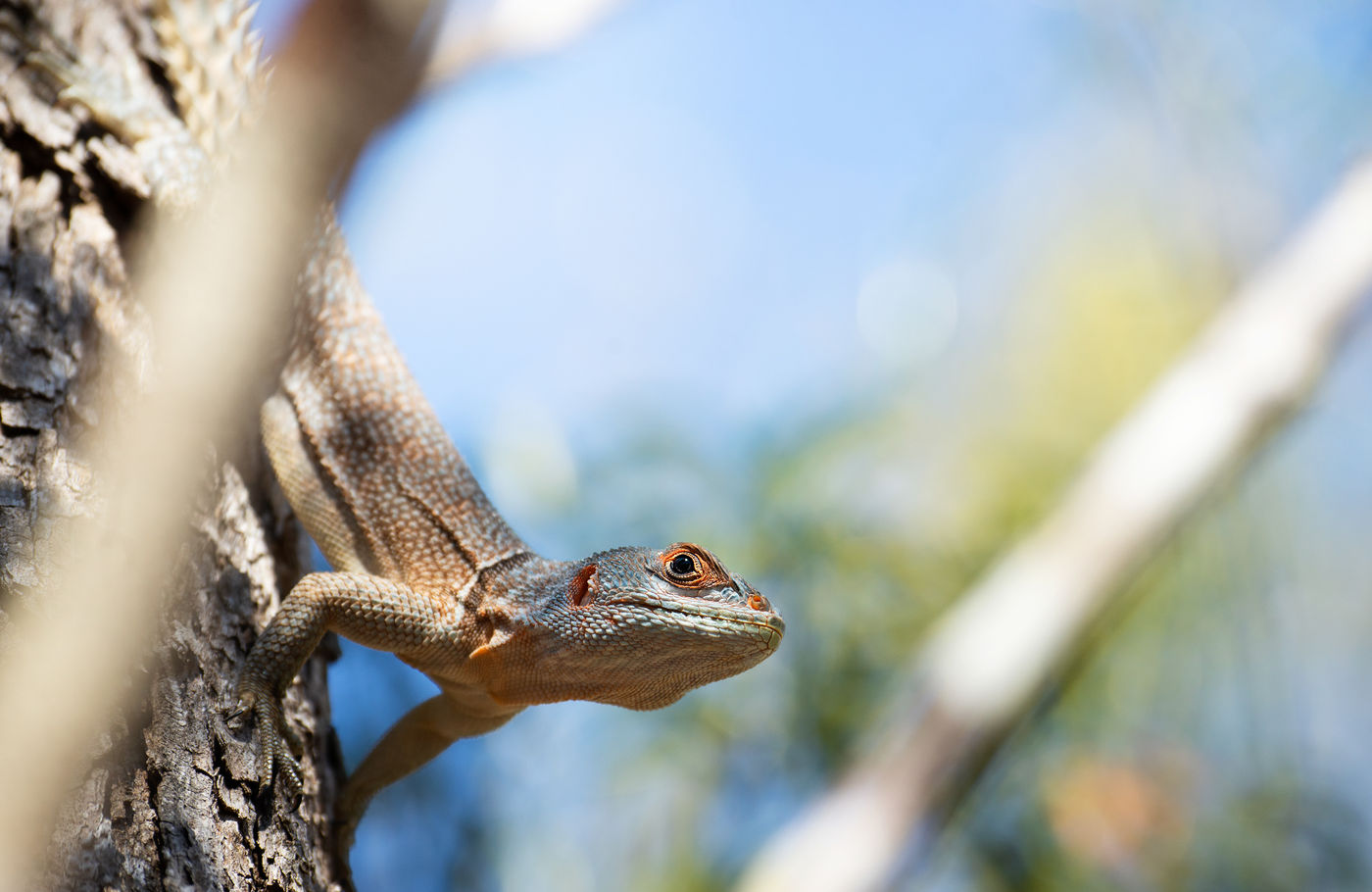

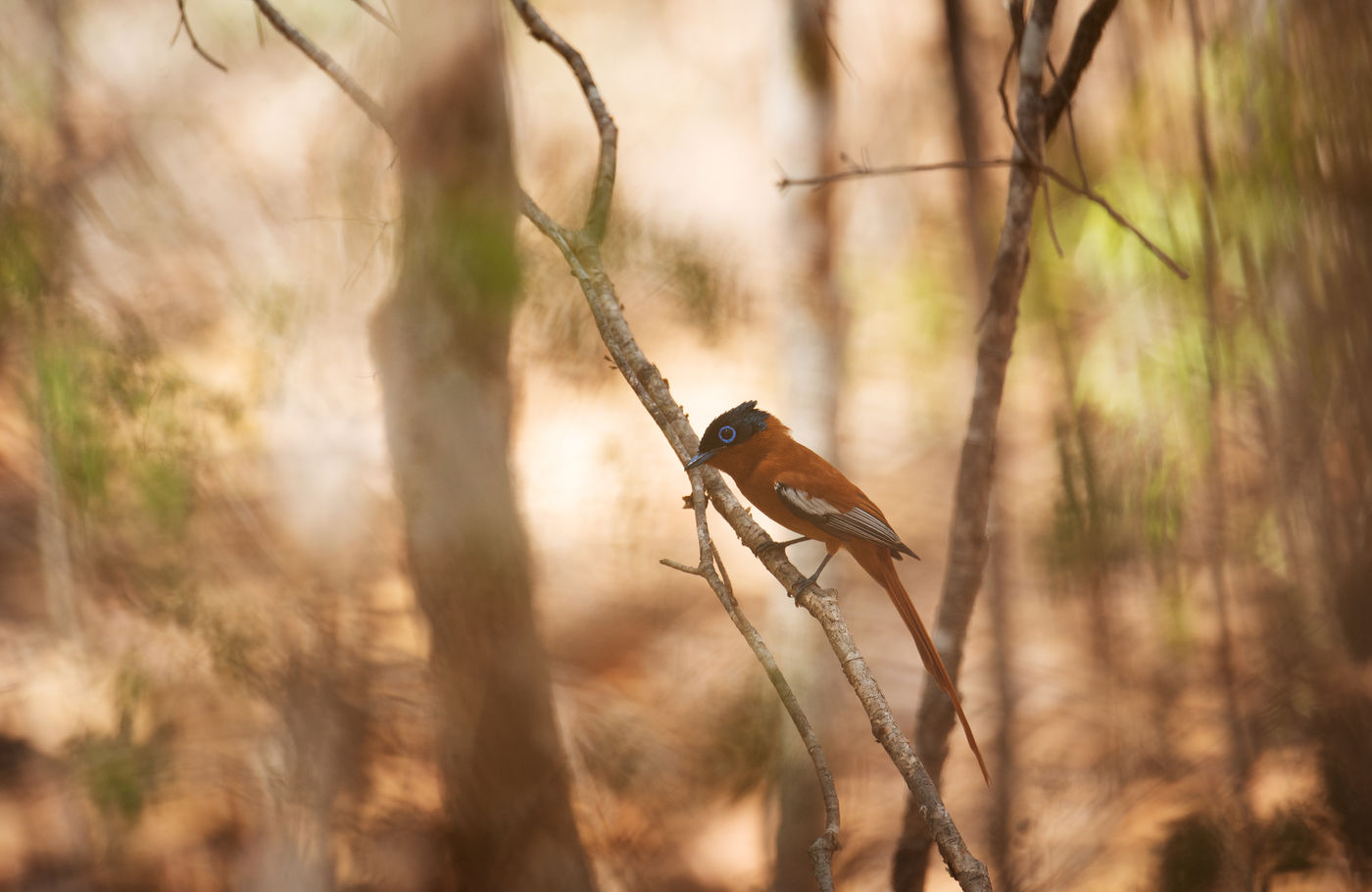
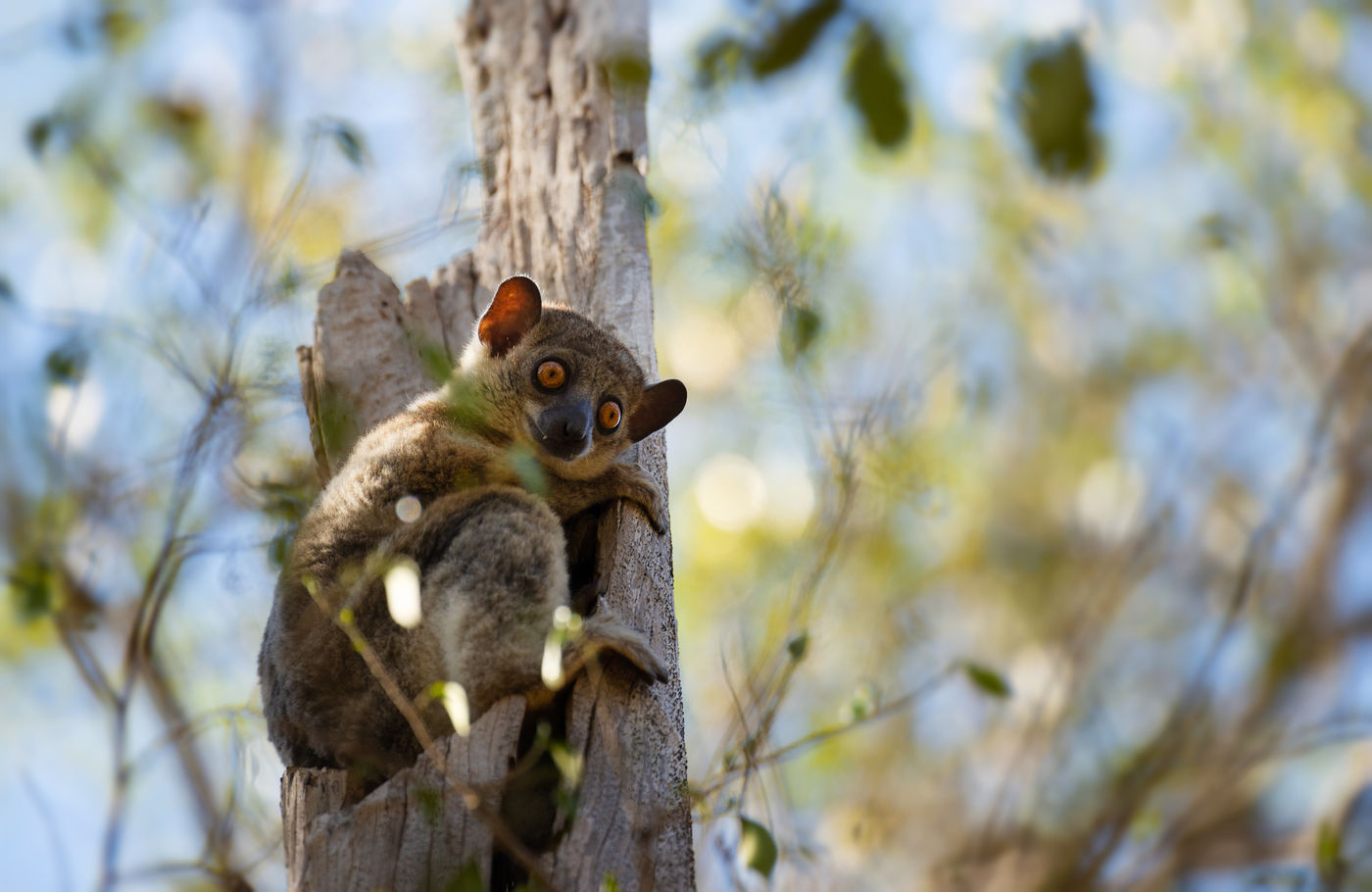

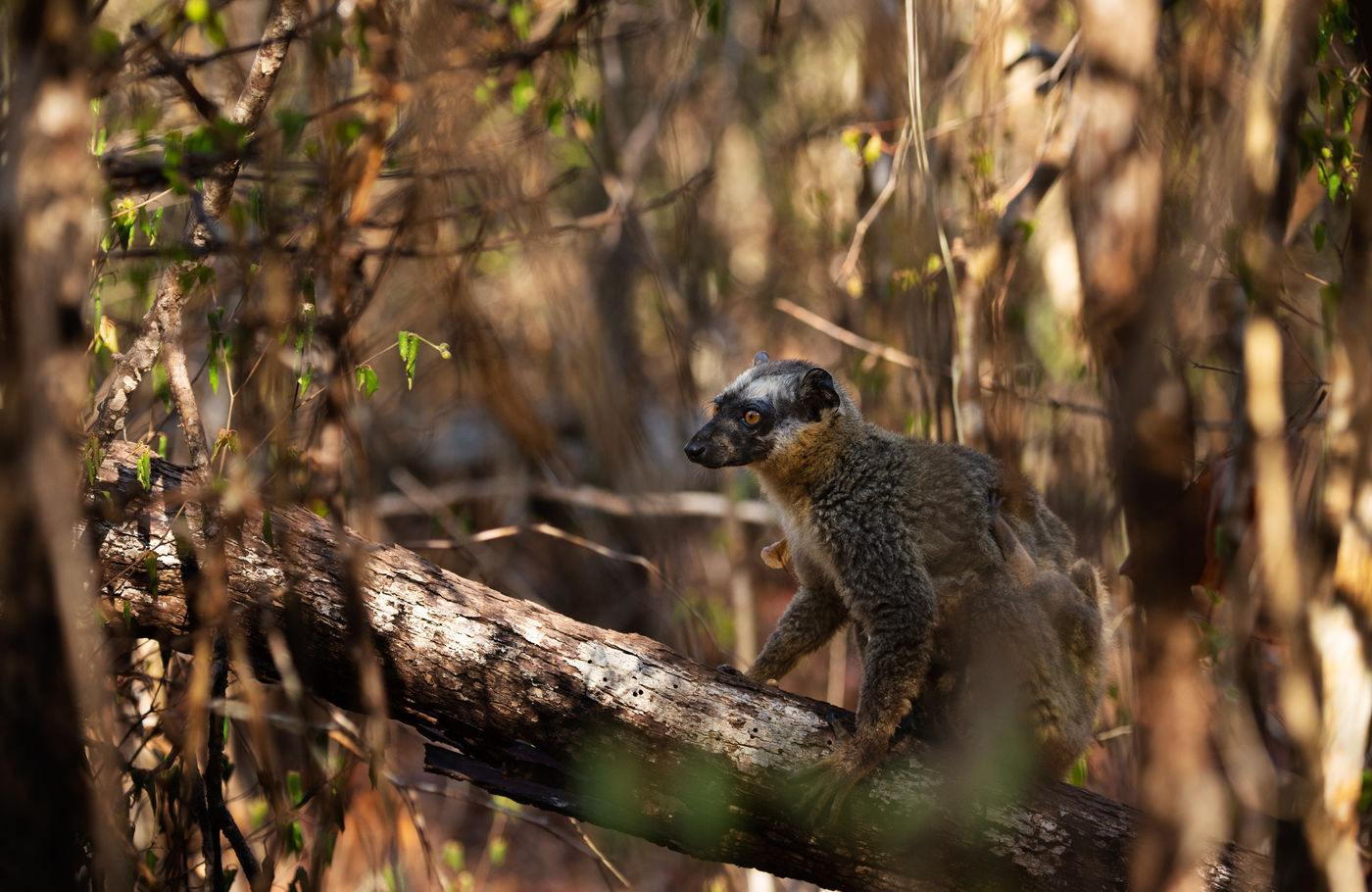
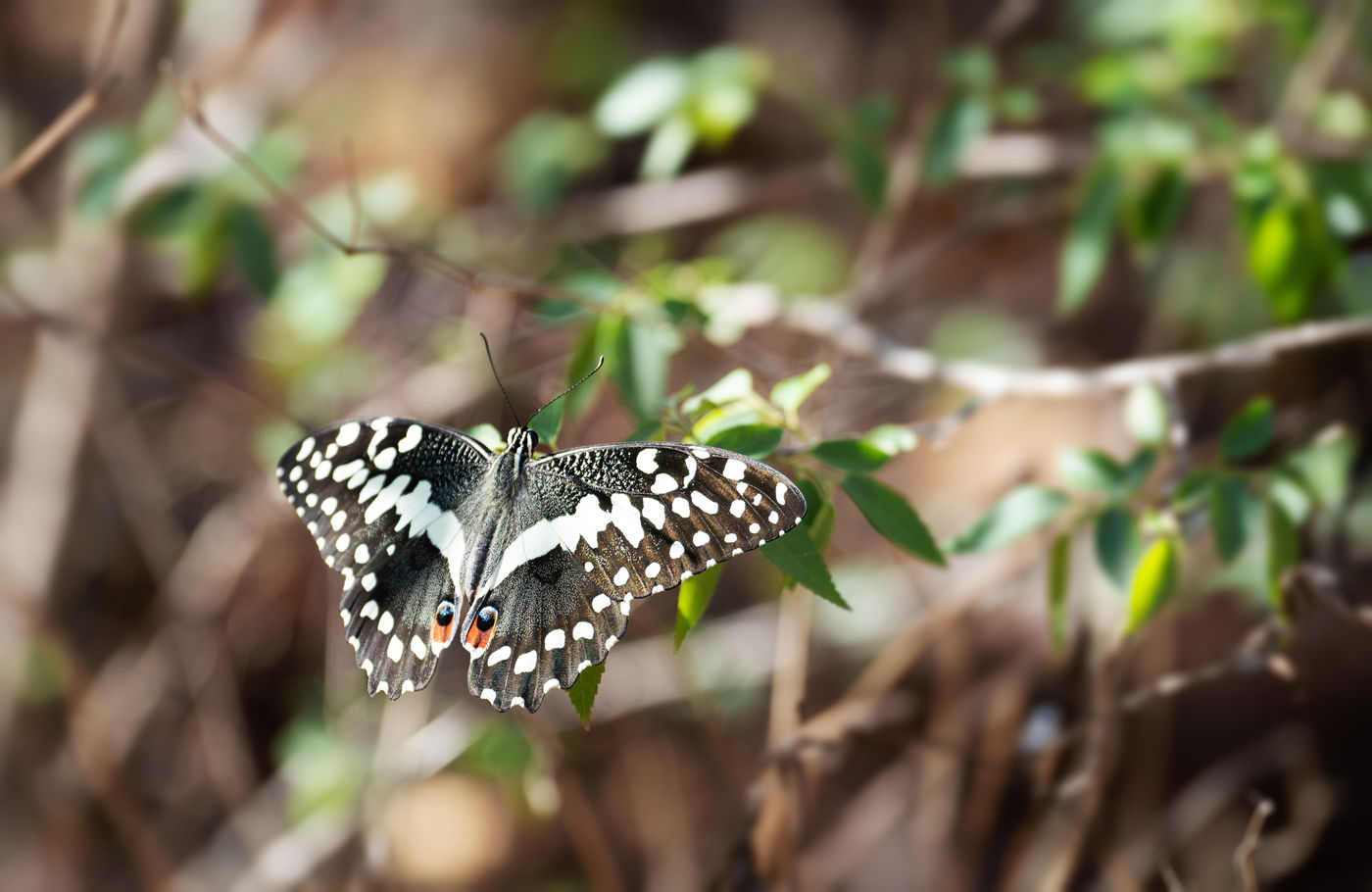
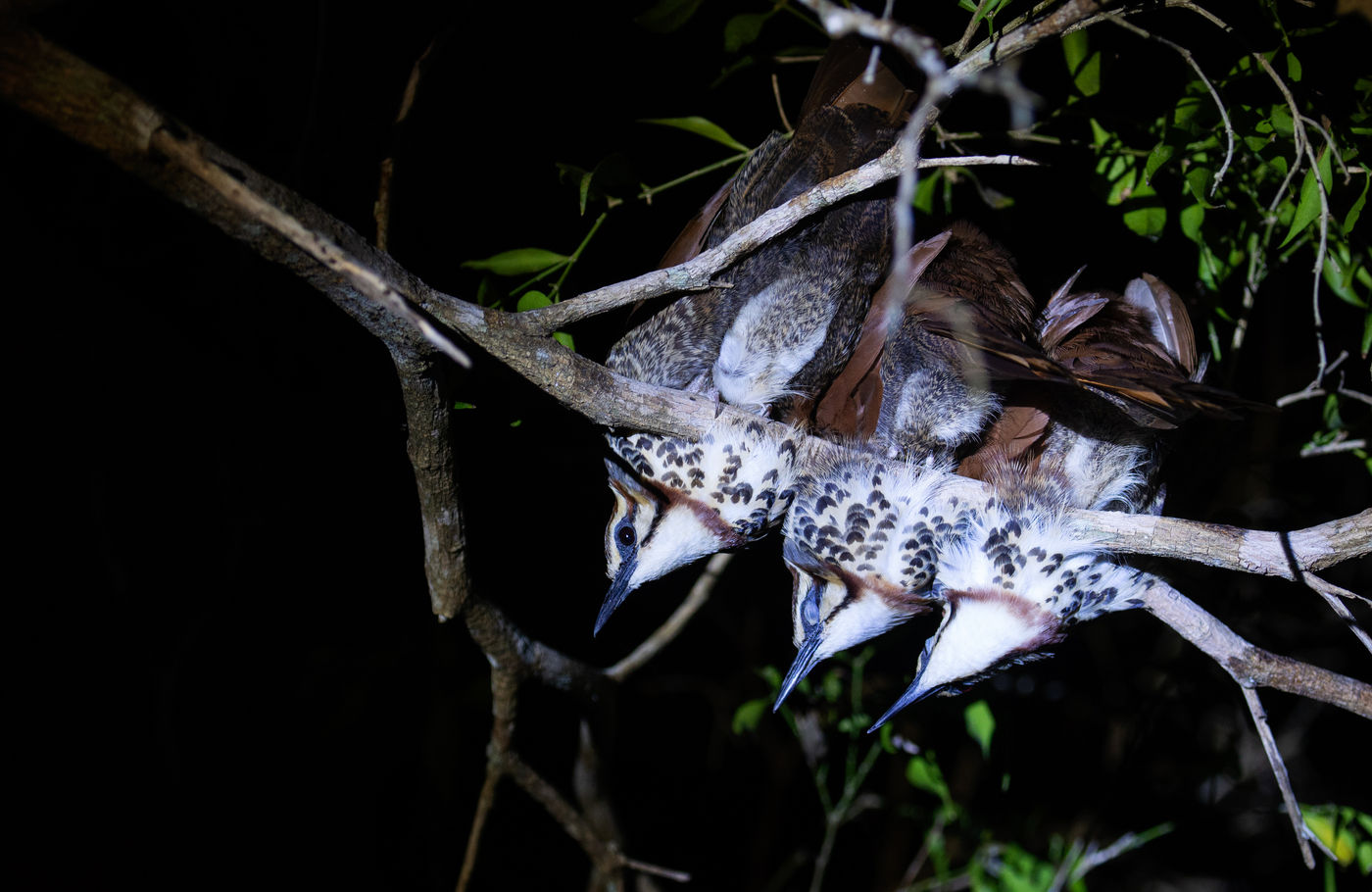

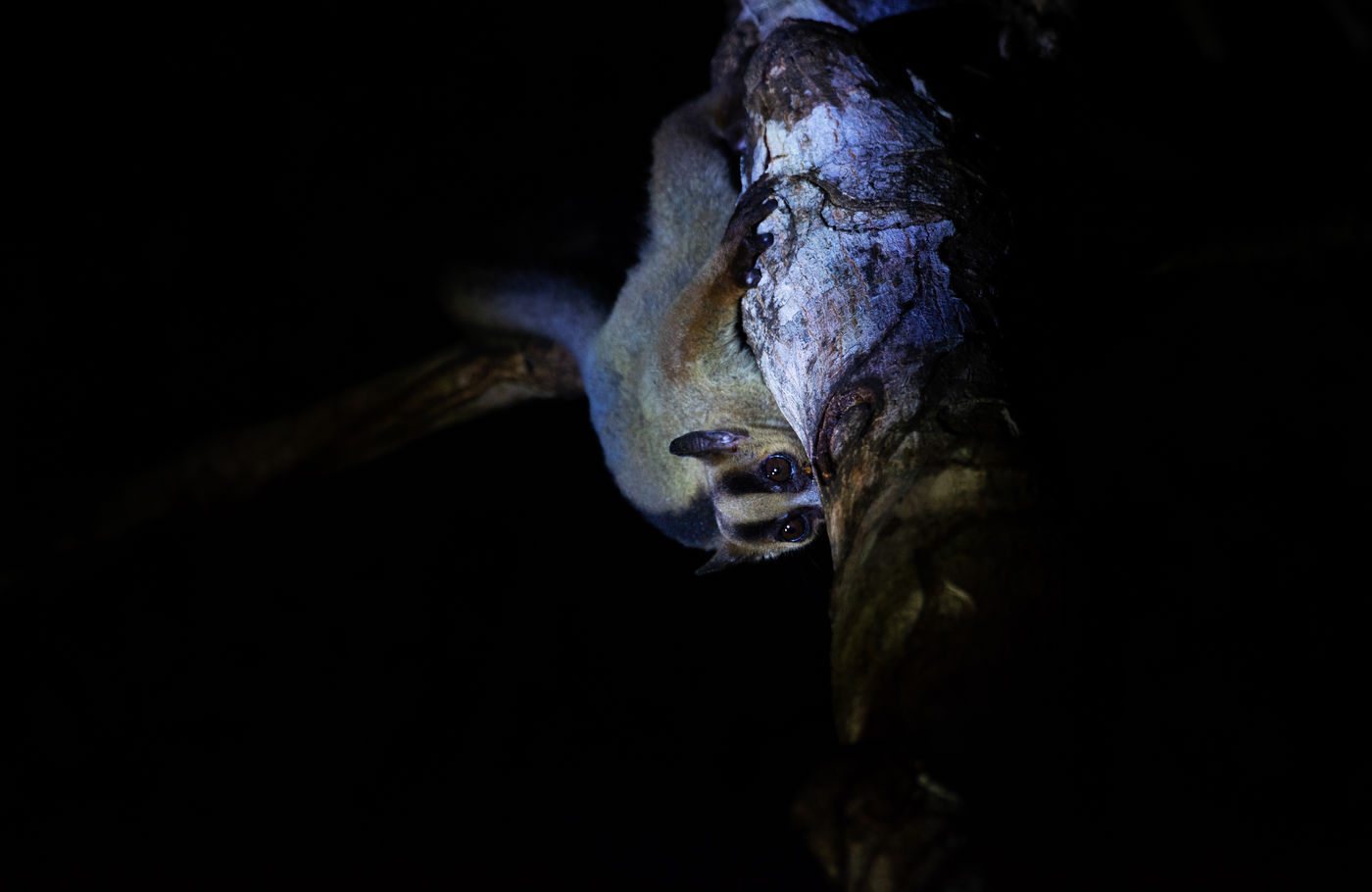

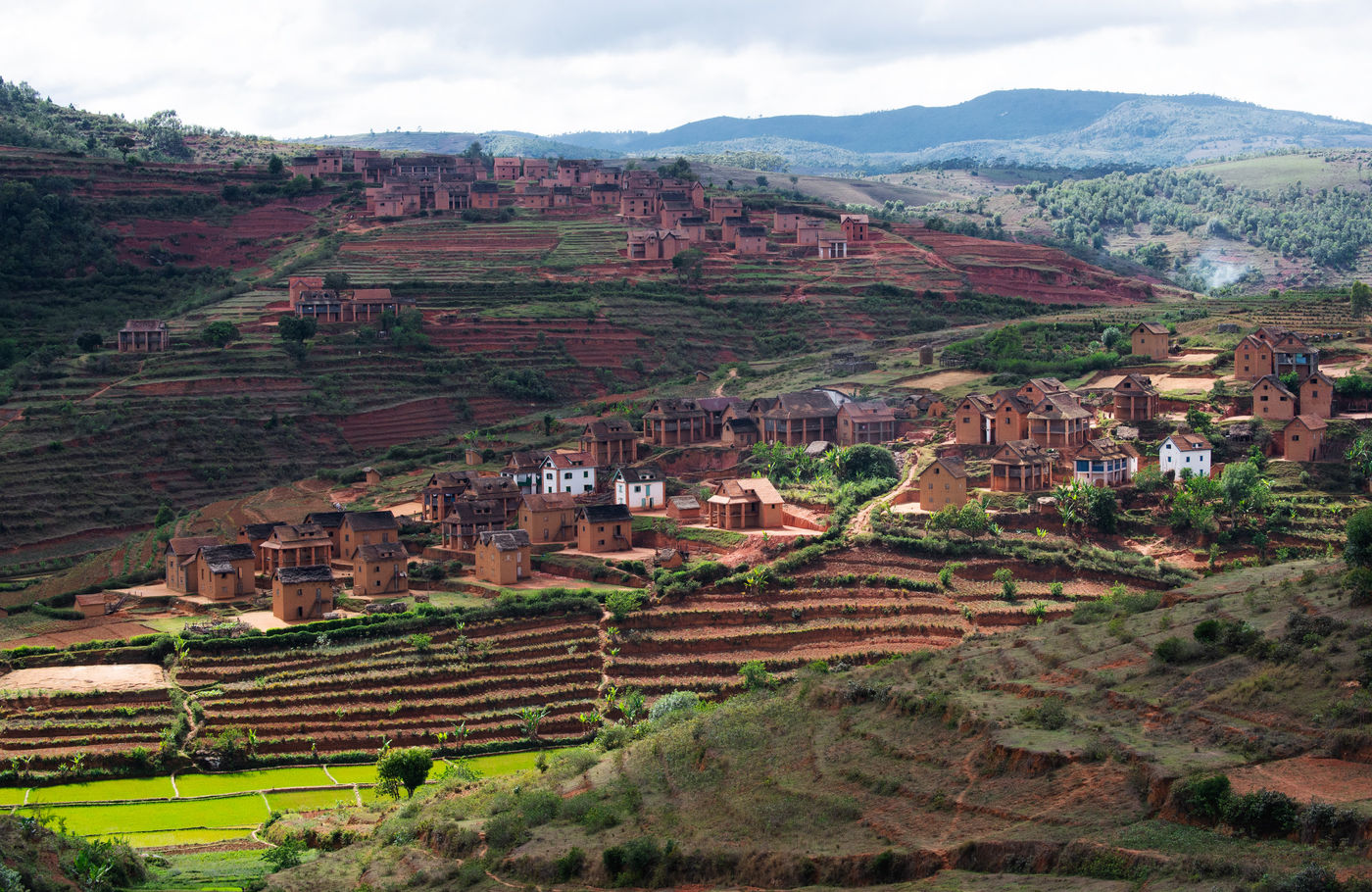
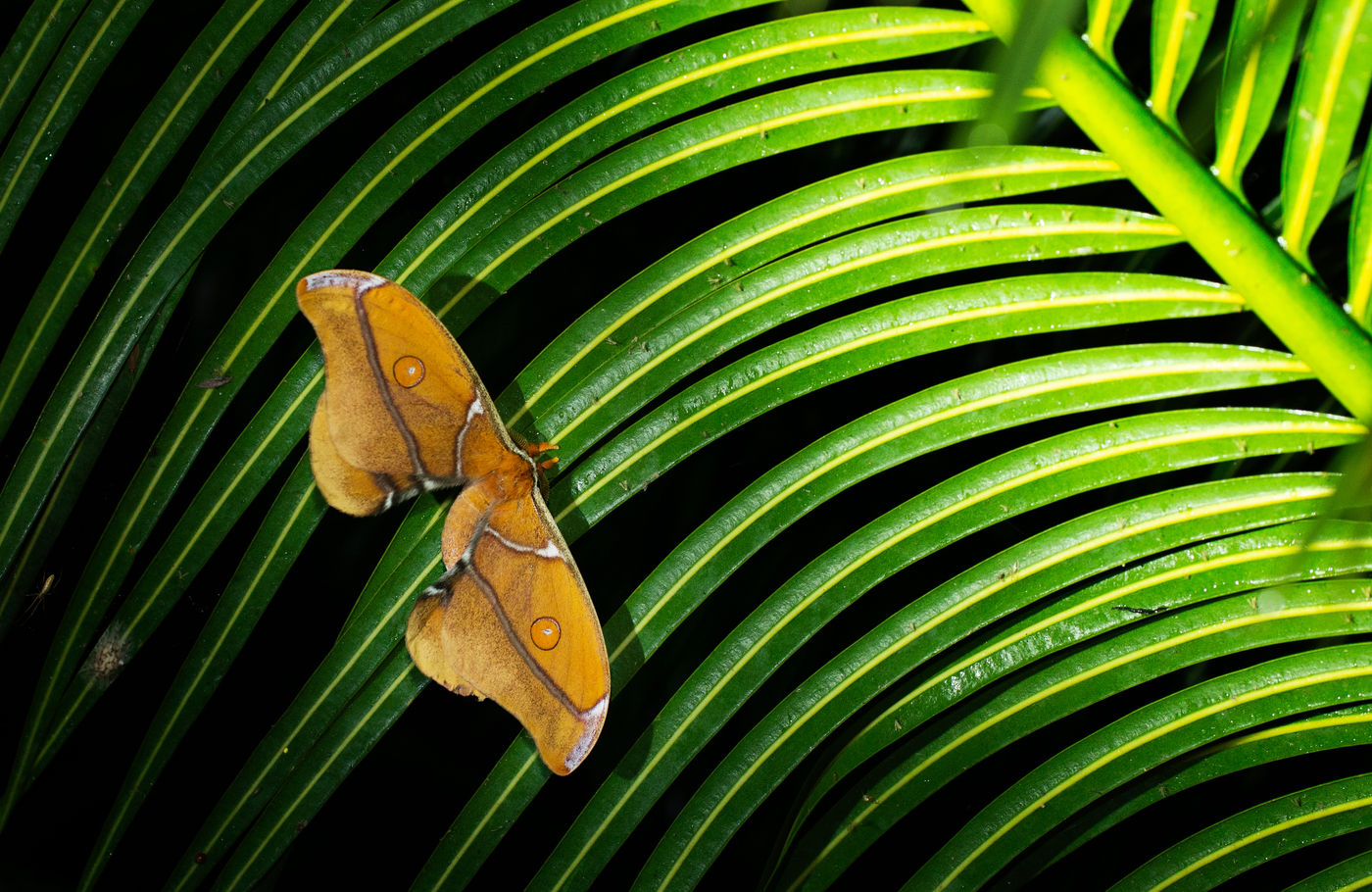


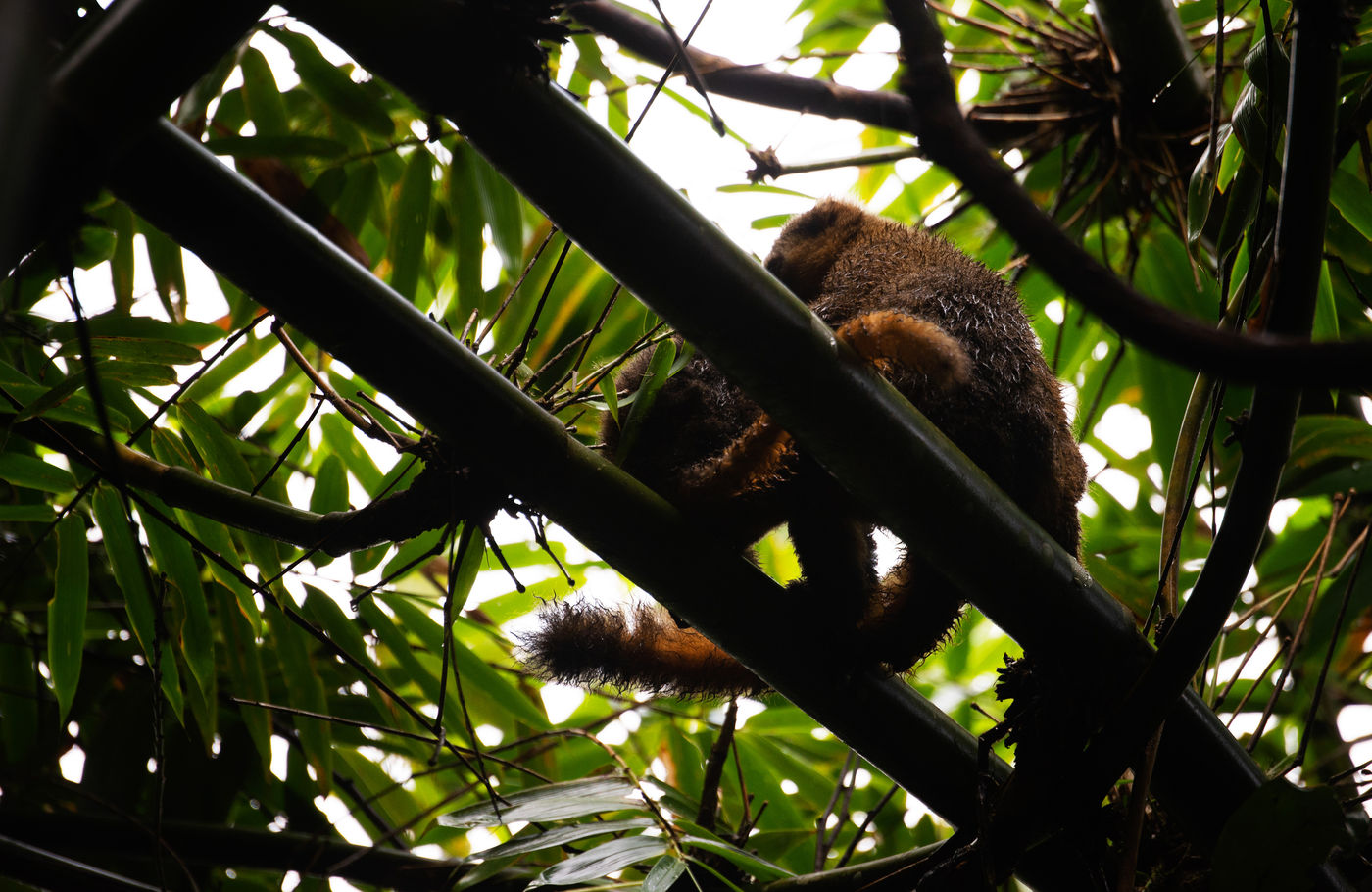
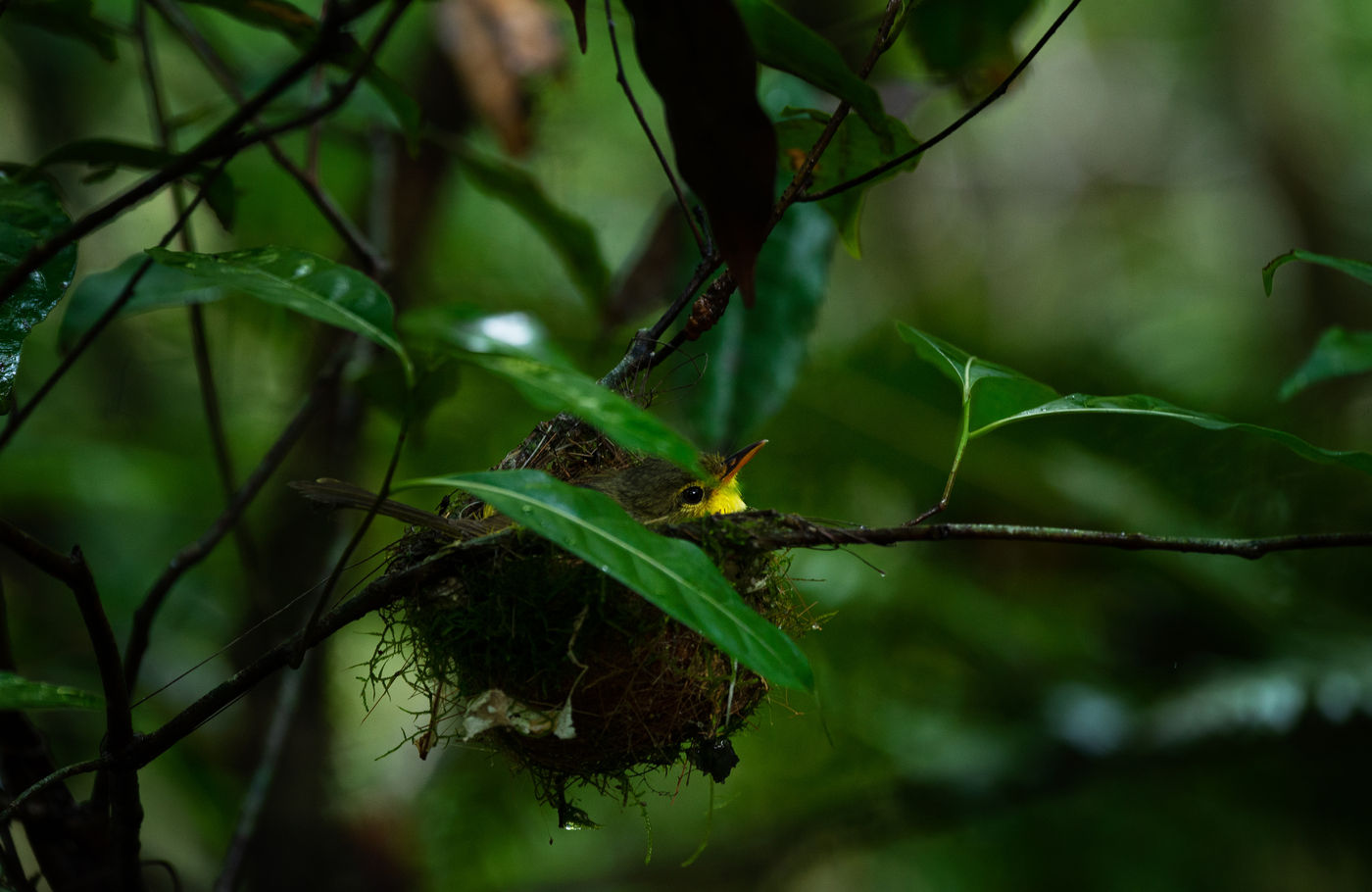
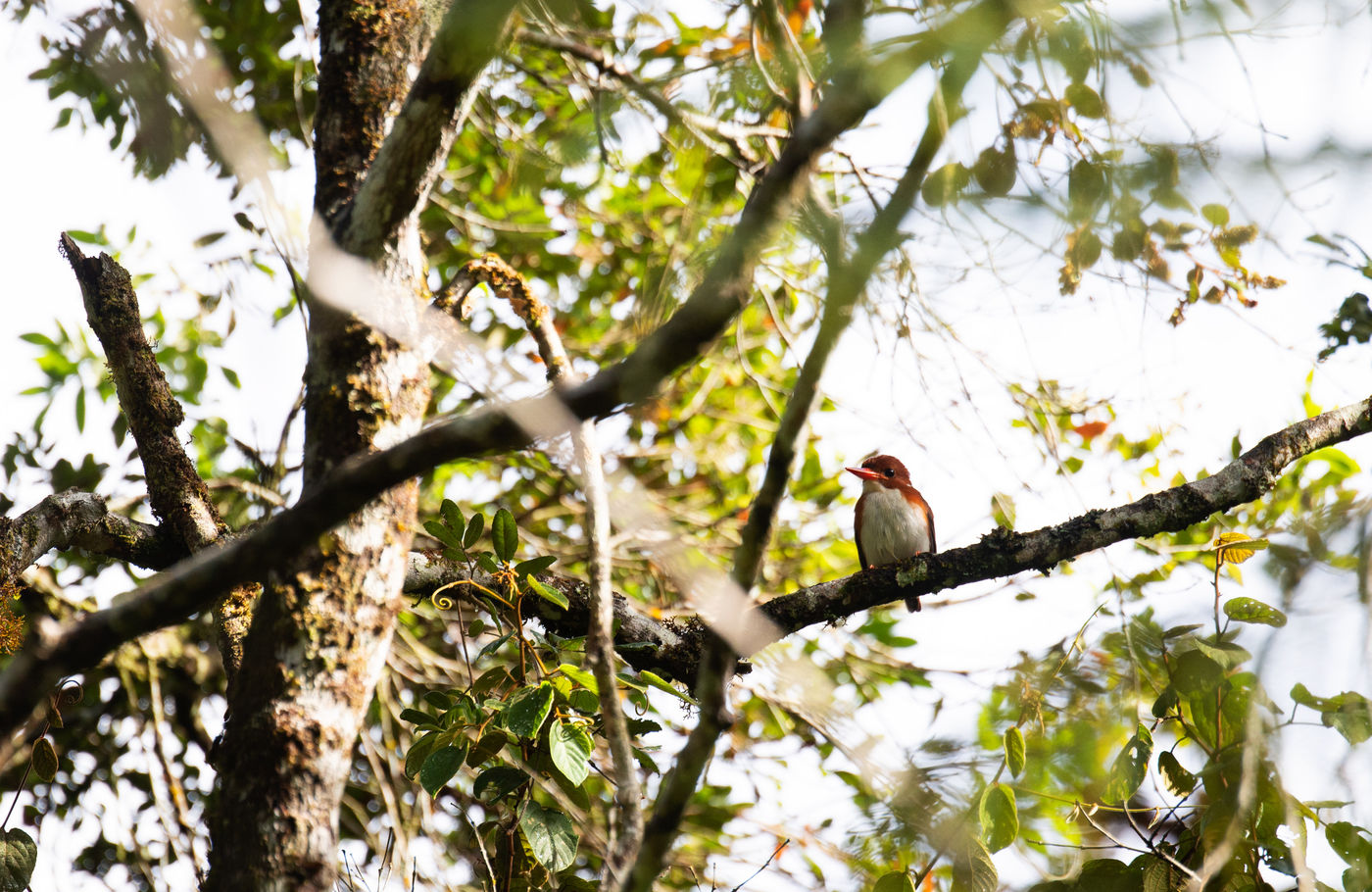
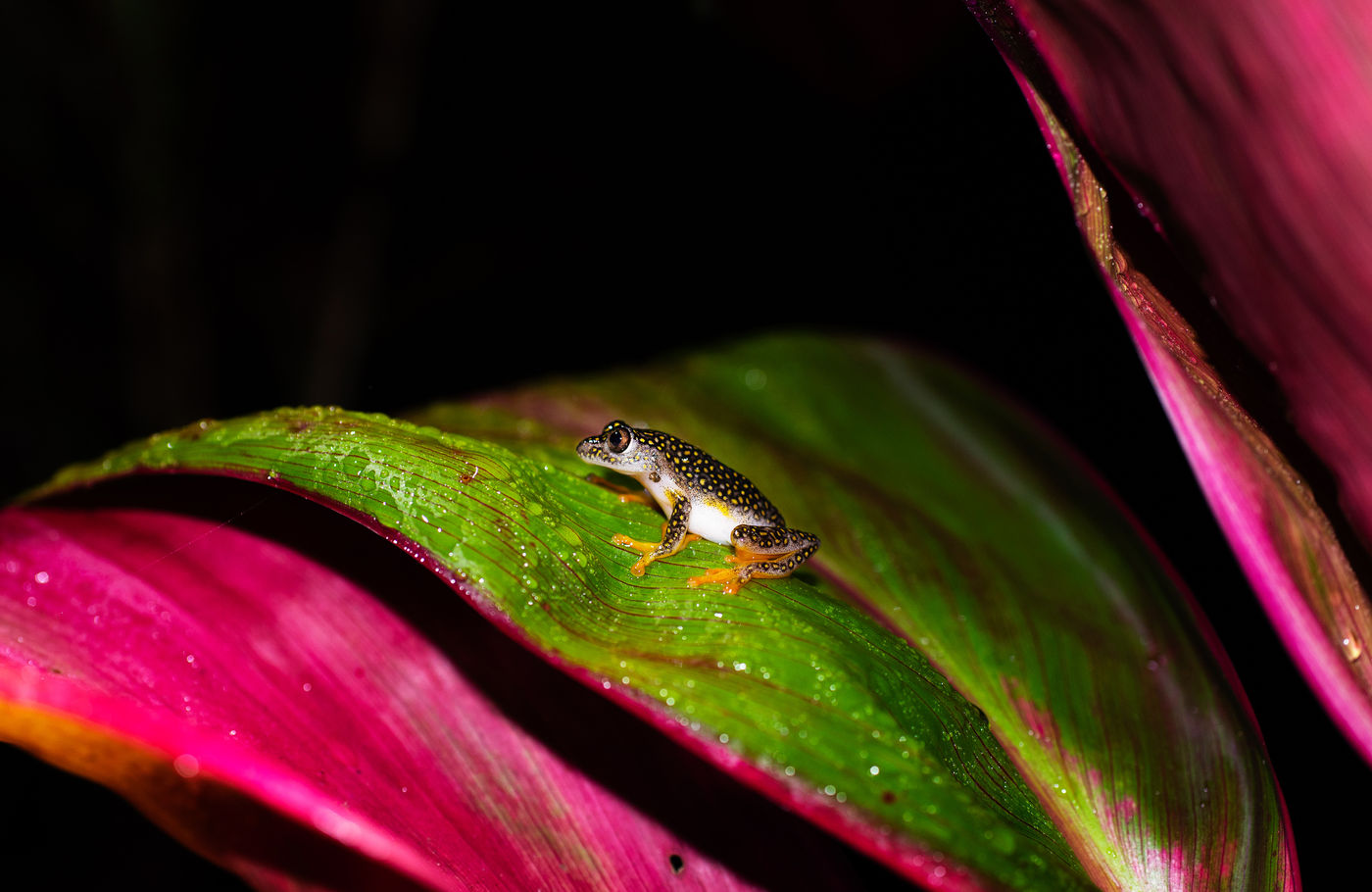

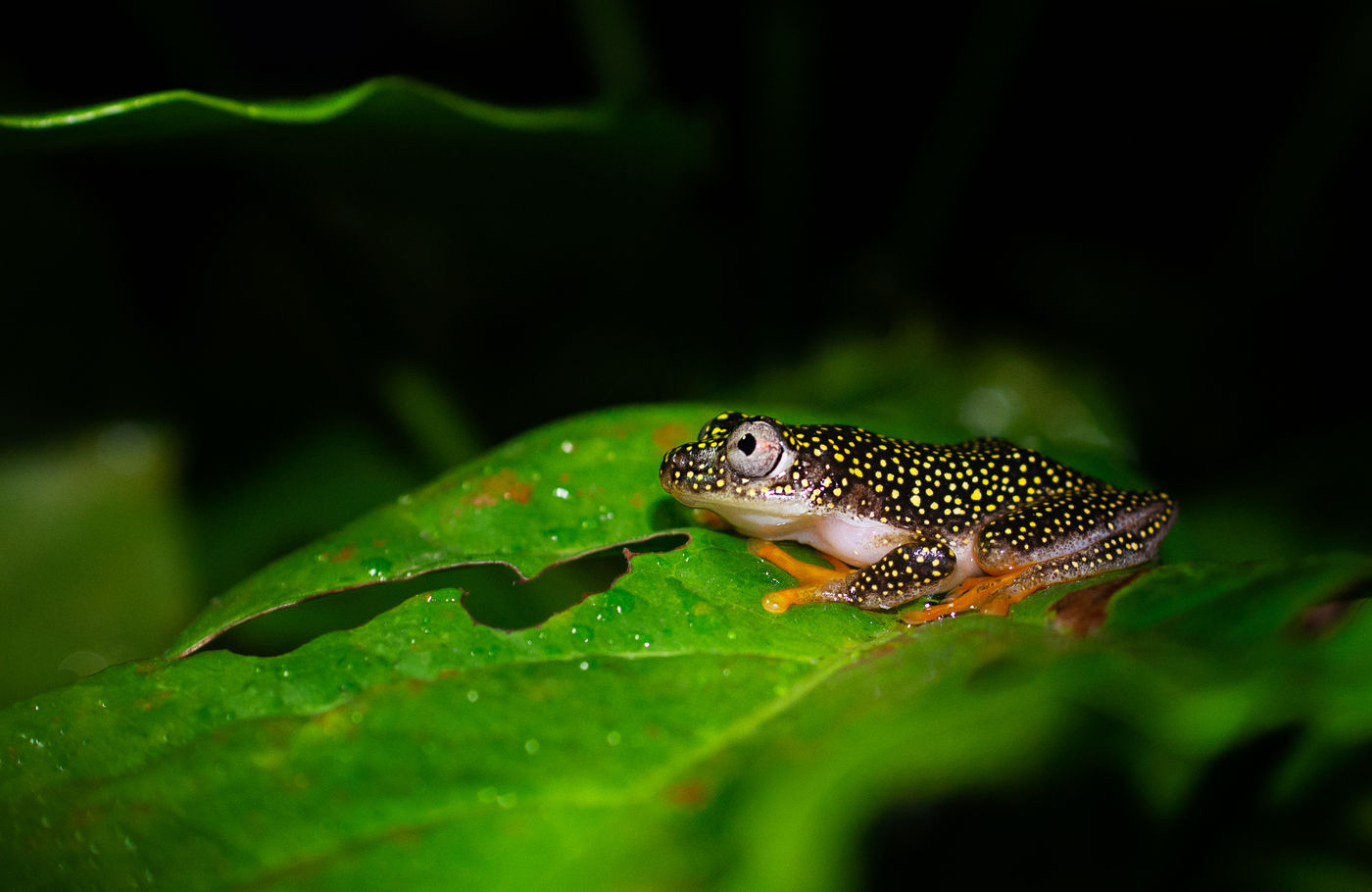
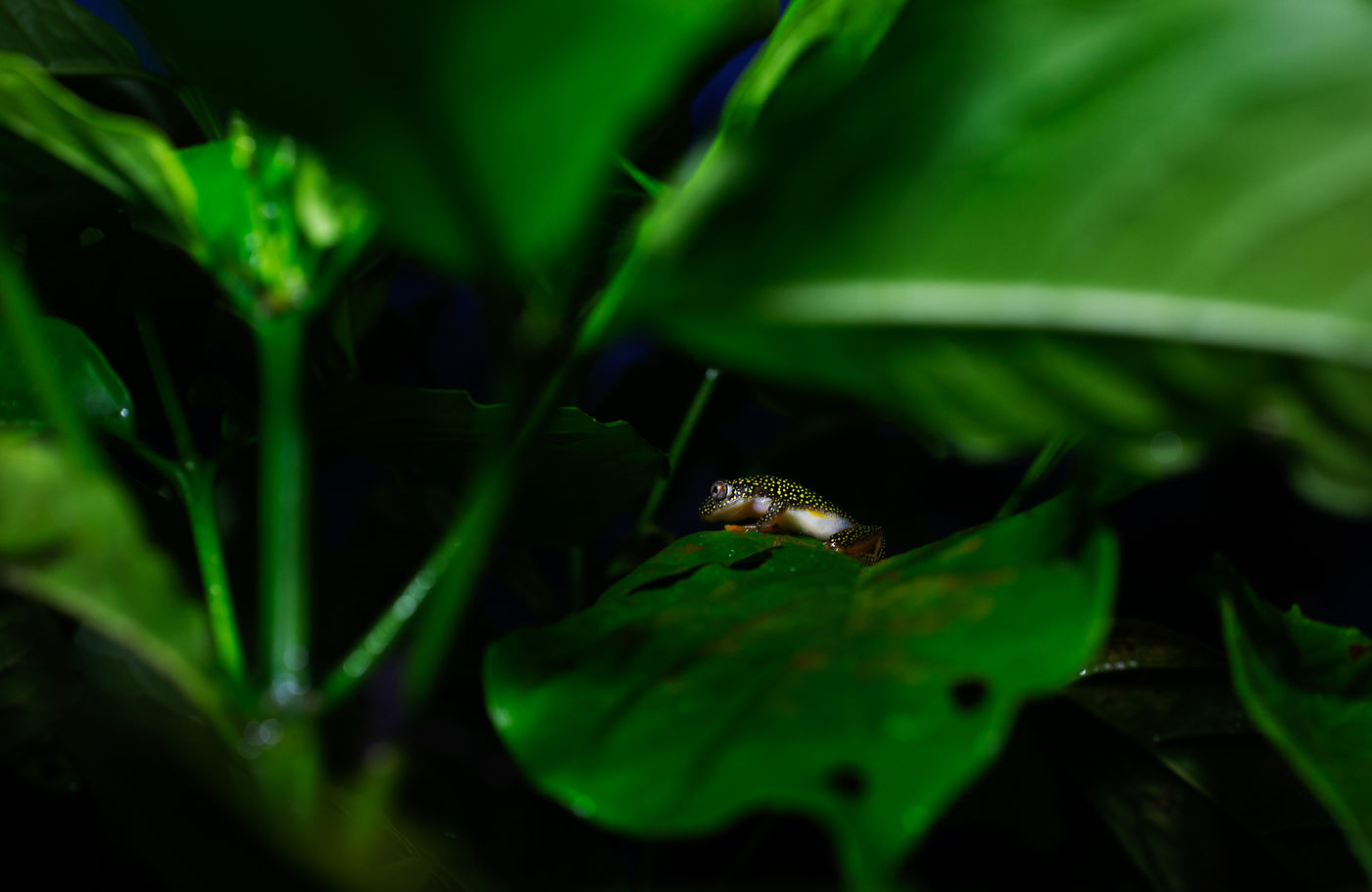

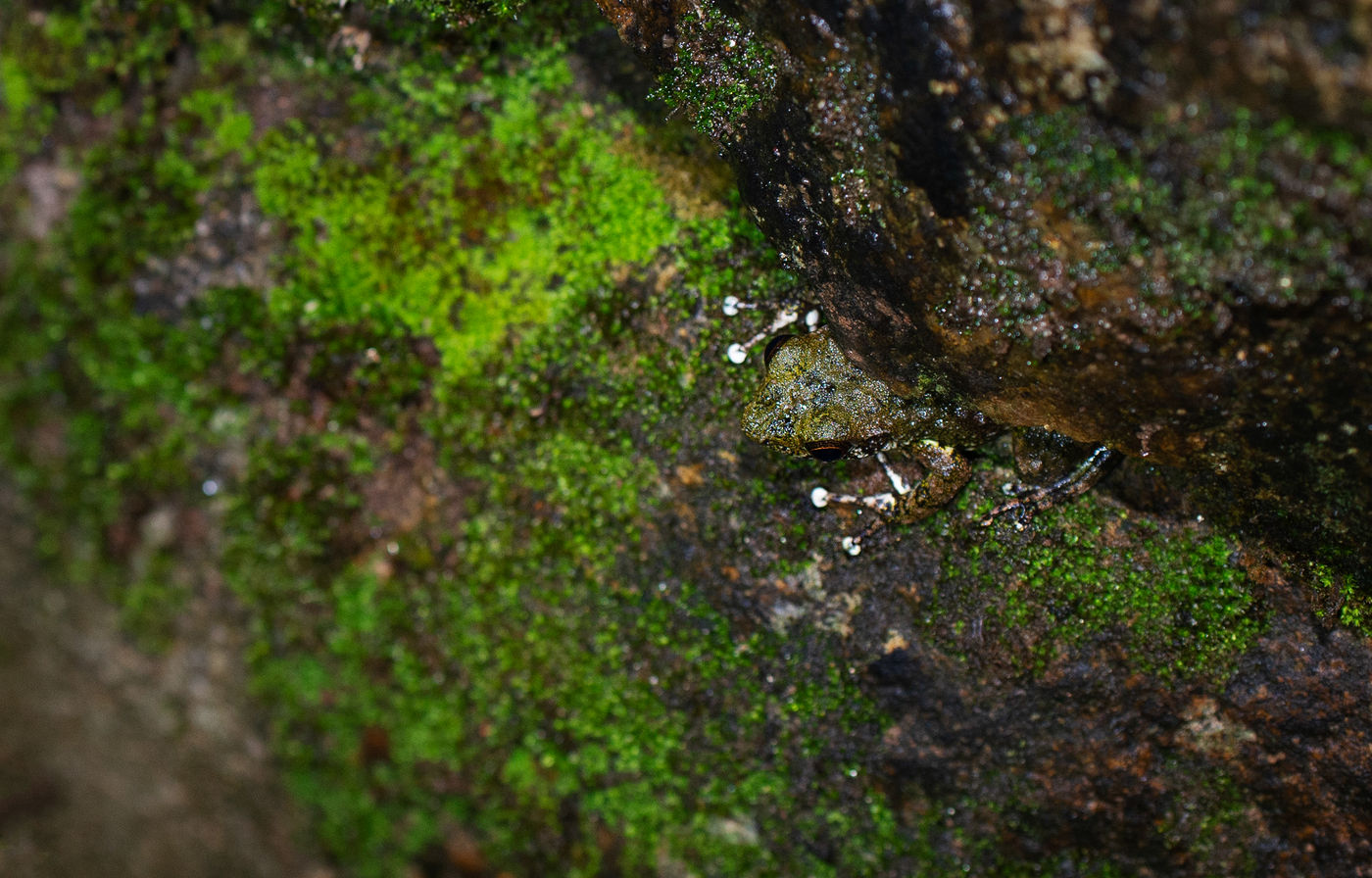
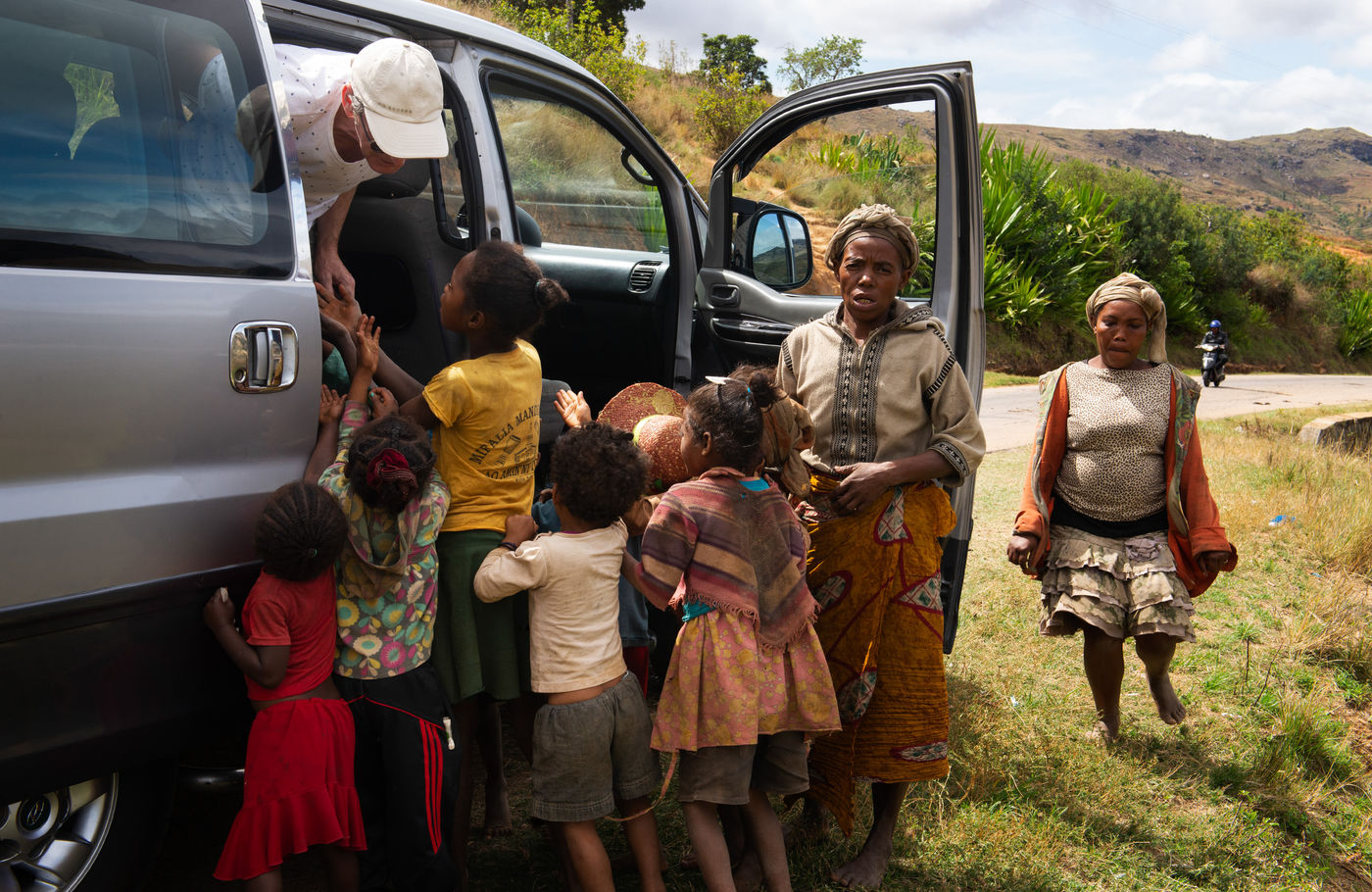
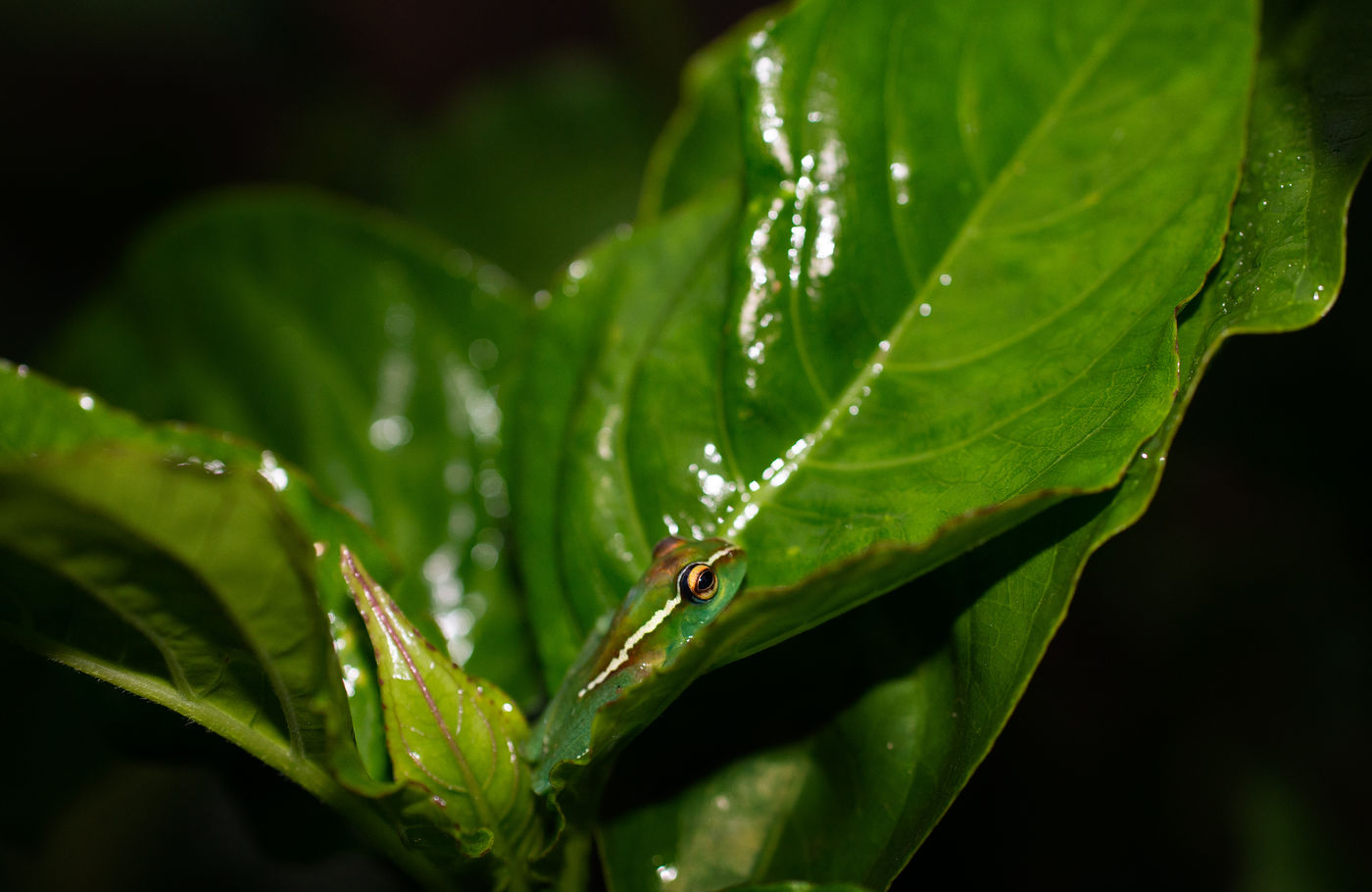

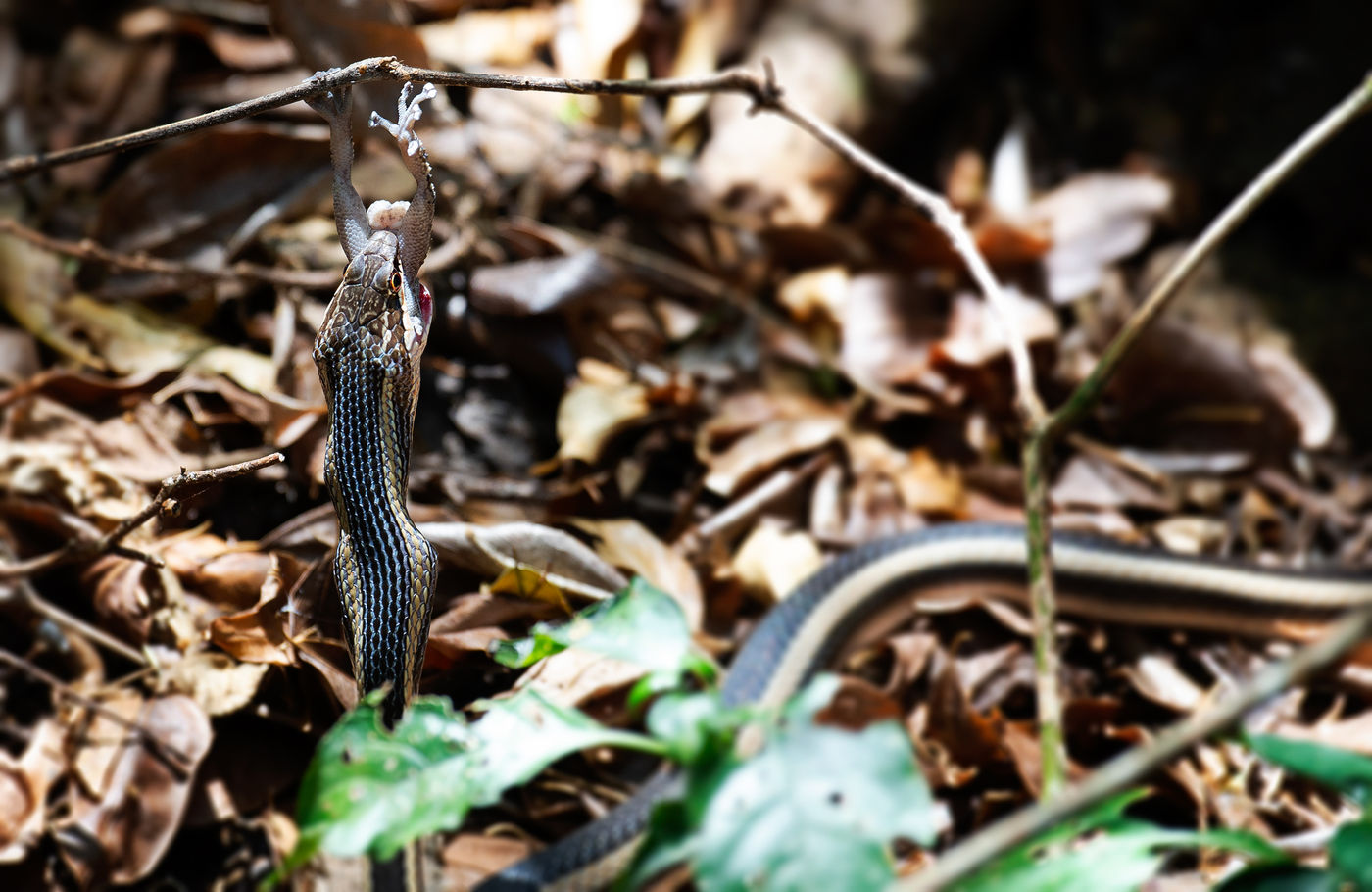
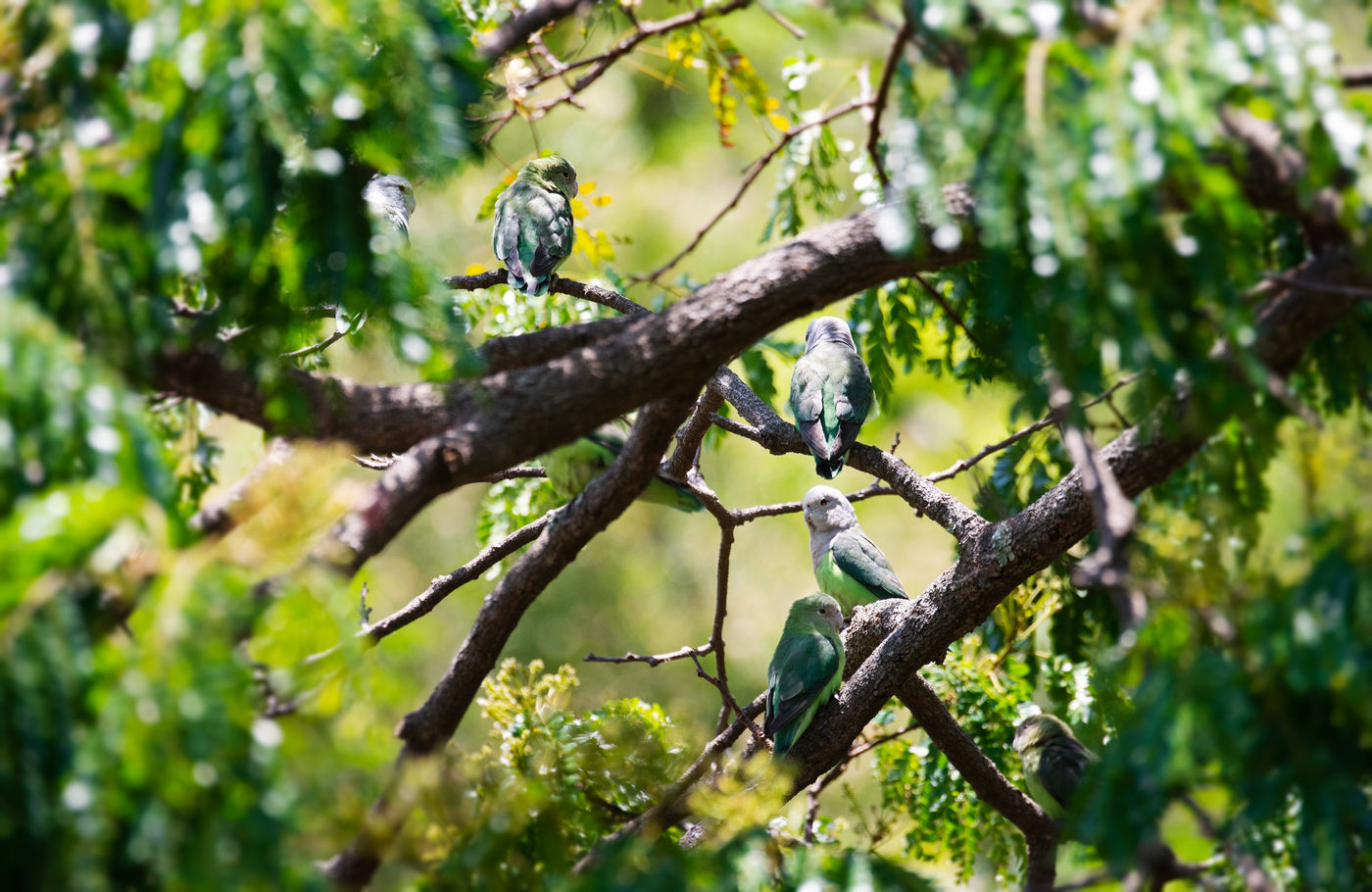
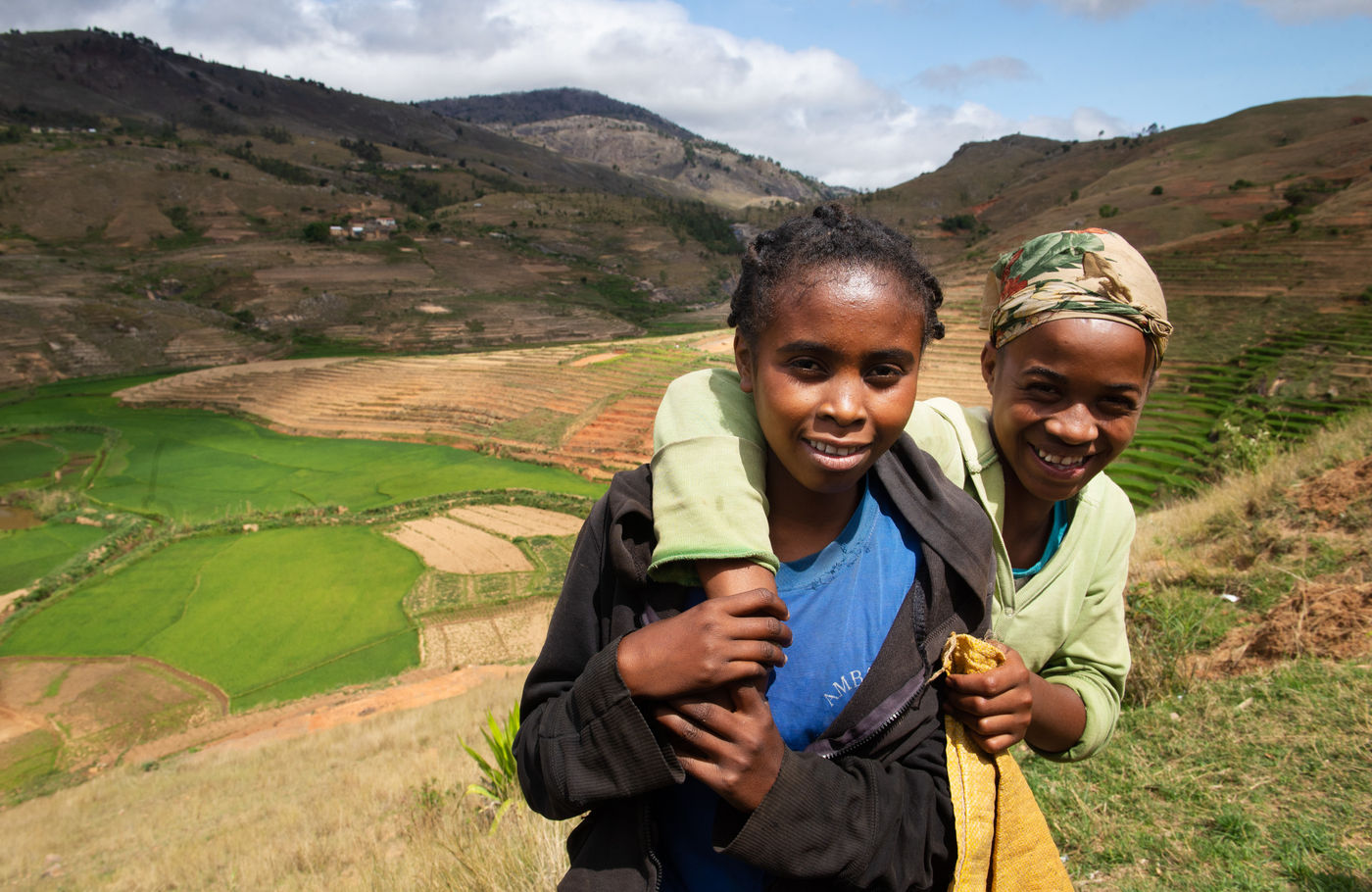
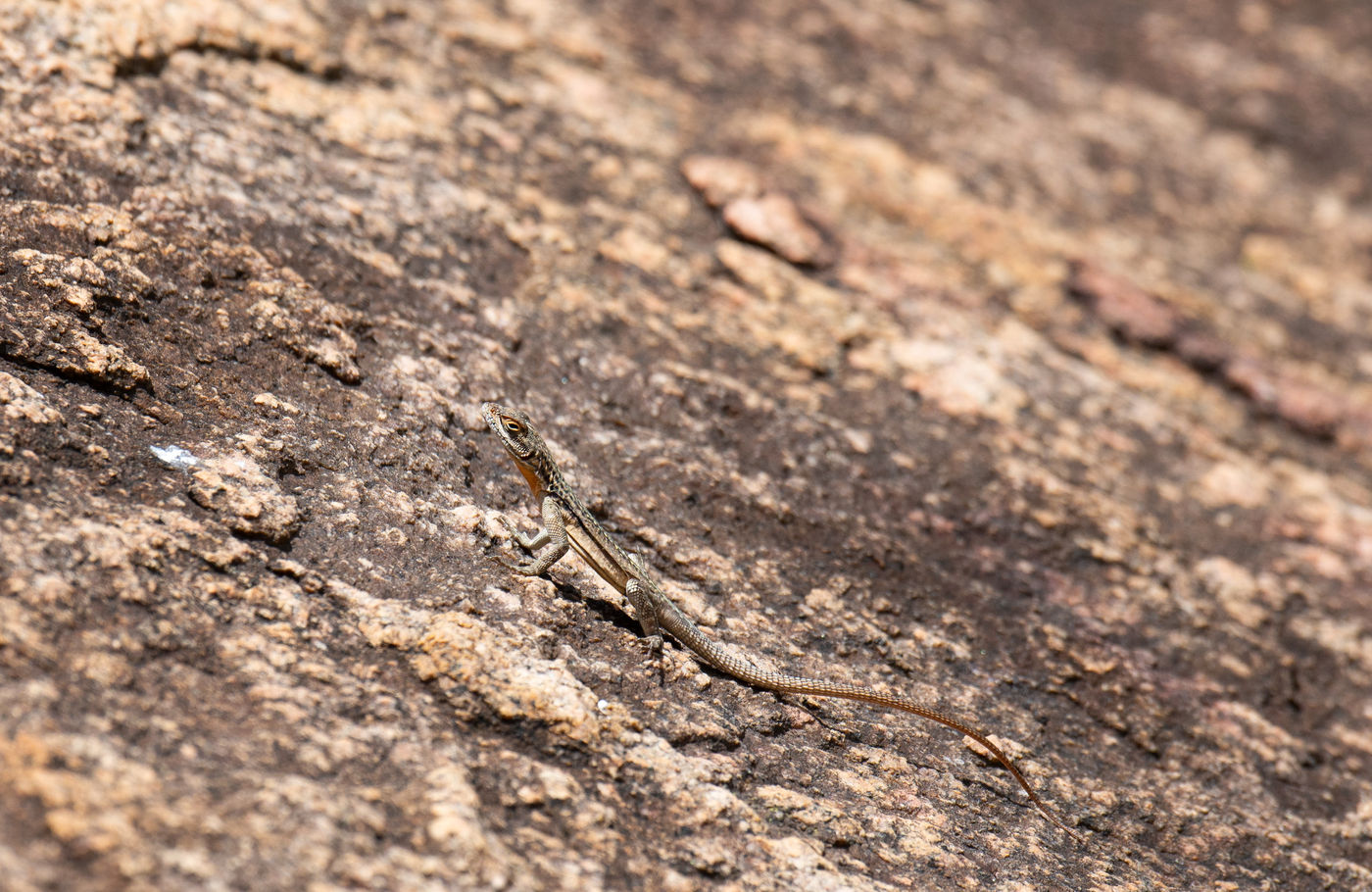
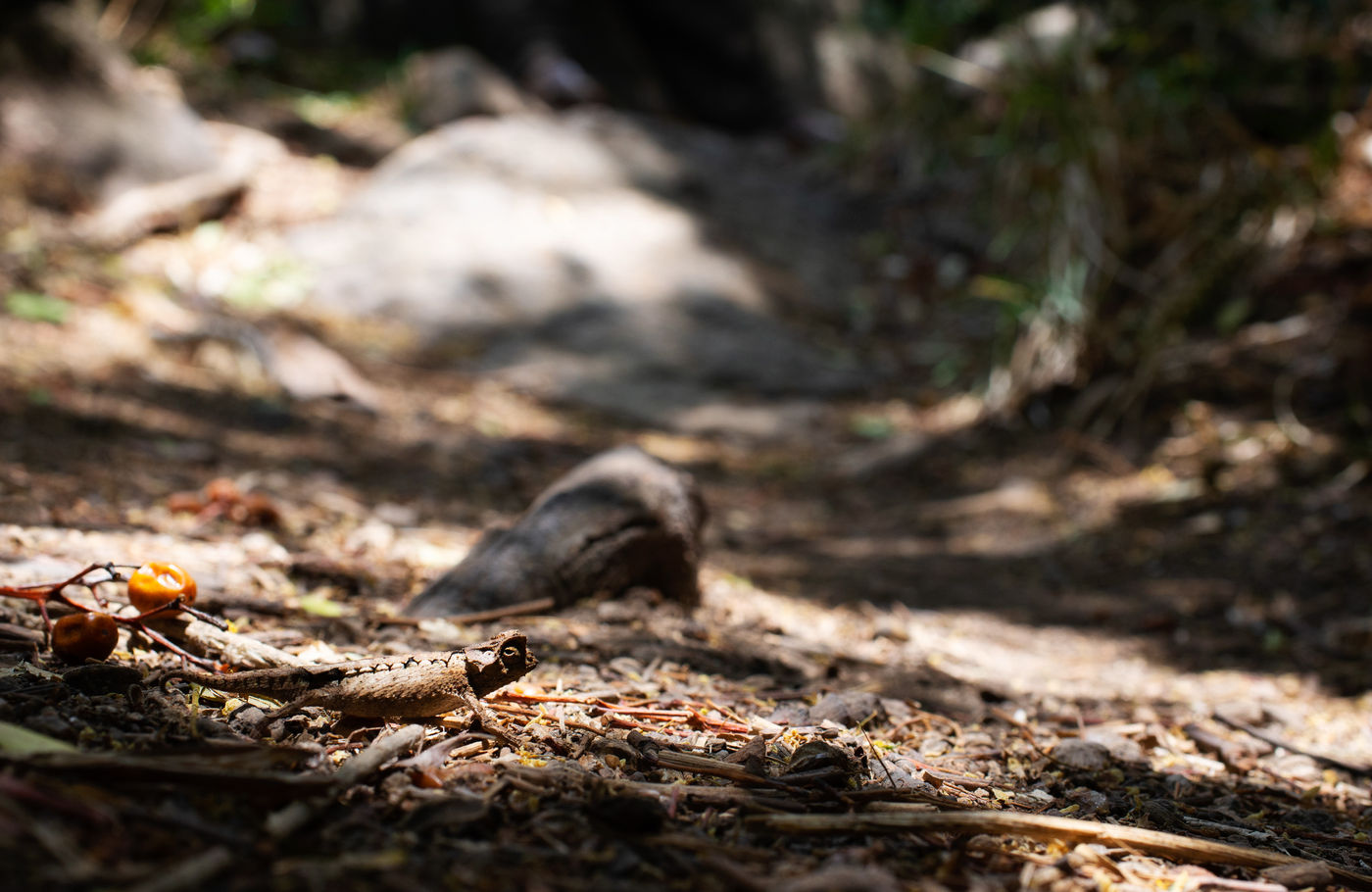


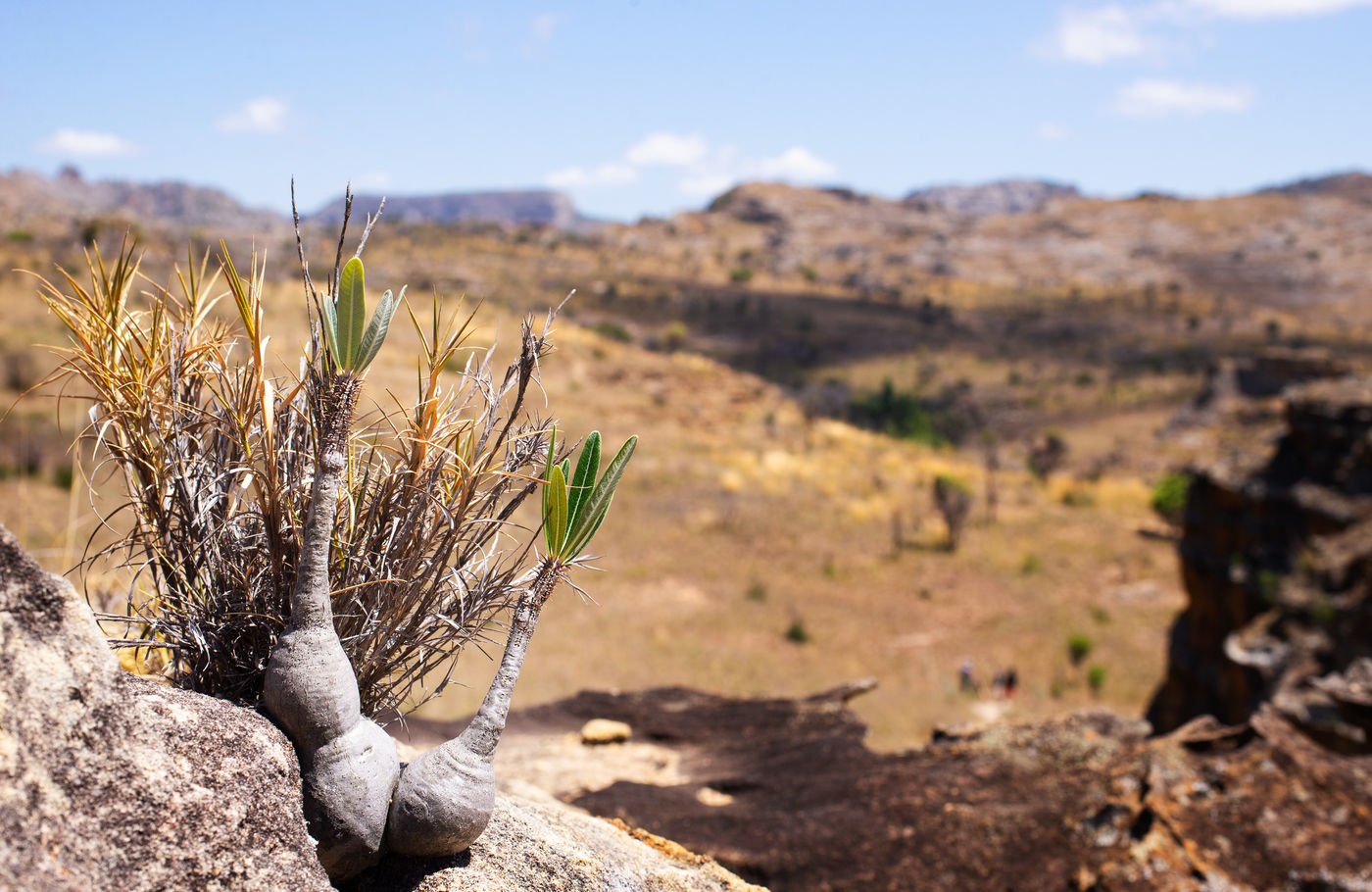
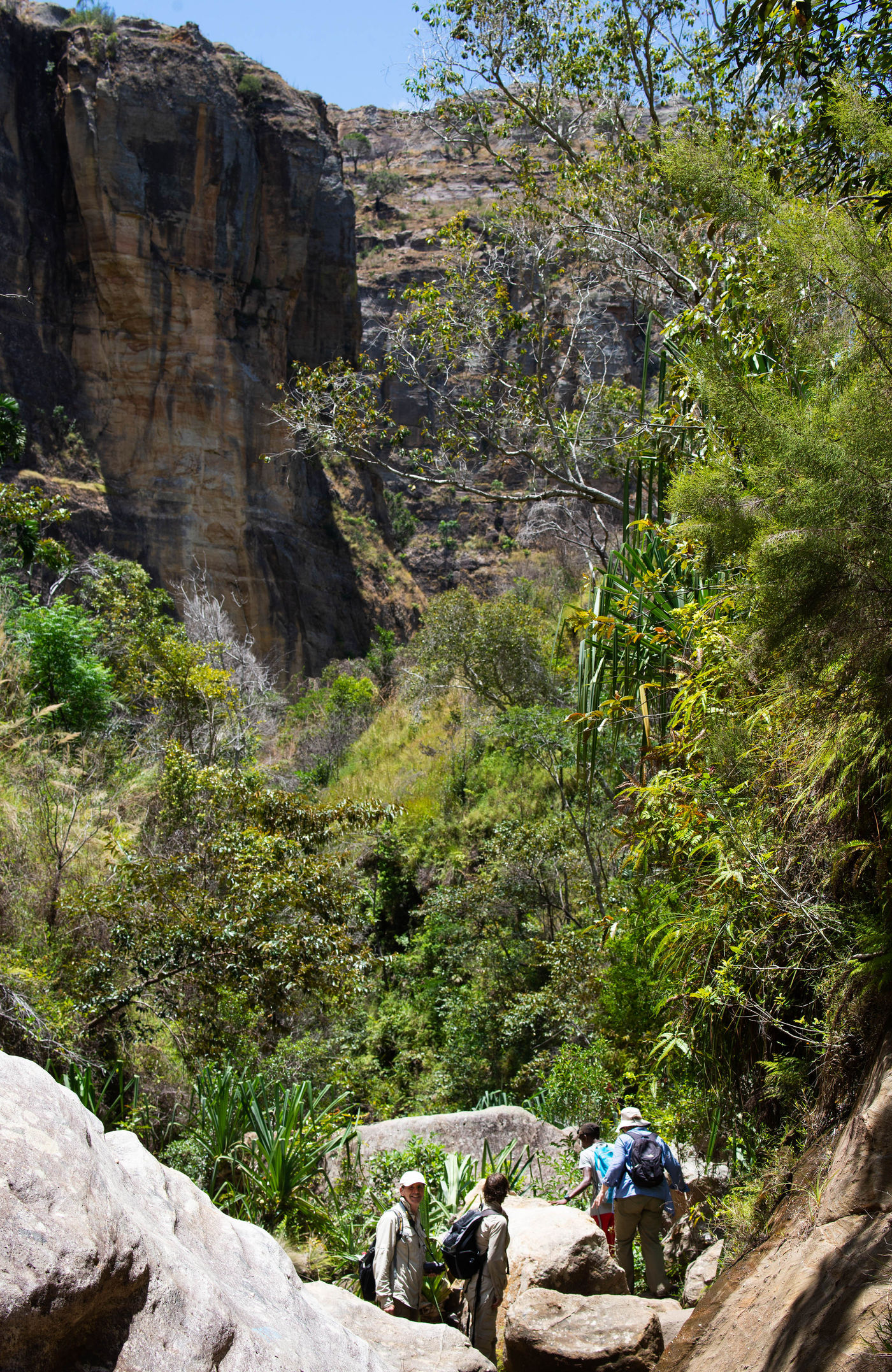
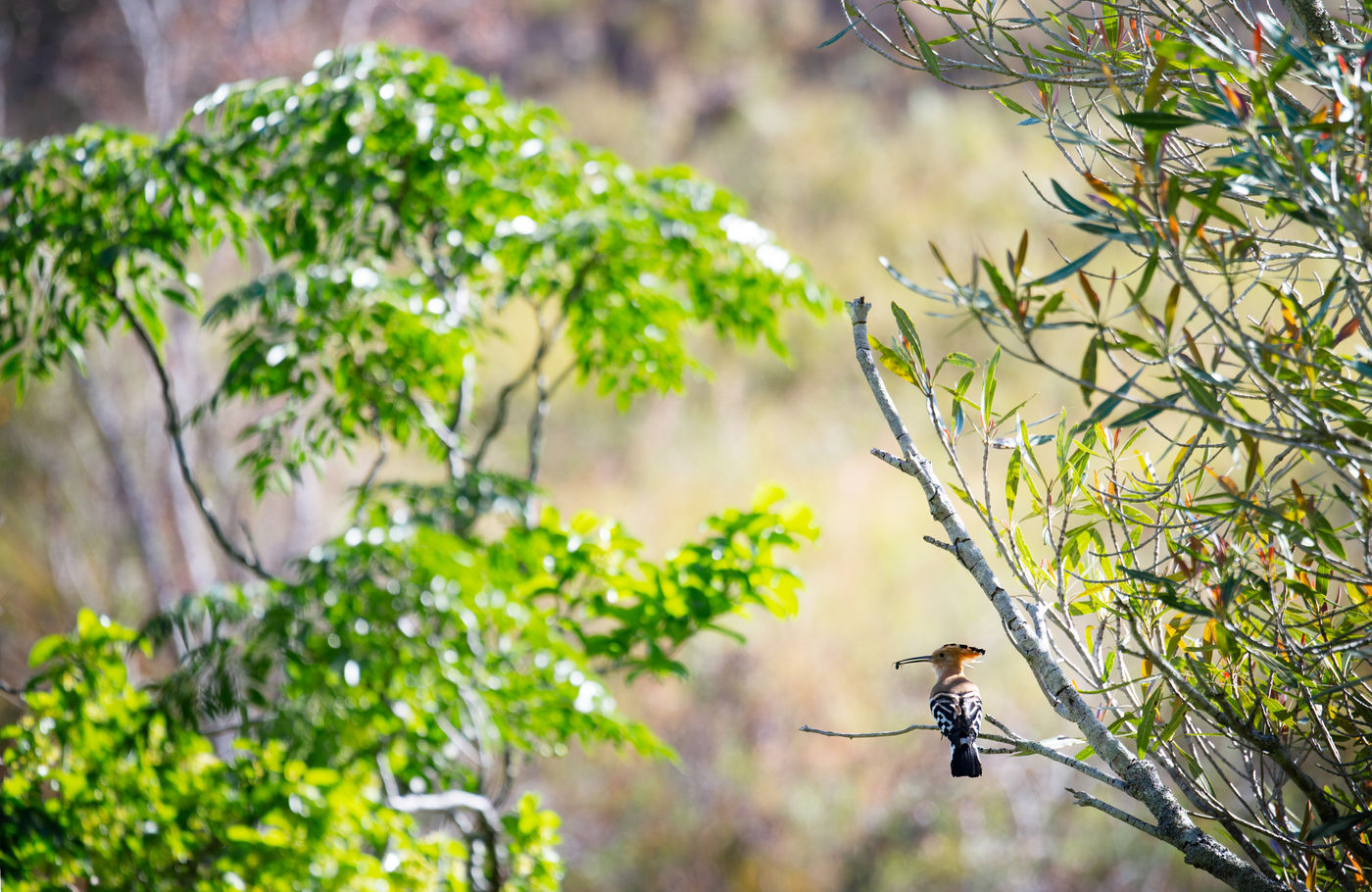
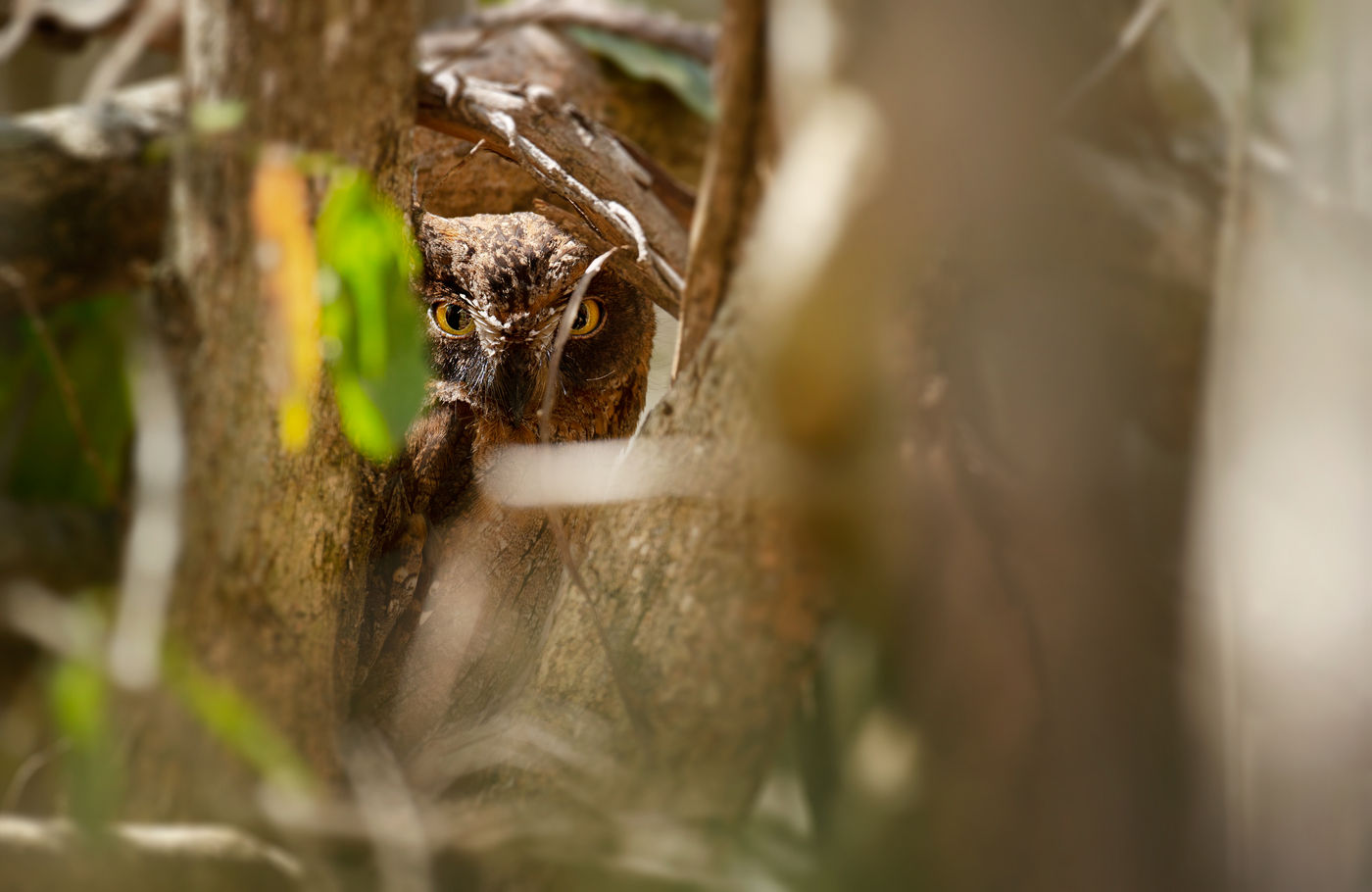
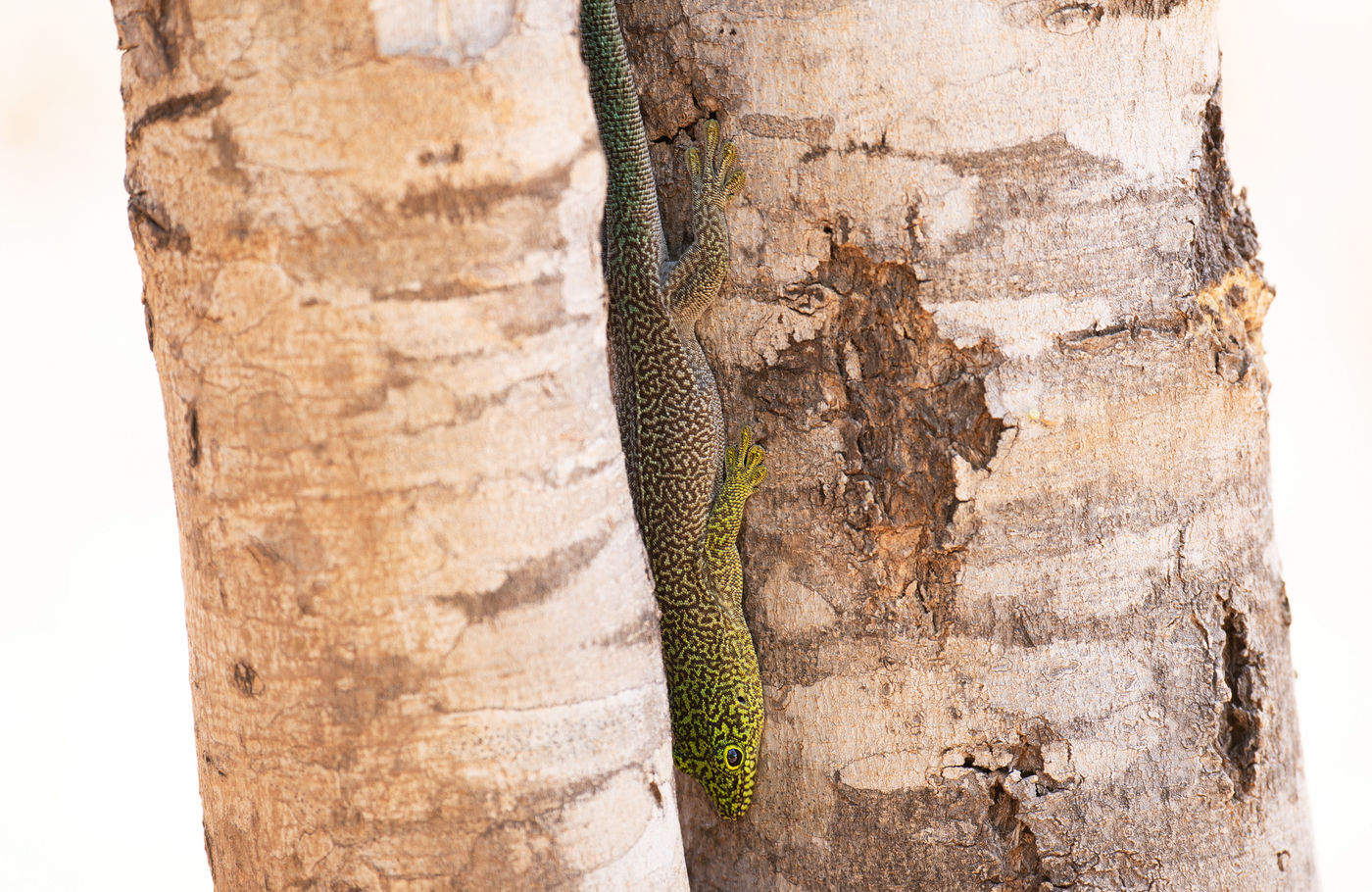

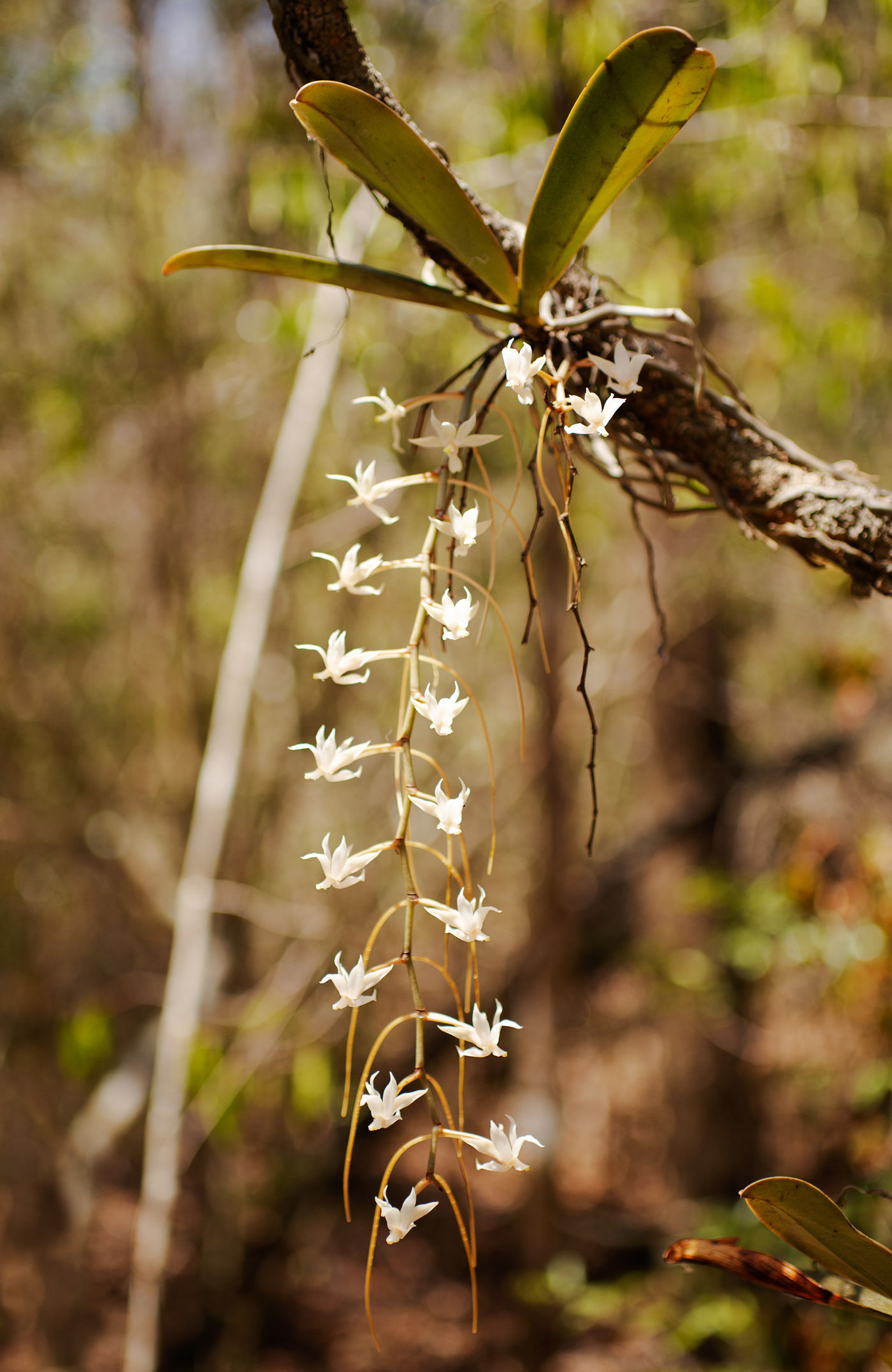
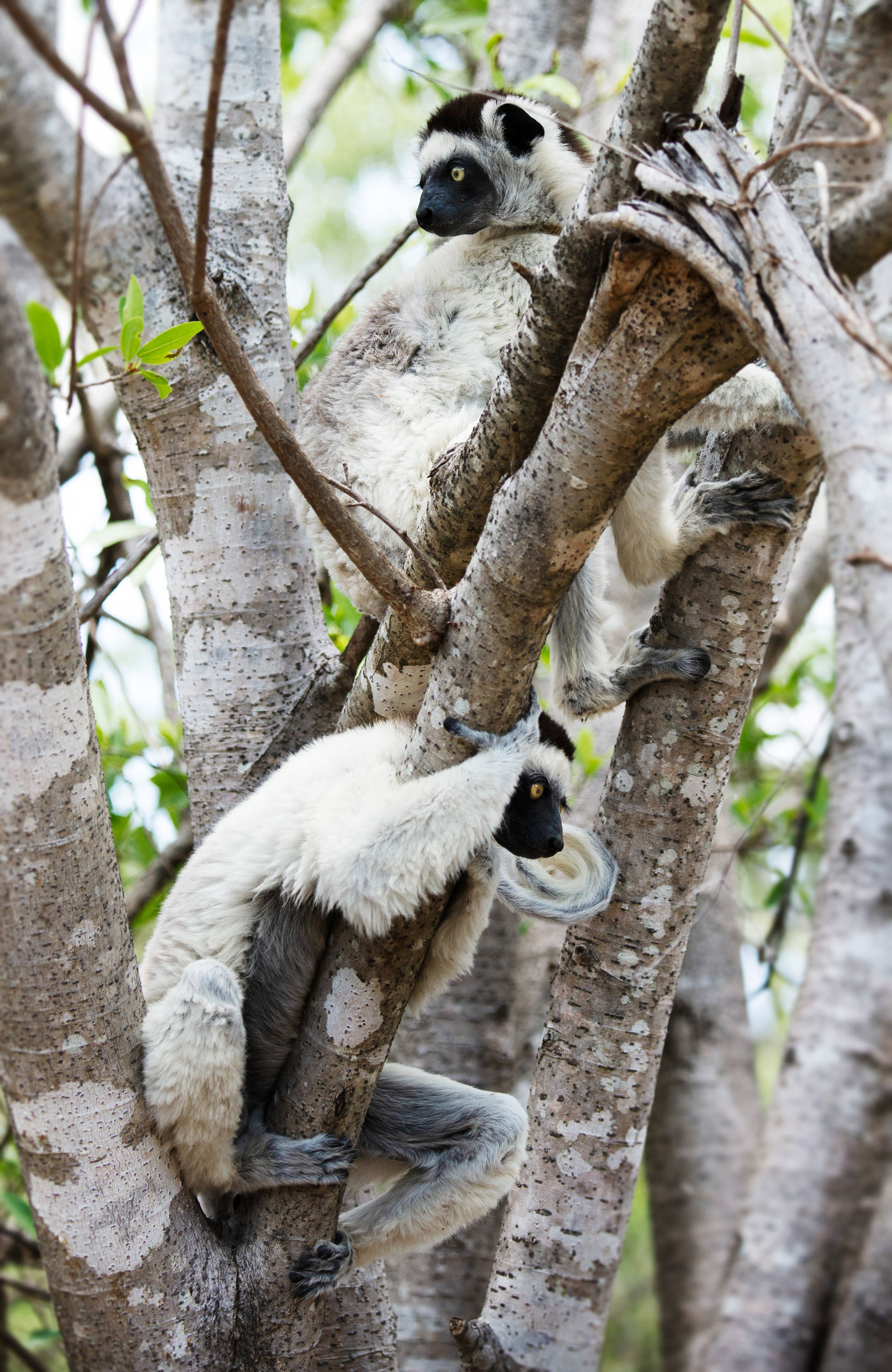
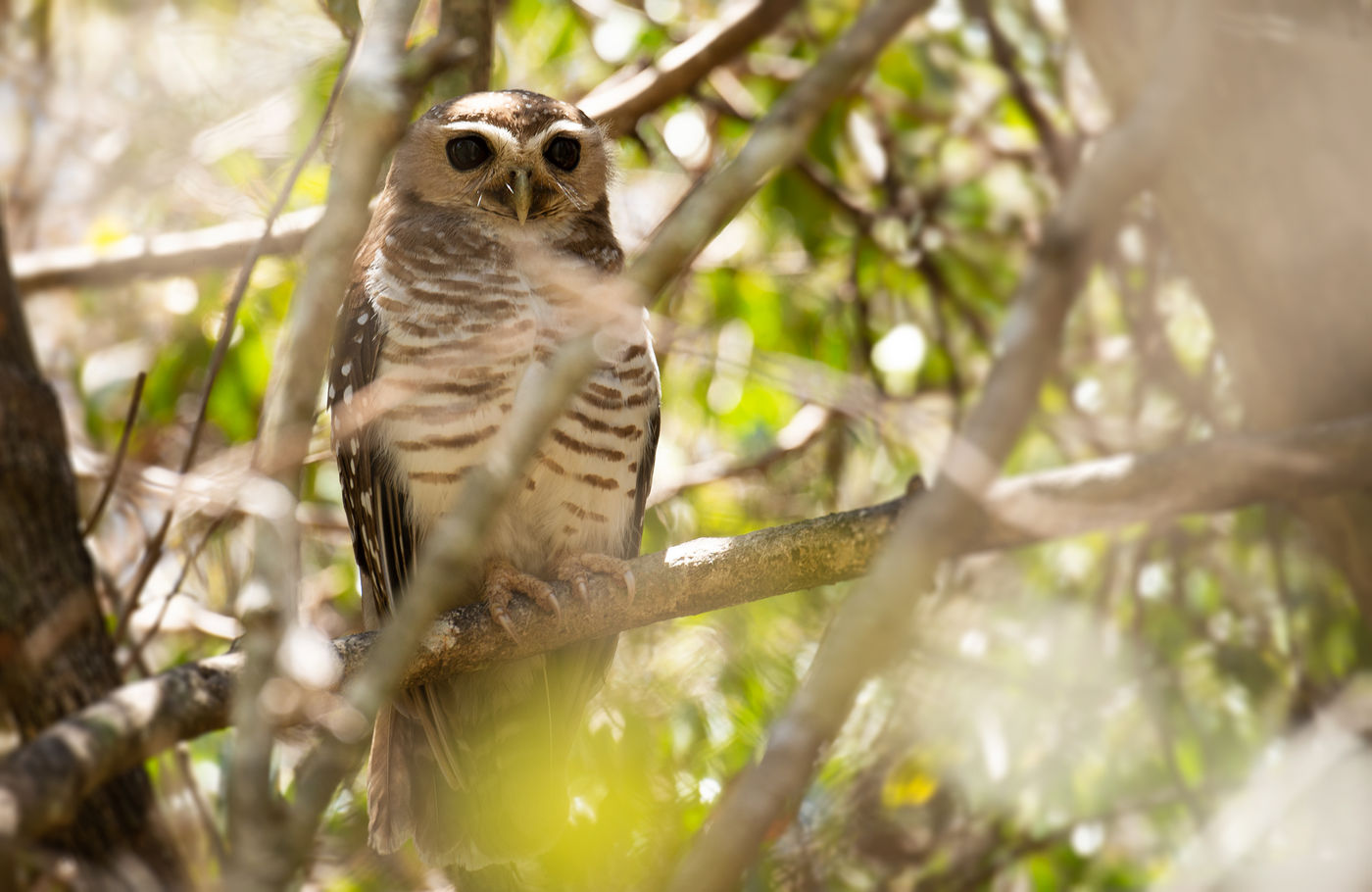
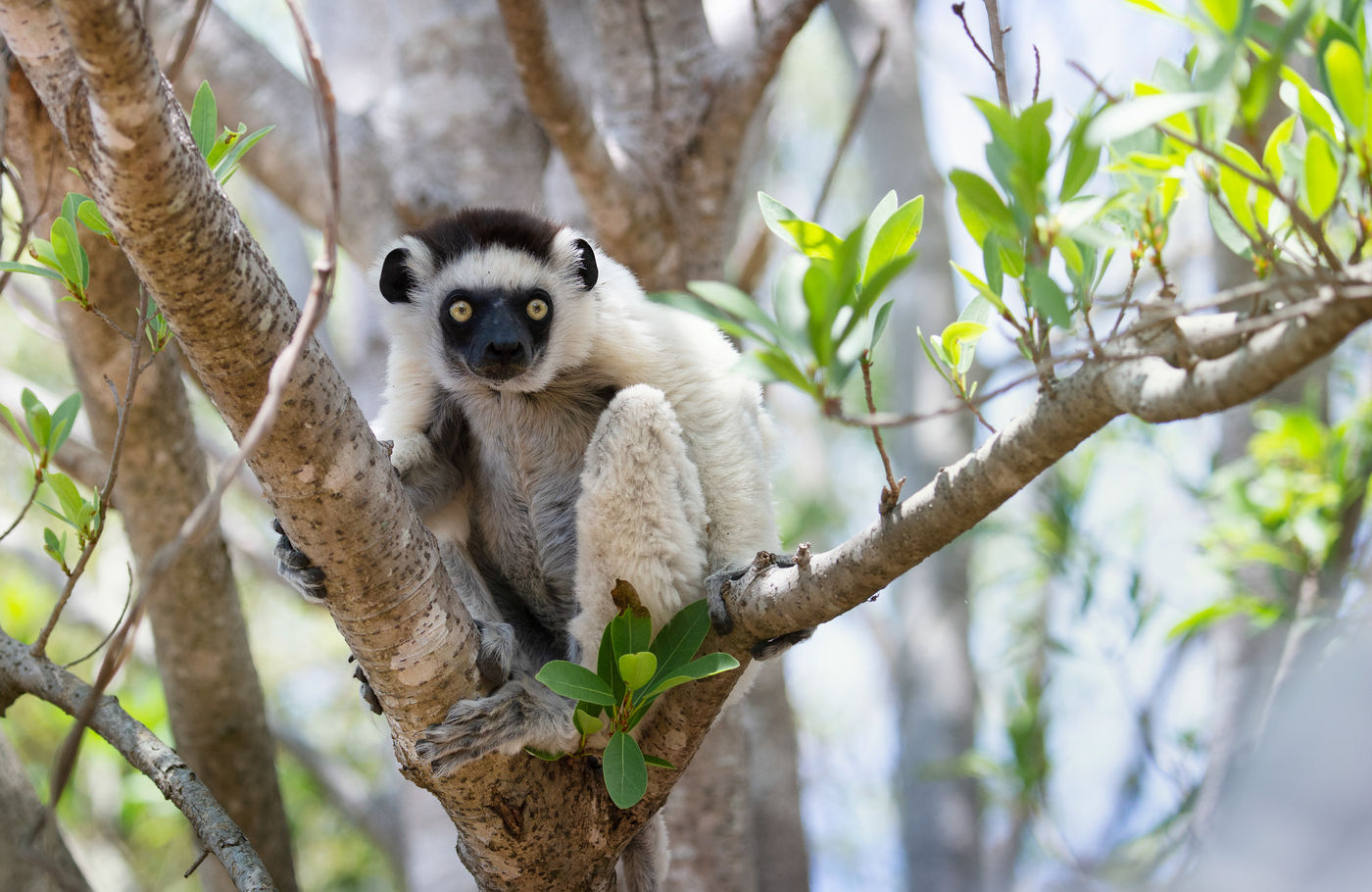

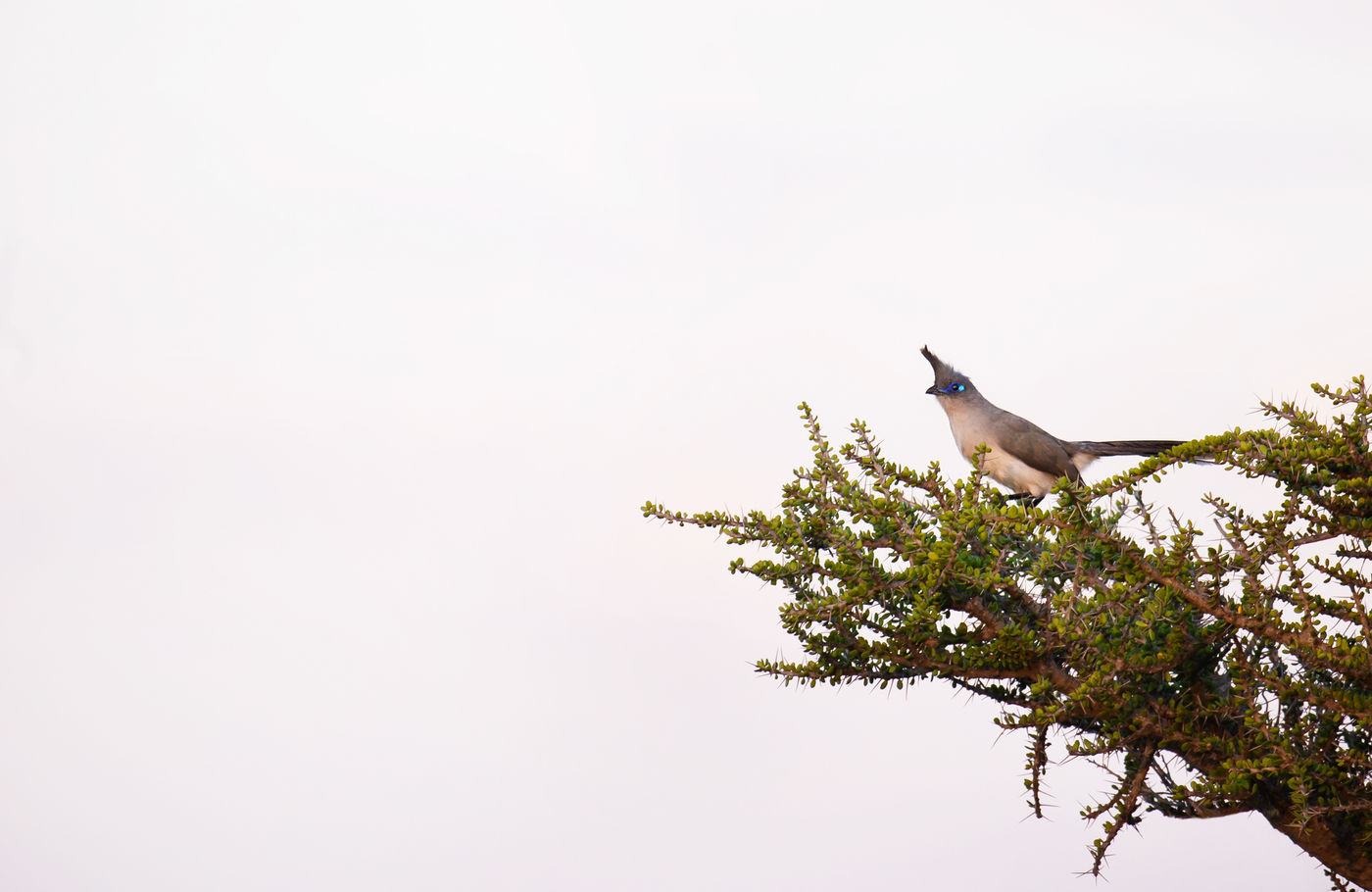

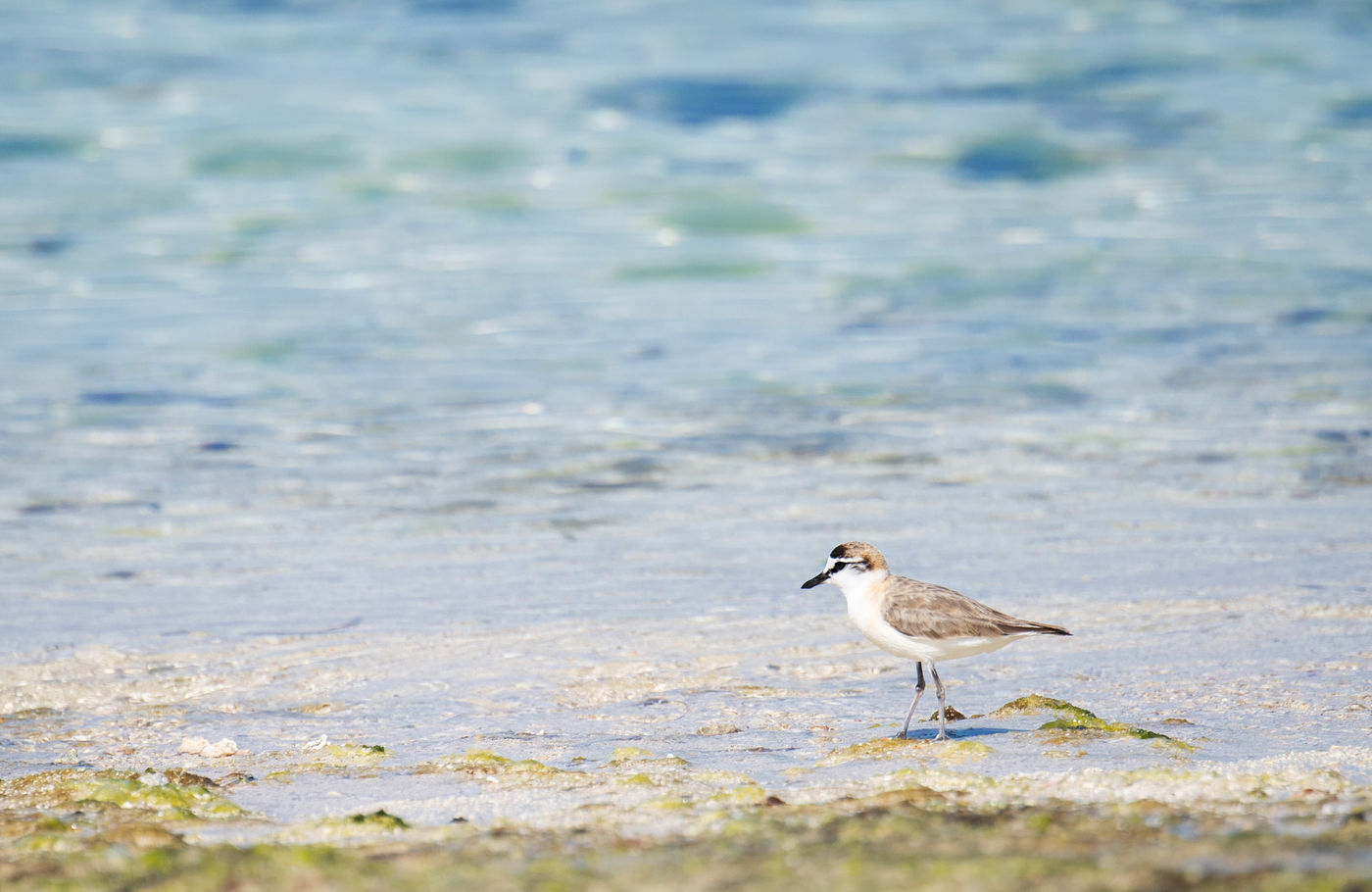

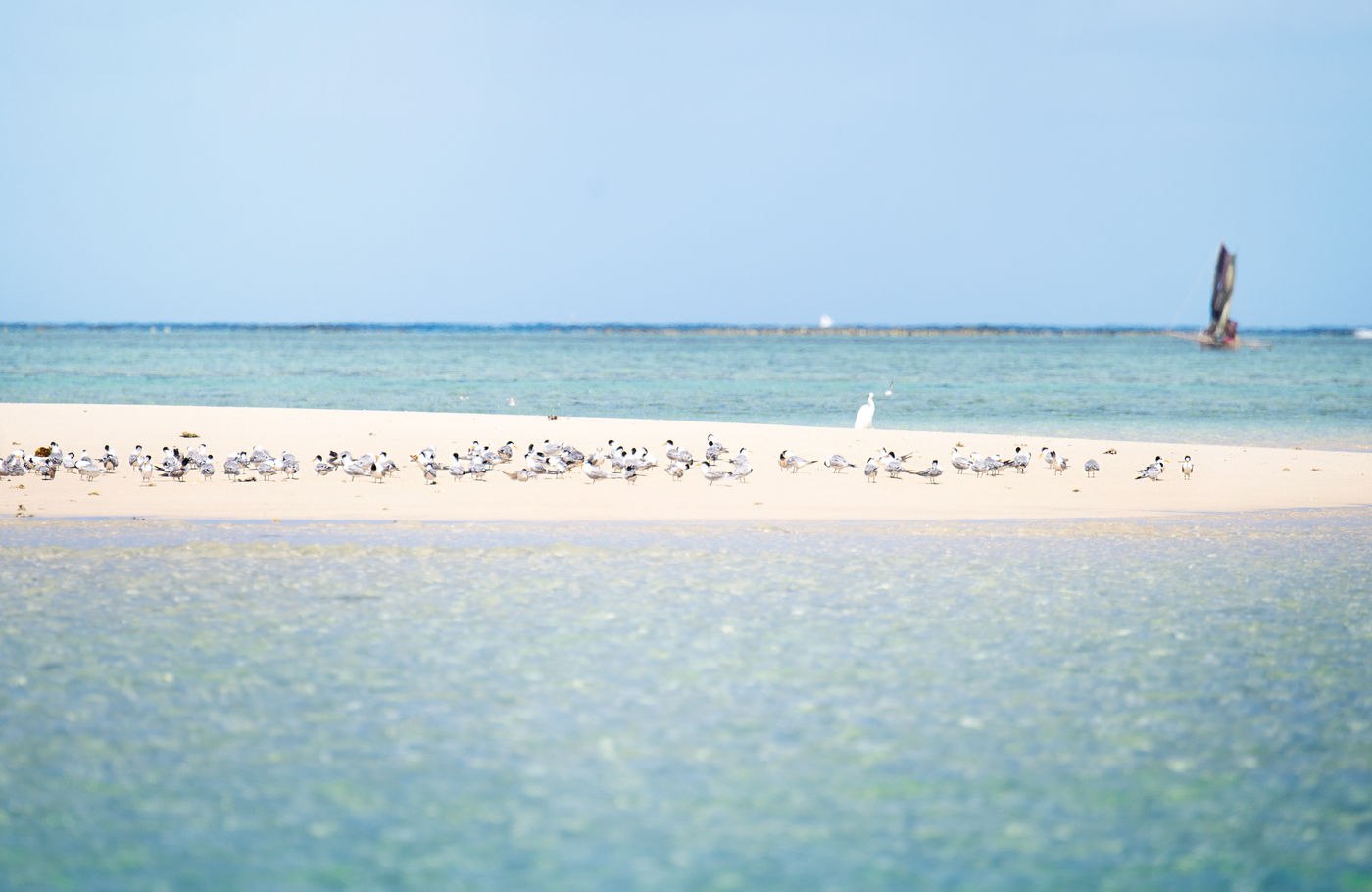
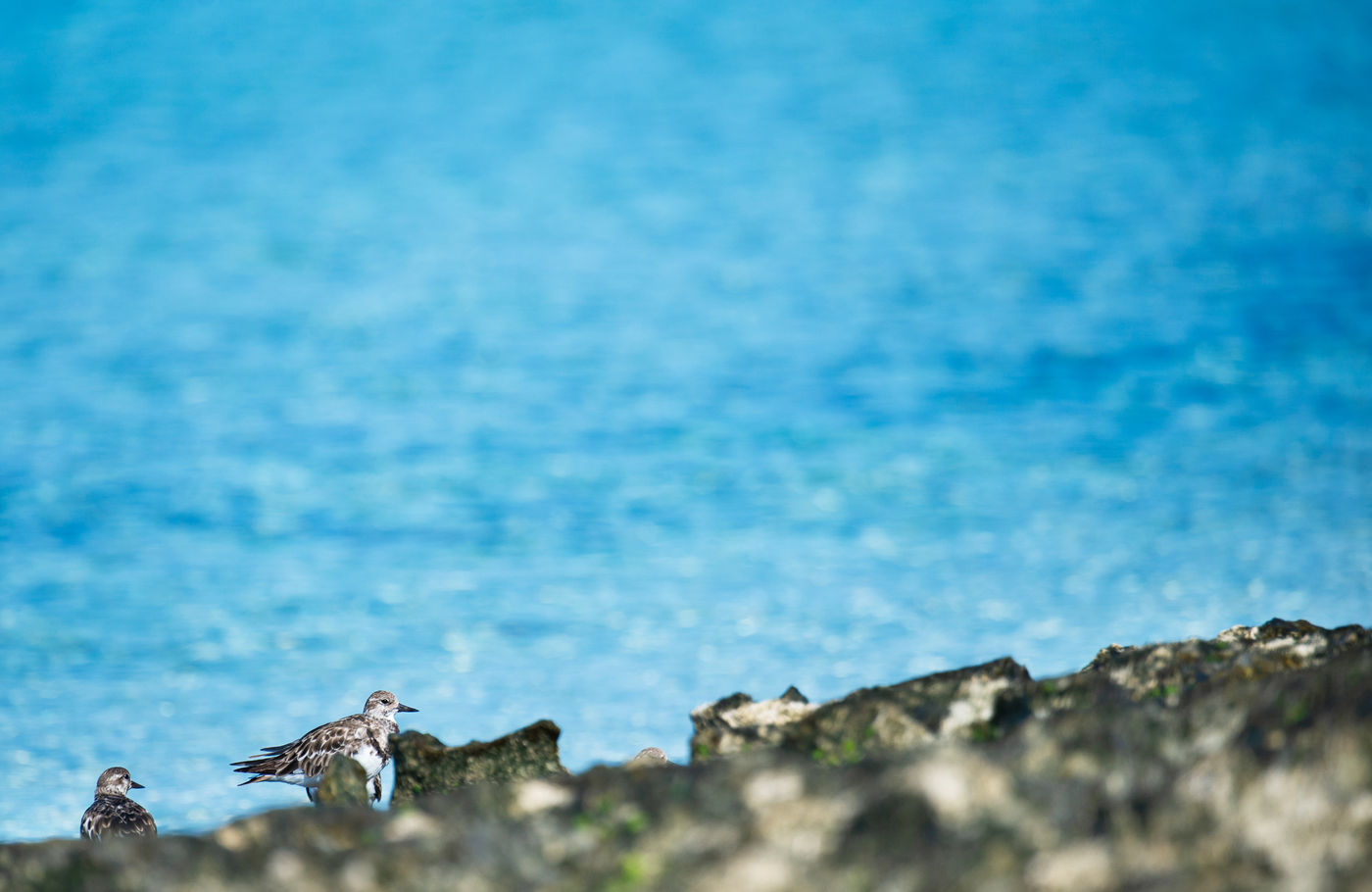
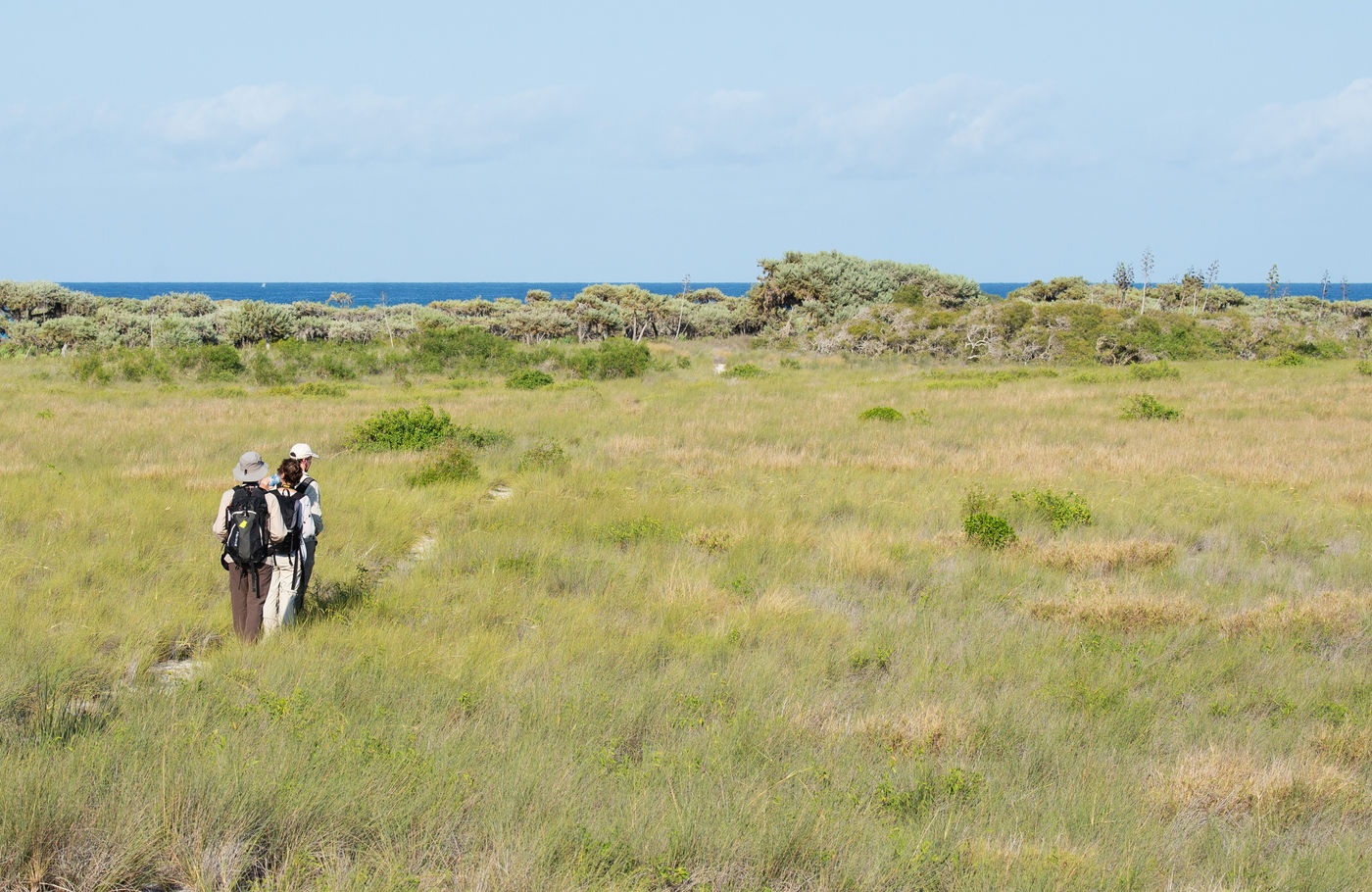

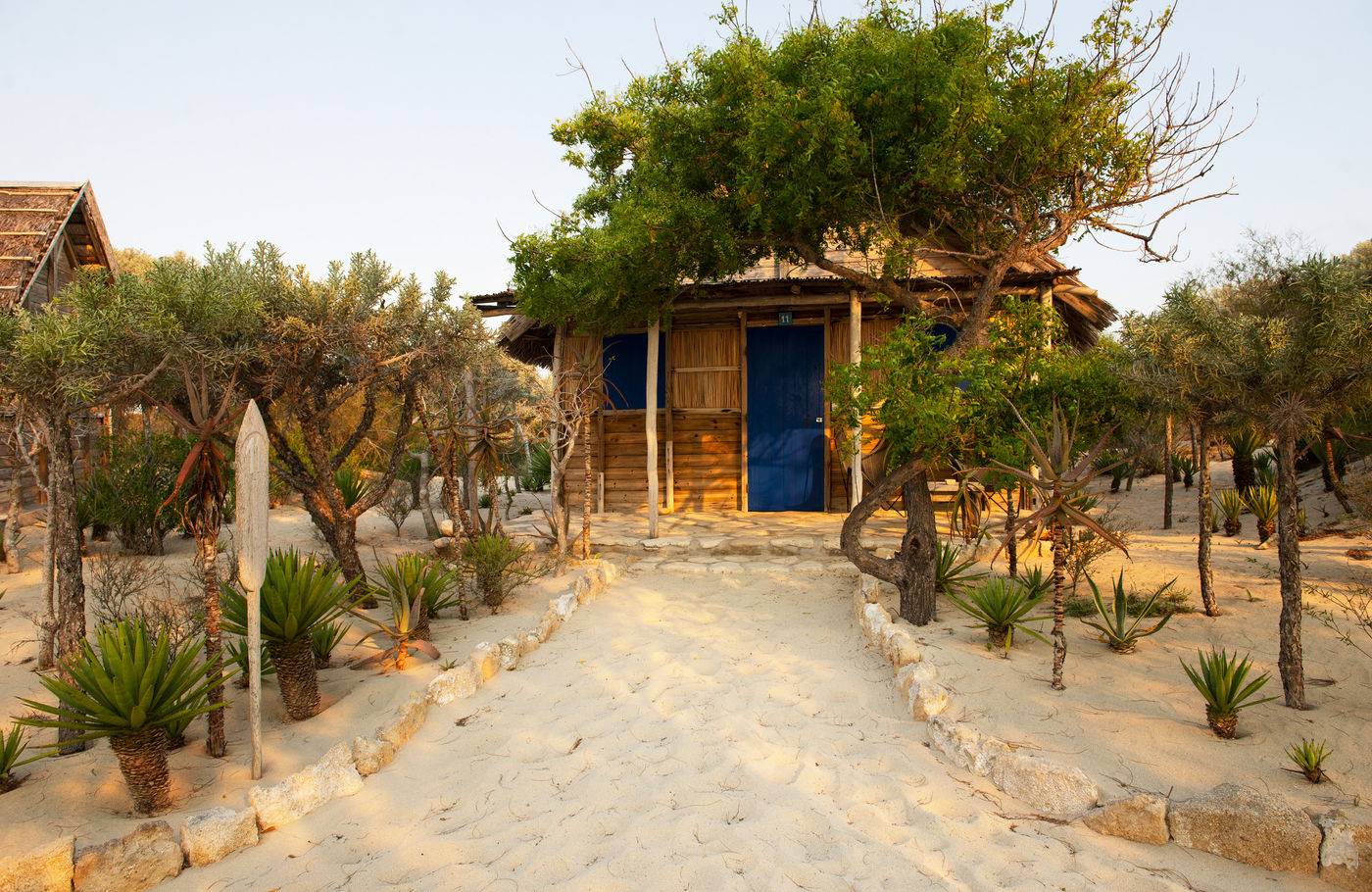

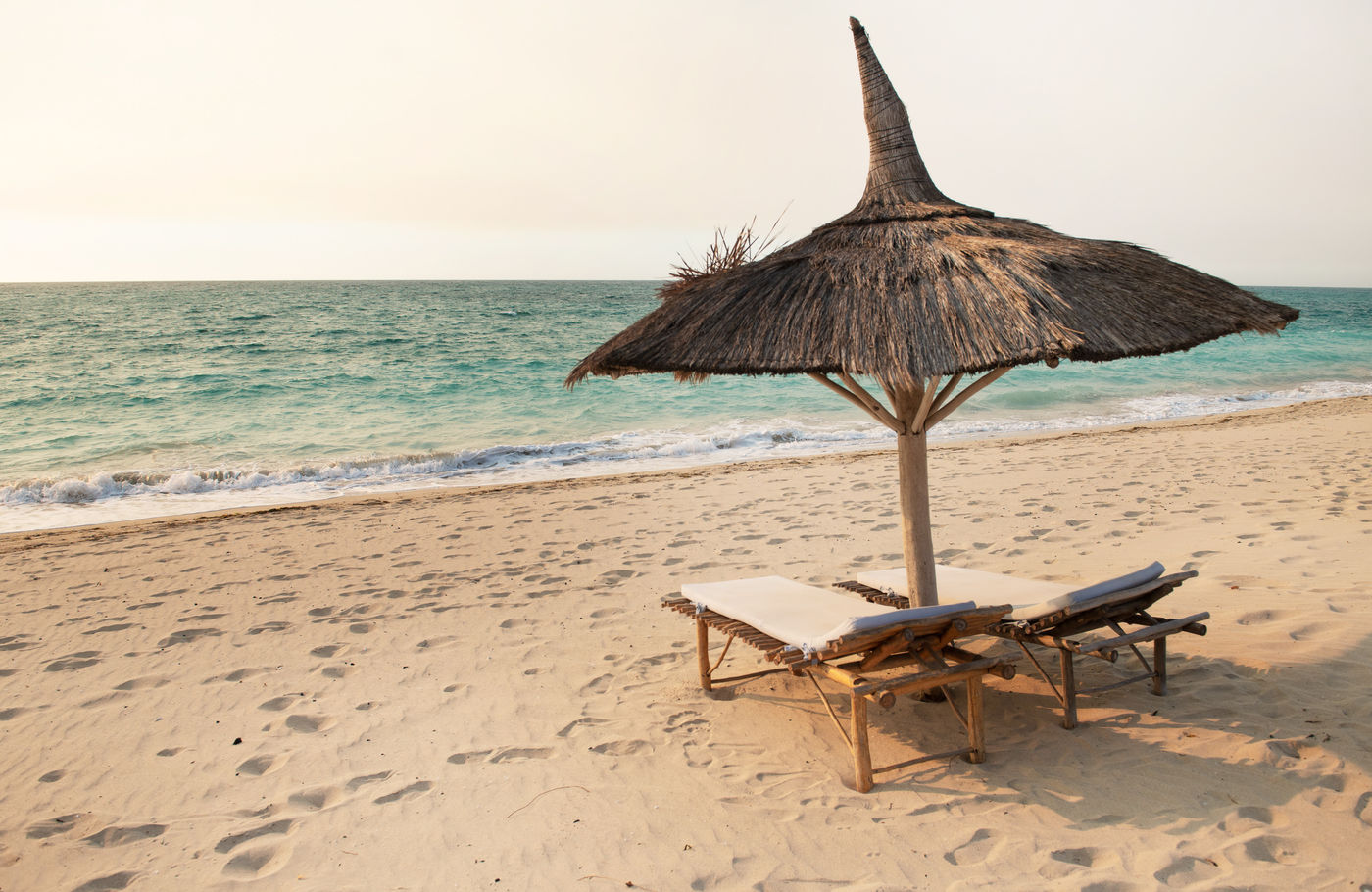
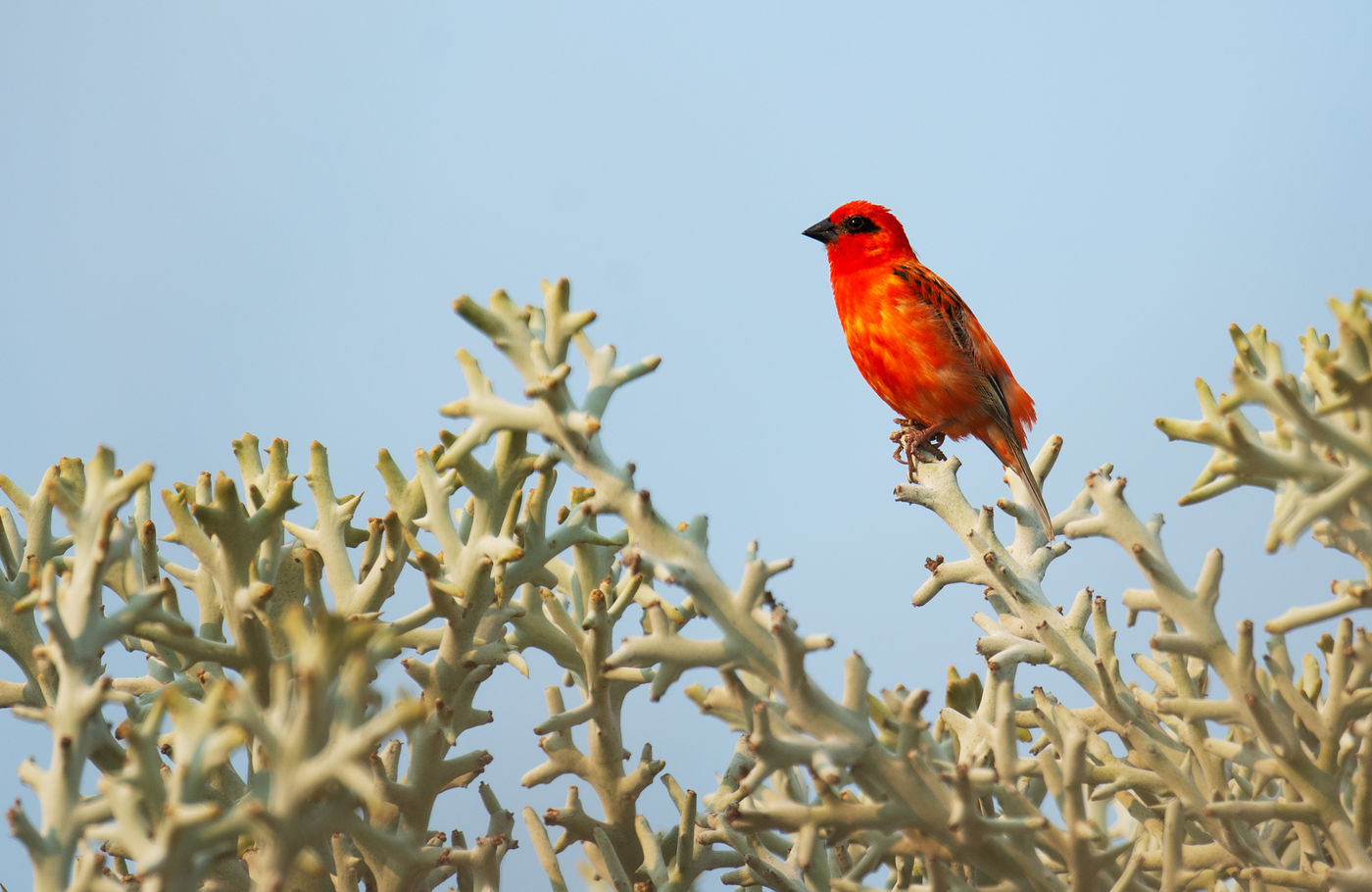

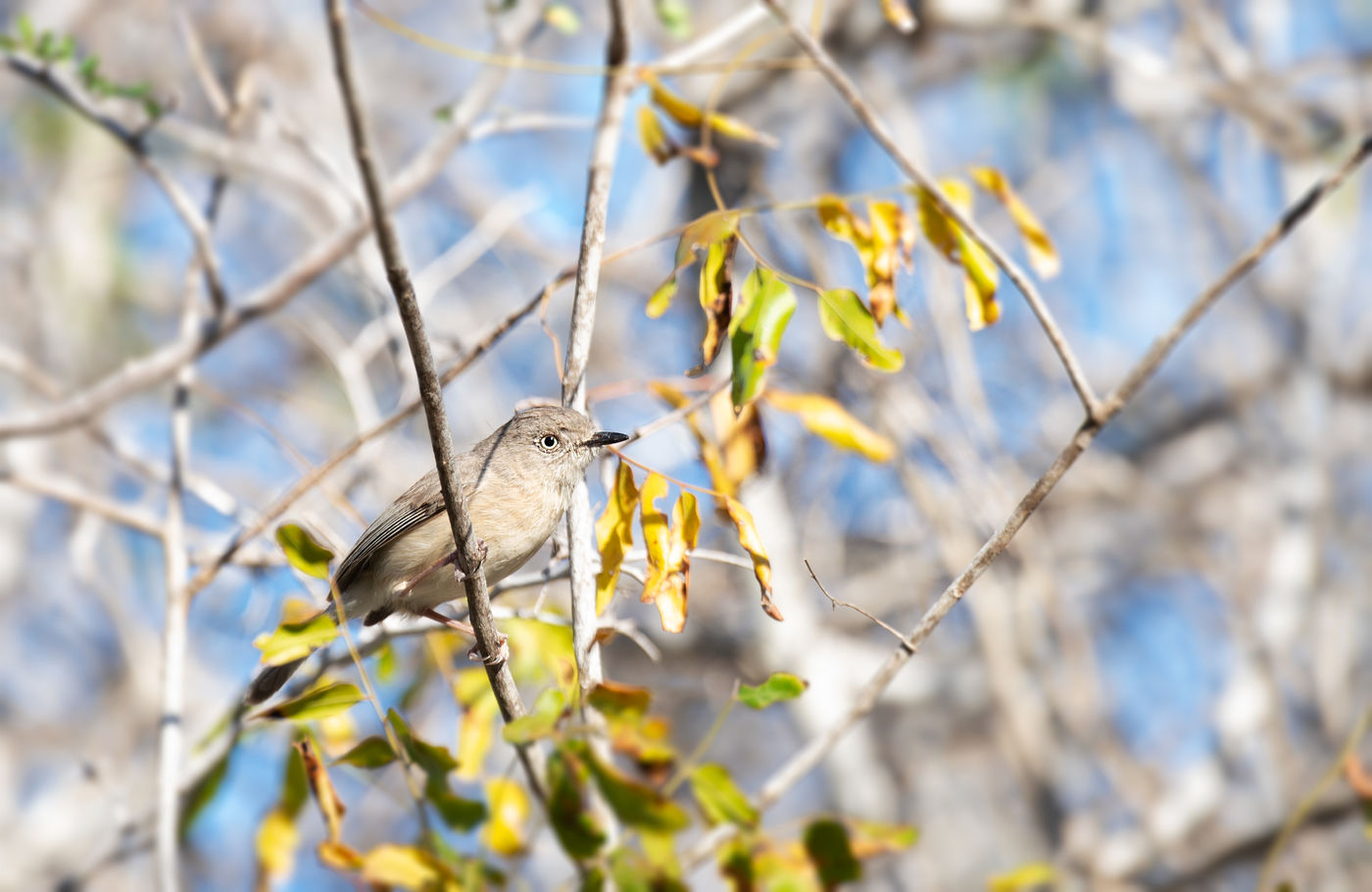
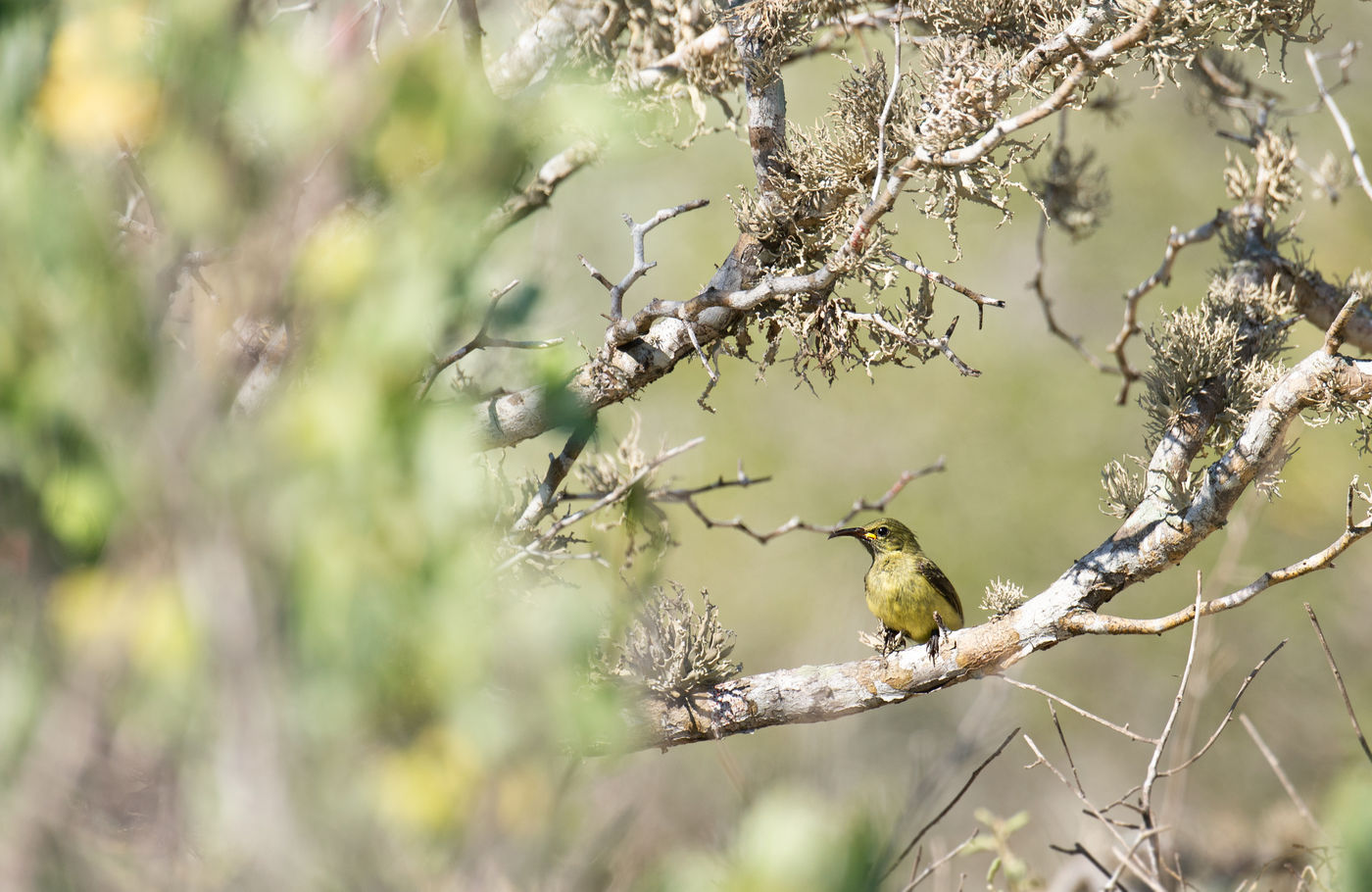
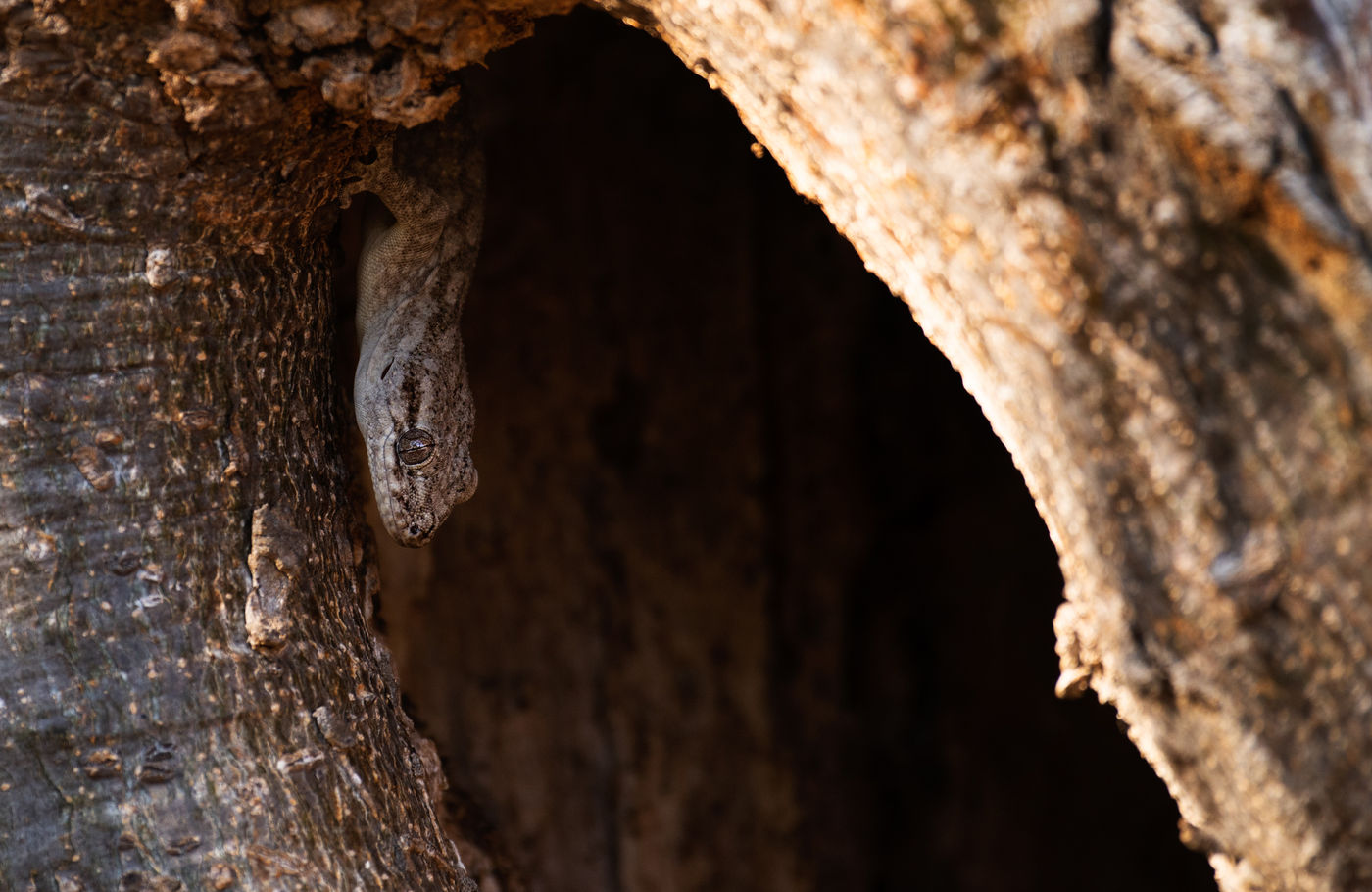

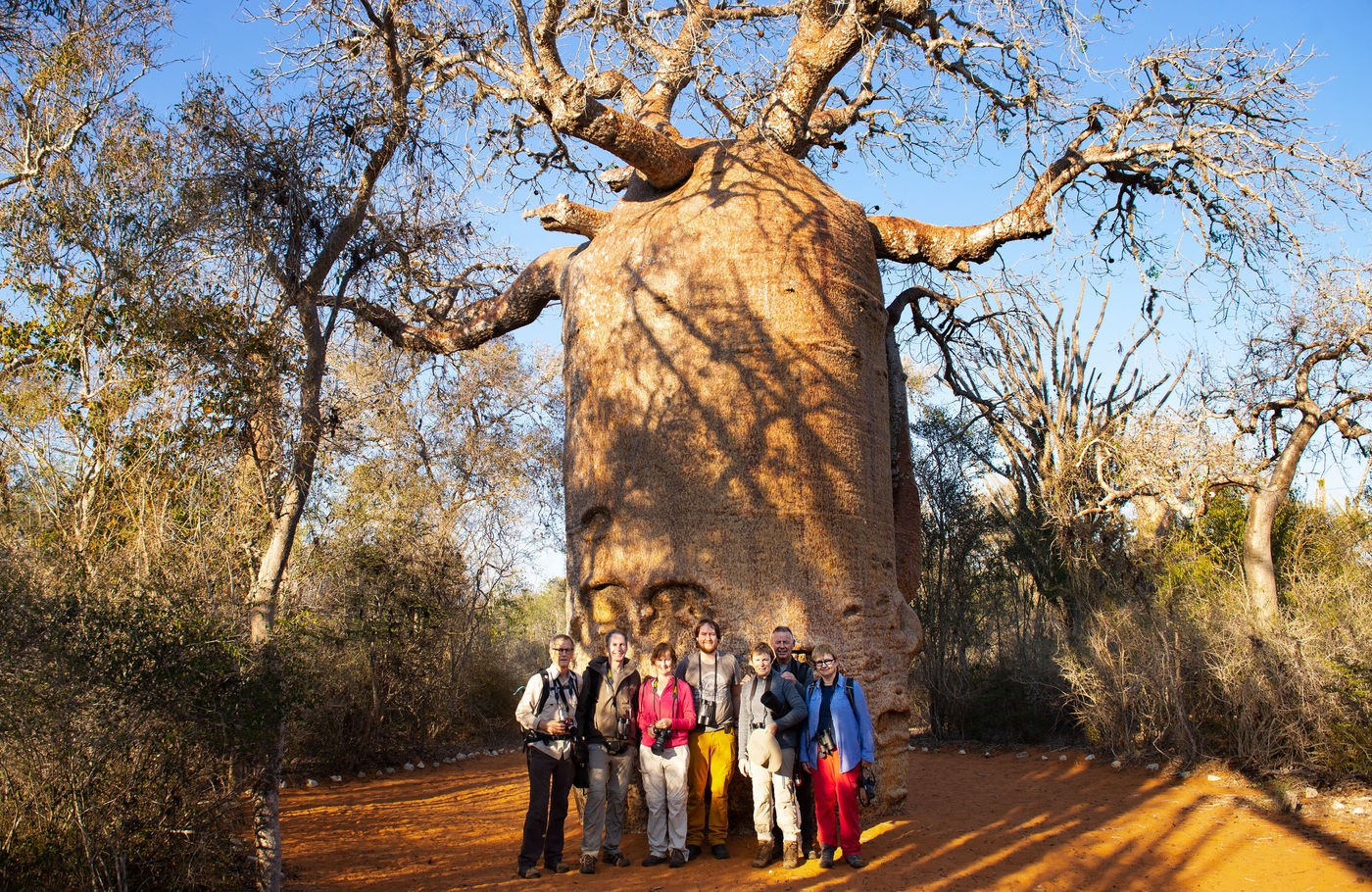
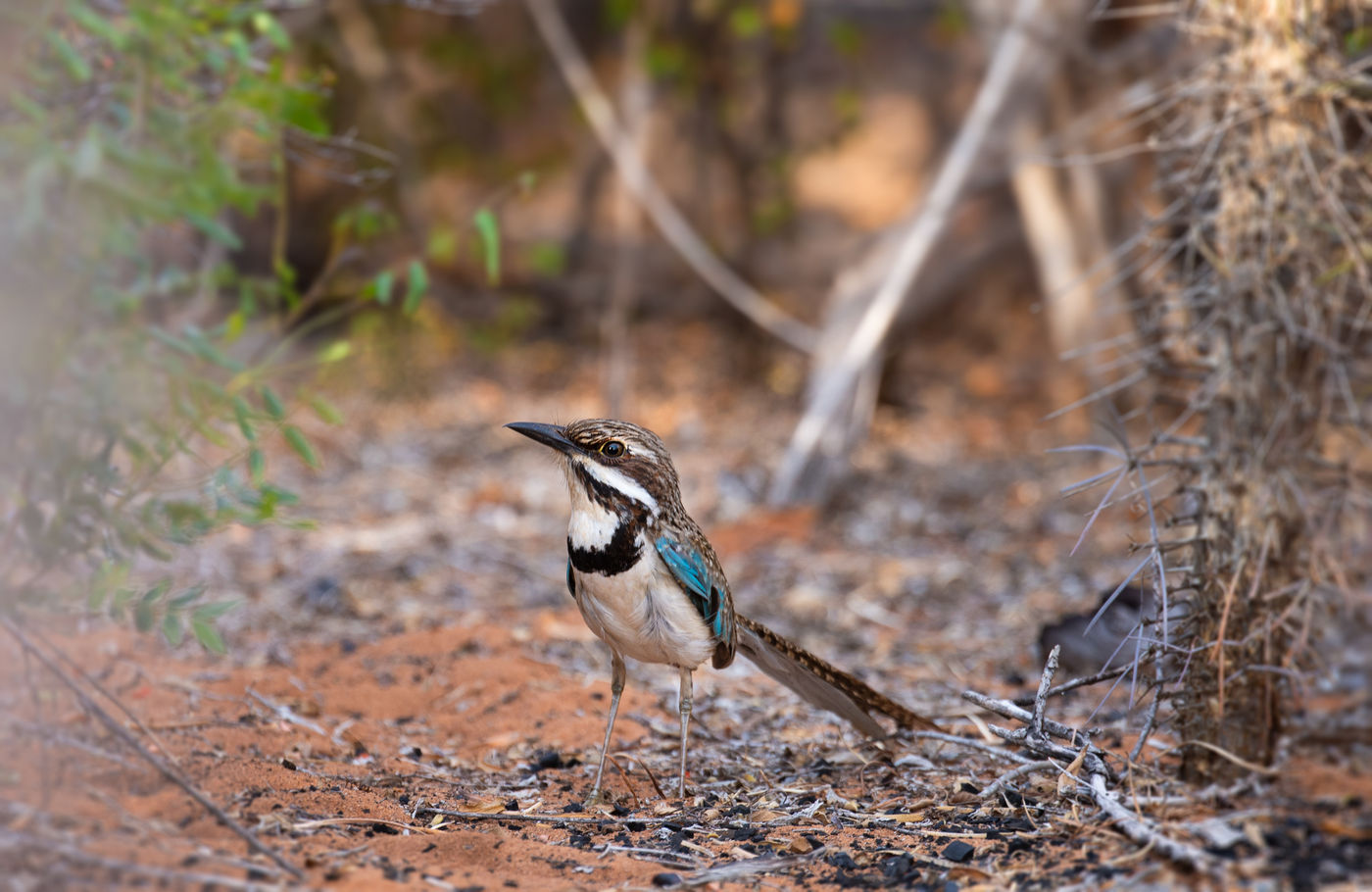

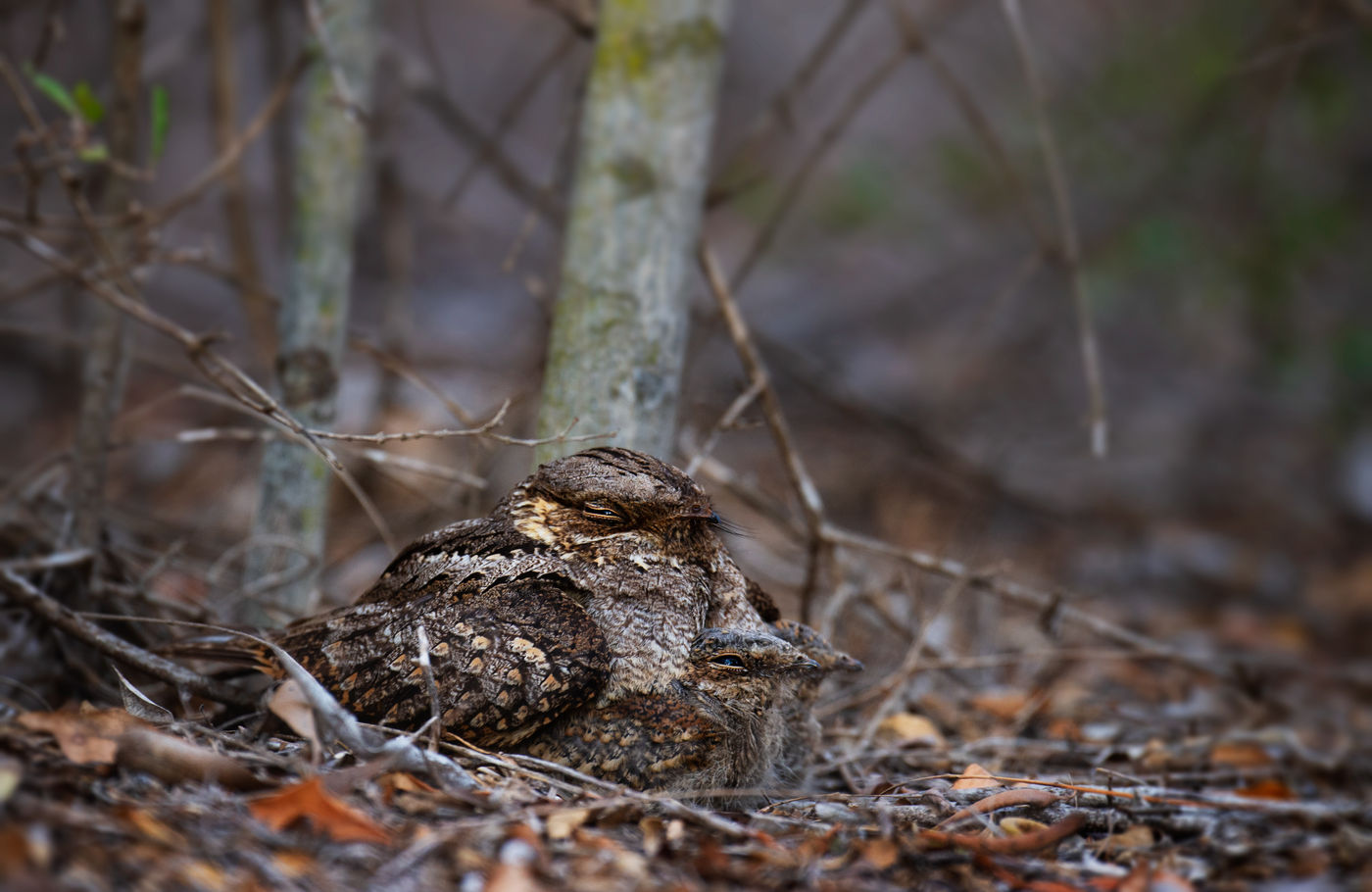



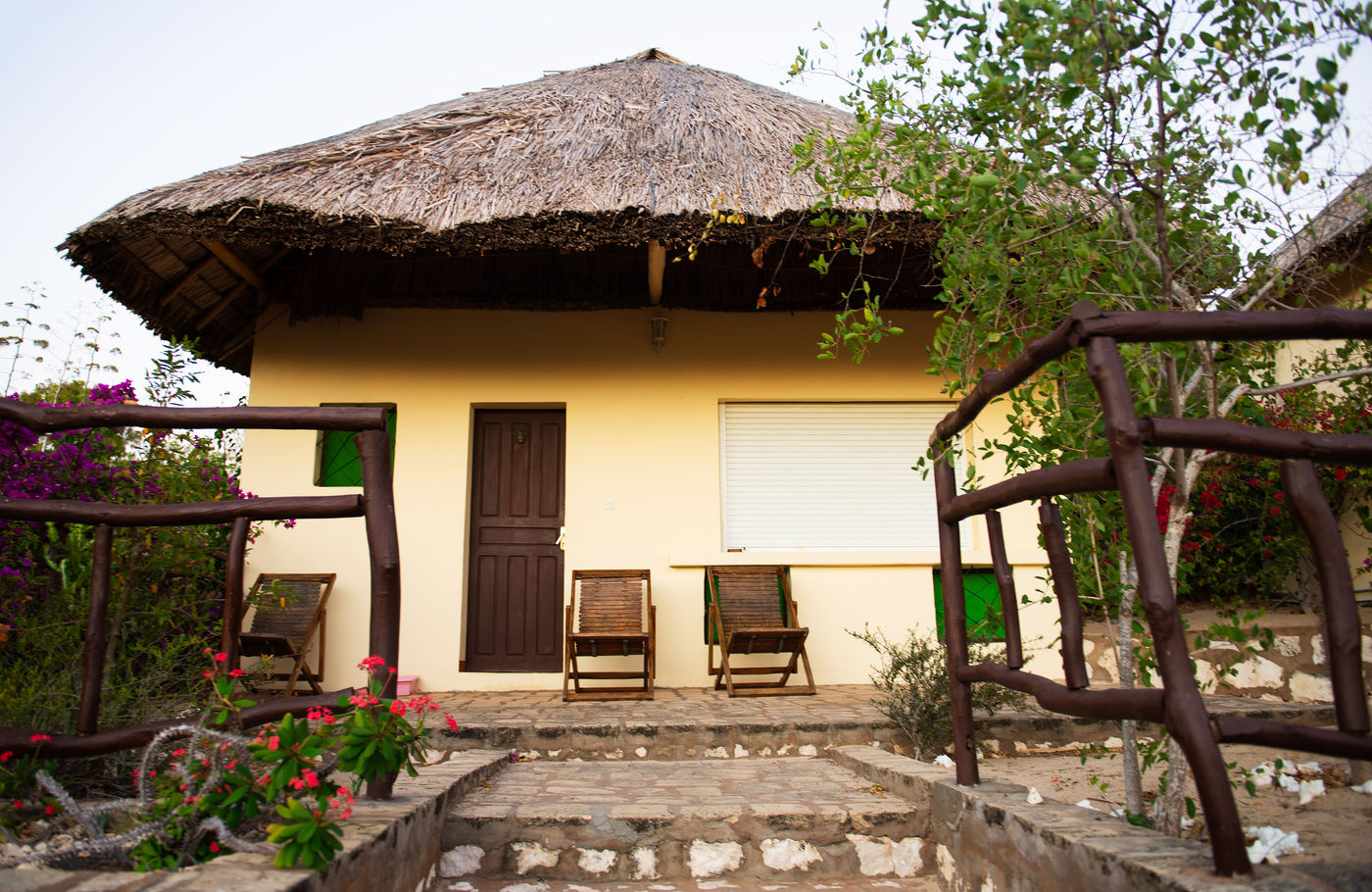
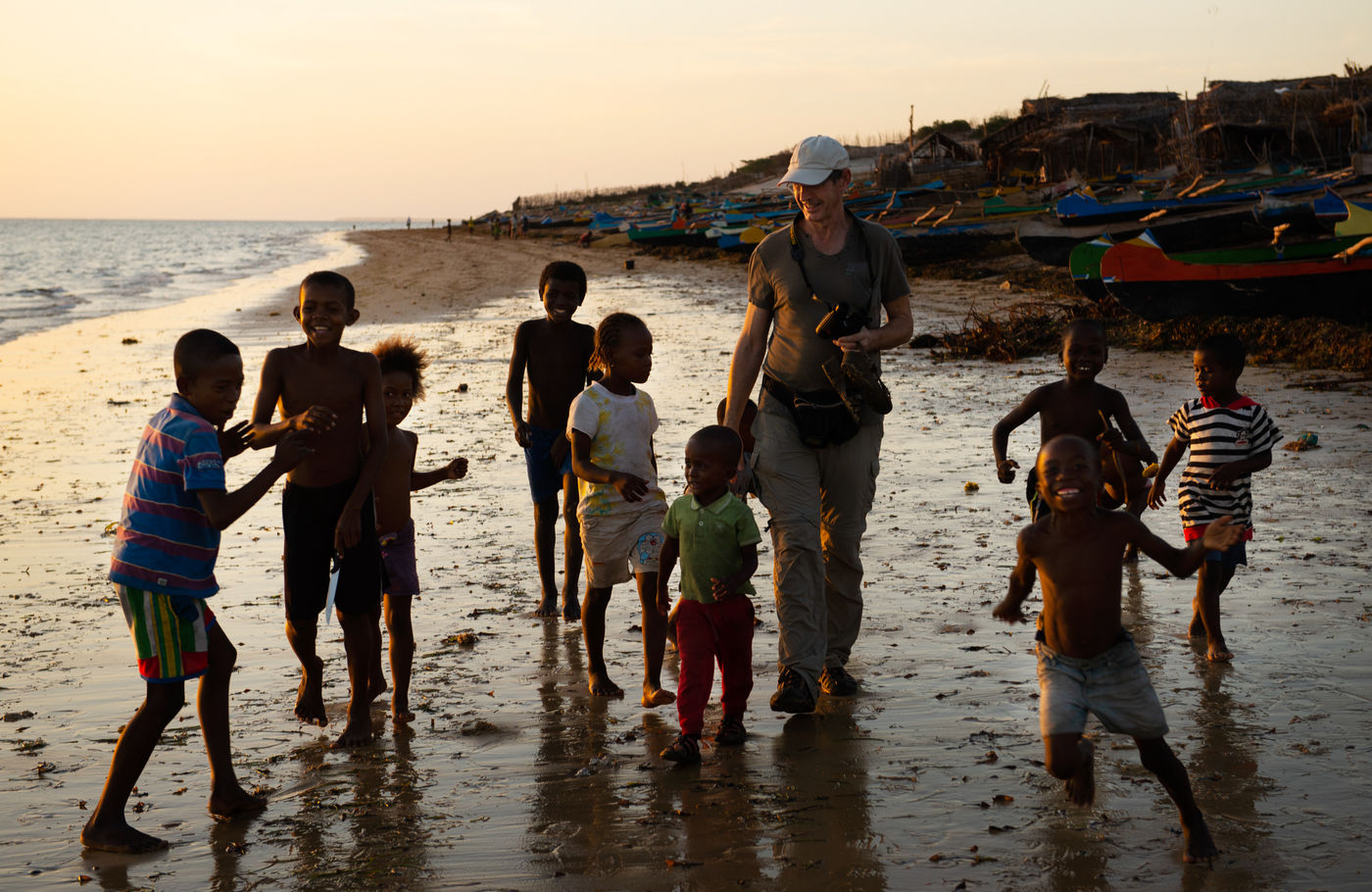

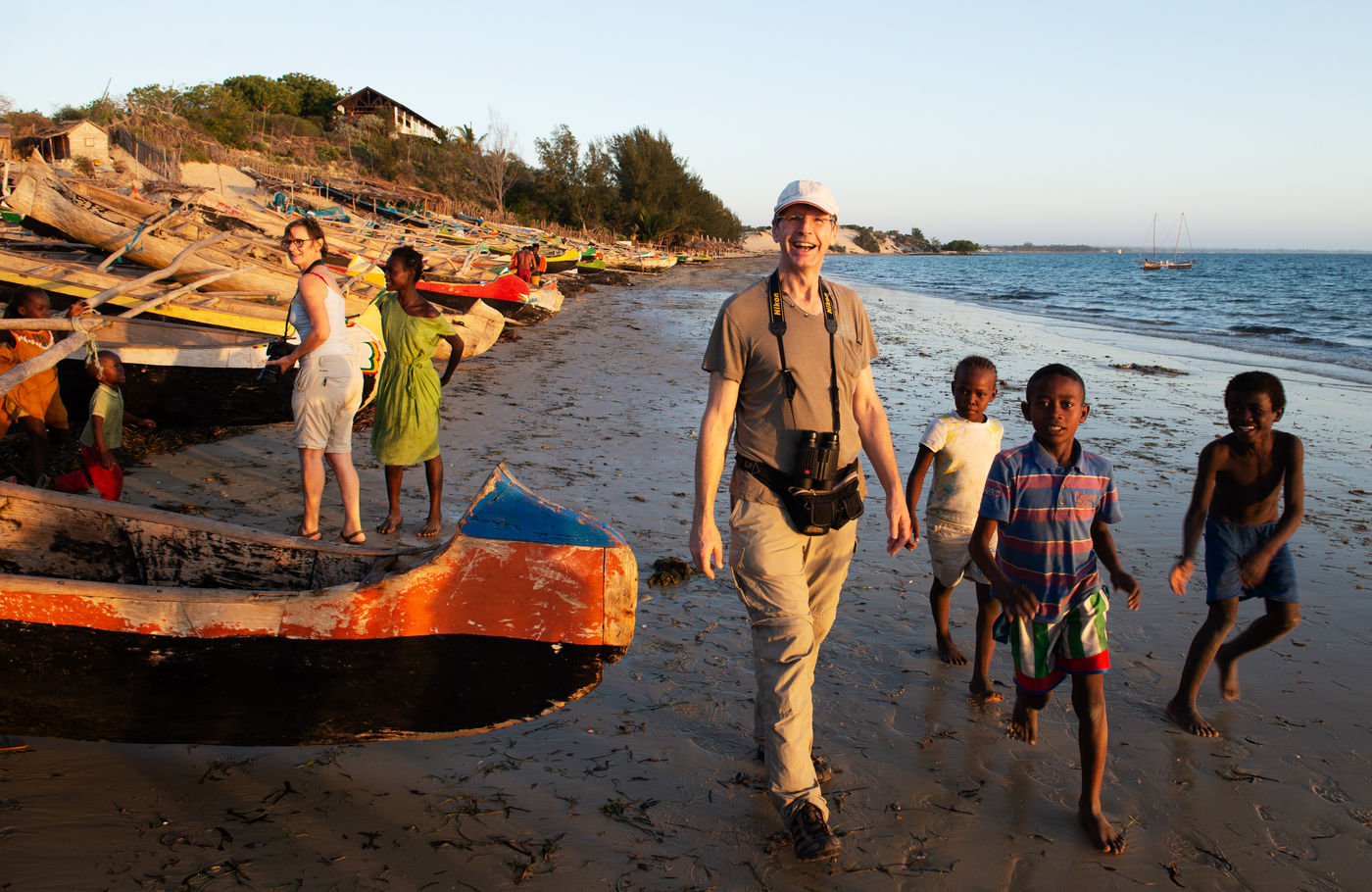
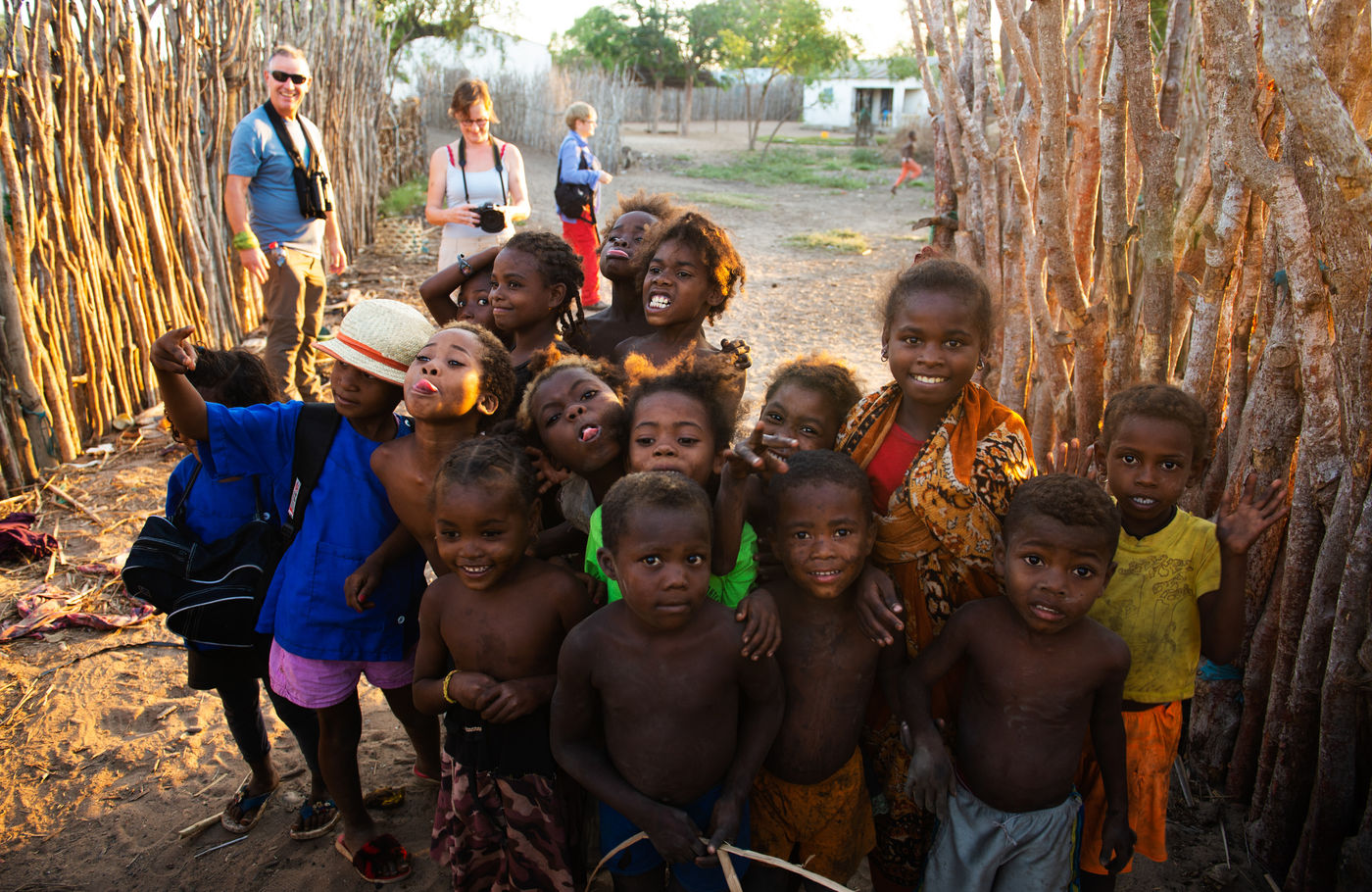
Trip report: the first STARLING nature tour to Madagascar
At the beginning of November 2018, eight motivated travelers with guide Samuel De Rycke left on a nature tour to Madagascar. It was a breathtaking introduction to nature from a lost world. From tropical rain forests to unique spiny forests, with a touch of culture in addition. Along the way the group visited local markets, a school and fishing villages. This trip report by tour guide Samuel takes you through some of the highlights of this trip to Madagascar.

Mother lemur keeps watch
We traveled from the dry spiny forests in the south through the central highlands to the rain forests of the east. Through the deciduous forests and impressive baobabs from the west all the way to the rain forests near the capital Antananarivo. Our goal? An intense introduction to the various types of nature and the unique plant and animal species in this beautiful country.
Because Madagascar has been isolated from the mainland for so long, various ecosystems and other endemic species have emerged here. We noticed that the nature you experience in Madagascar, is always close by. For example, we often walked in silence on the small paths in the rainforest.


Through the canopy, lemurs and birds often looked at us with as much fascination as we did.
We were treated to many beautiful moments and fully took the time to admire the unique indris or lemurs and their social interactions. We stayed with a group of diademed sifakas for an entire hour. We saw them make giant leaps through the canopy, with some animals getting very curious to see our own group of STARLING participants, under the watchful eye of the leading mother lemur.
A portion of luck
In addition to fascinating mammals, almost all species groups have special representatives in Madagascar.
We were really lucky as we saw the majority of the endemic bird species
We were able to admire among others red-shouldered vanga, Madagascan nightjar, forest fody and little Madagascan mannikins. Also we absolutely could not ignore the chameleons and frogs. After all, Madagascar has a significant percentage of species at world level. Under the motto ‘who seeks, who finds ‘ we got an impressive view of a Parson’s chameleon, no less than 40 cm long, a real giant compared to the tiny nose-horned chameleon that we had found a few minutes before .

Unexpected visitors next to our boat
It’s often the unexpected moments that leave the strongest memories behind. We were only a few days in Madagascar and made a speedboat transfer from the fishing village of Anakao to Tulear.
Suddenly the captain called “Whale!”. A cloud of mist could still be seen above the surface of the water.
In the minutes after we got to see a spectacle of a humpback mother and her calf, jumping and diving to the depth.
In the village reserve of Anja we heard another weird shrieking coming from the scrub. It were the cries of a gecko in the mouth of a striped Madagascar gartner snake. Neither partying nor shouting seemed to help.

The snake unperturbedly swallowed the gecko alive, something that lasted tens of minutes, stared by the STARLING audience with an open mouth.
Wild nights
When the sun goes down, a completely different world comes to life in Madagascar. STARLING travelers also usually go out at this time.
In Kirindy we were accompanied by an incredibly good local guide, John, who seemed to know the way through the forest even without a flashlight. We saw sleeping birds and nocturnal lemurs. The star of the evening was undoubtedly the pale fork-marked lemur.

Attracted by the sweet sap of a hurt tree, this mysterious animal came in cautiously and silently up until a few meters from us.
The mega of the night
In Ranomafana we explored the hotel garden at night, where a pool and a stream form a real insect and frog magnet. A species we could not have hoped for will be the spatter of the night: several brightly colored frogs of the frog are resting on the garden plants including the starry-night reed frog.

In just an hour we find over ten different frog species.
On other nights we met masters in camouflage: the mossy leaf-tailed geckos. With a pattern of lichen and ragged skin along the body, they are almost unnoticeable during the day. They only become active at night and start looking for snacks on the trunks and branches of shrubs and trees.

It was a journey full of impressions. Madagascar is an unbelievable destination for naturalists!





